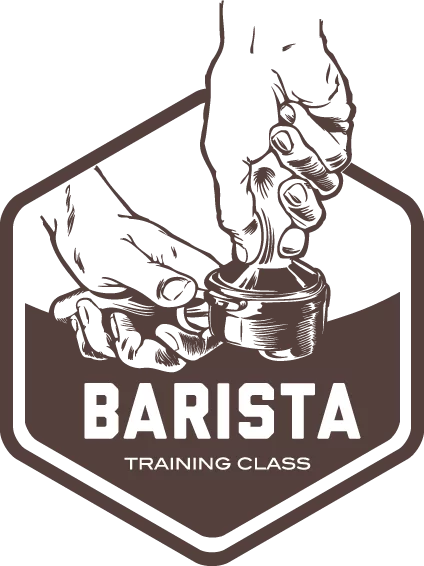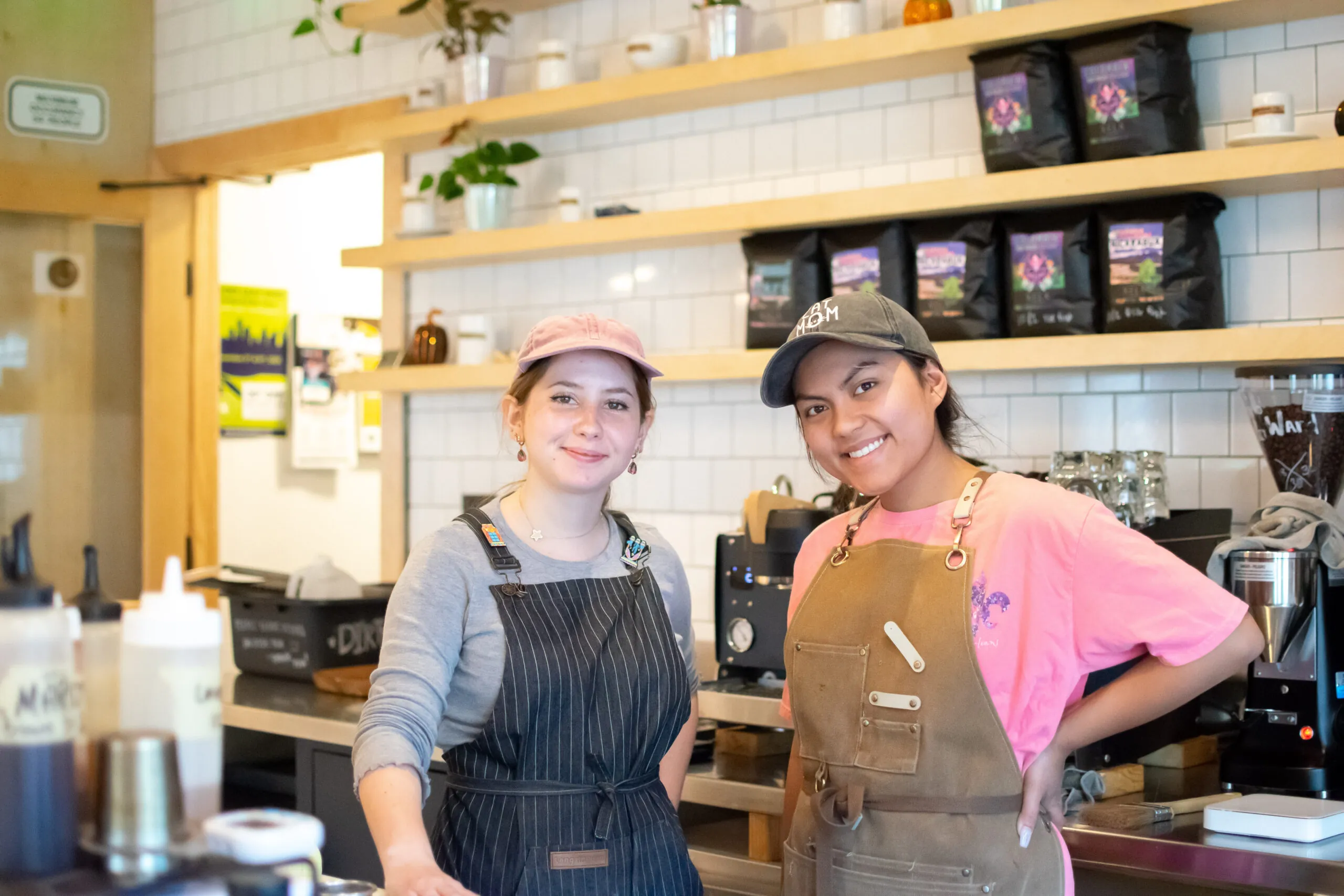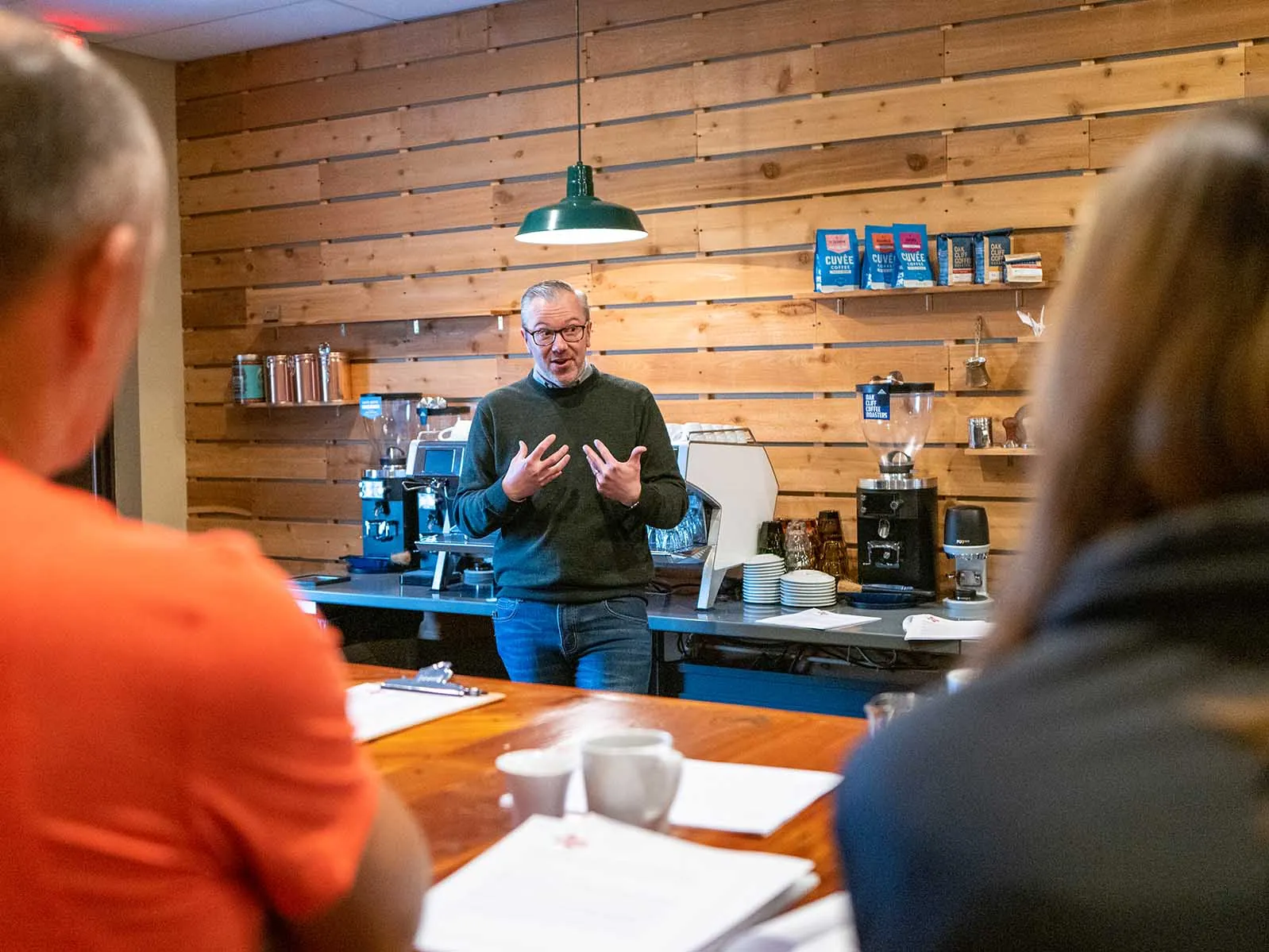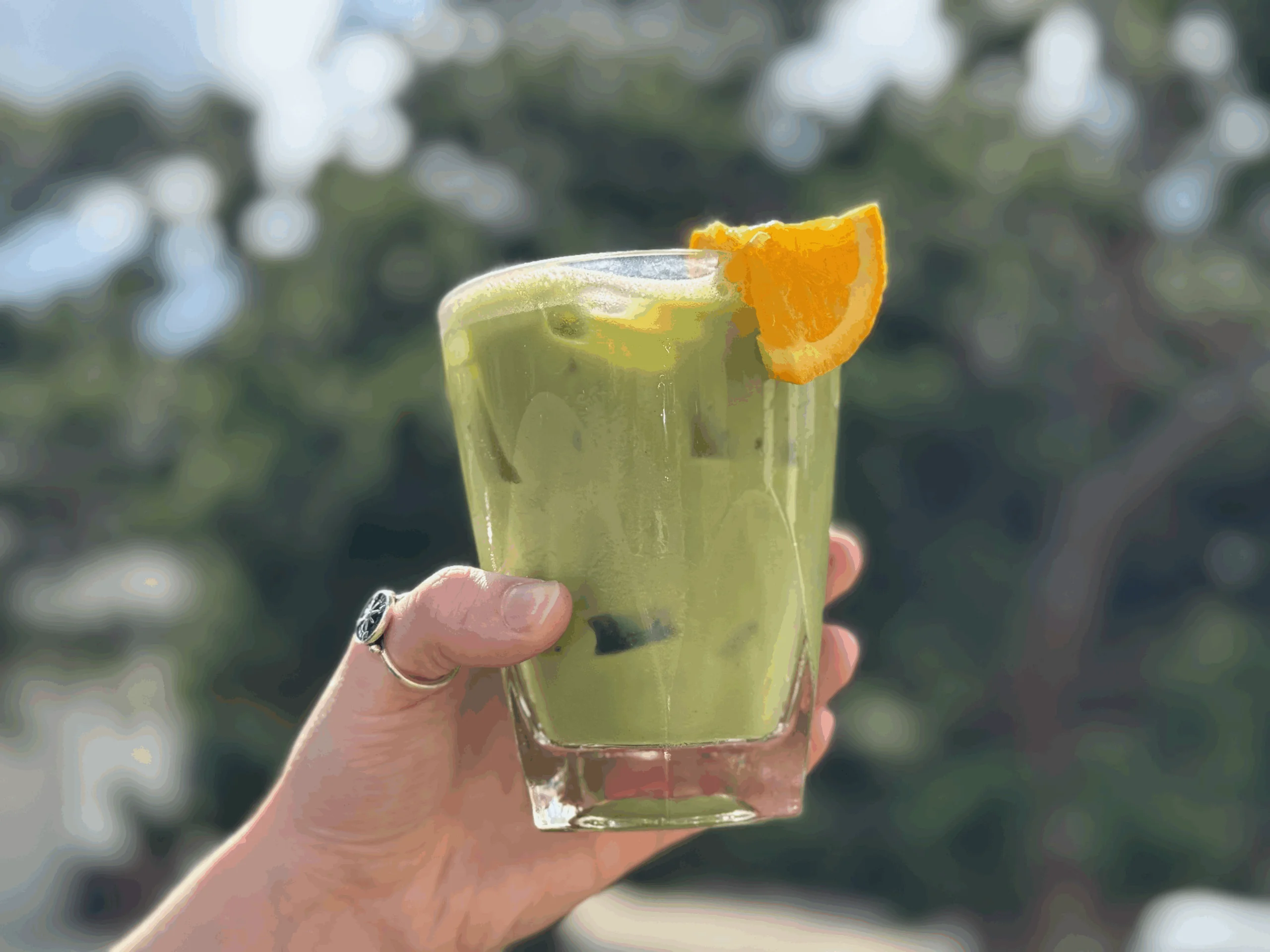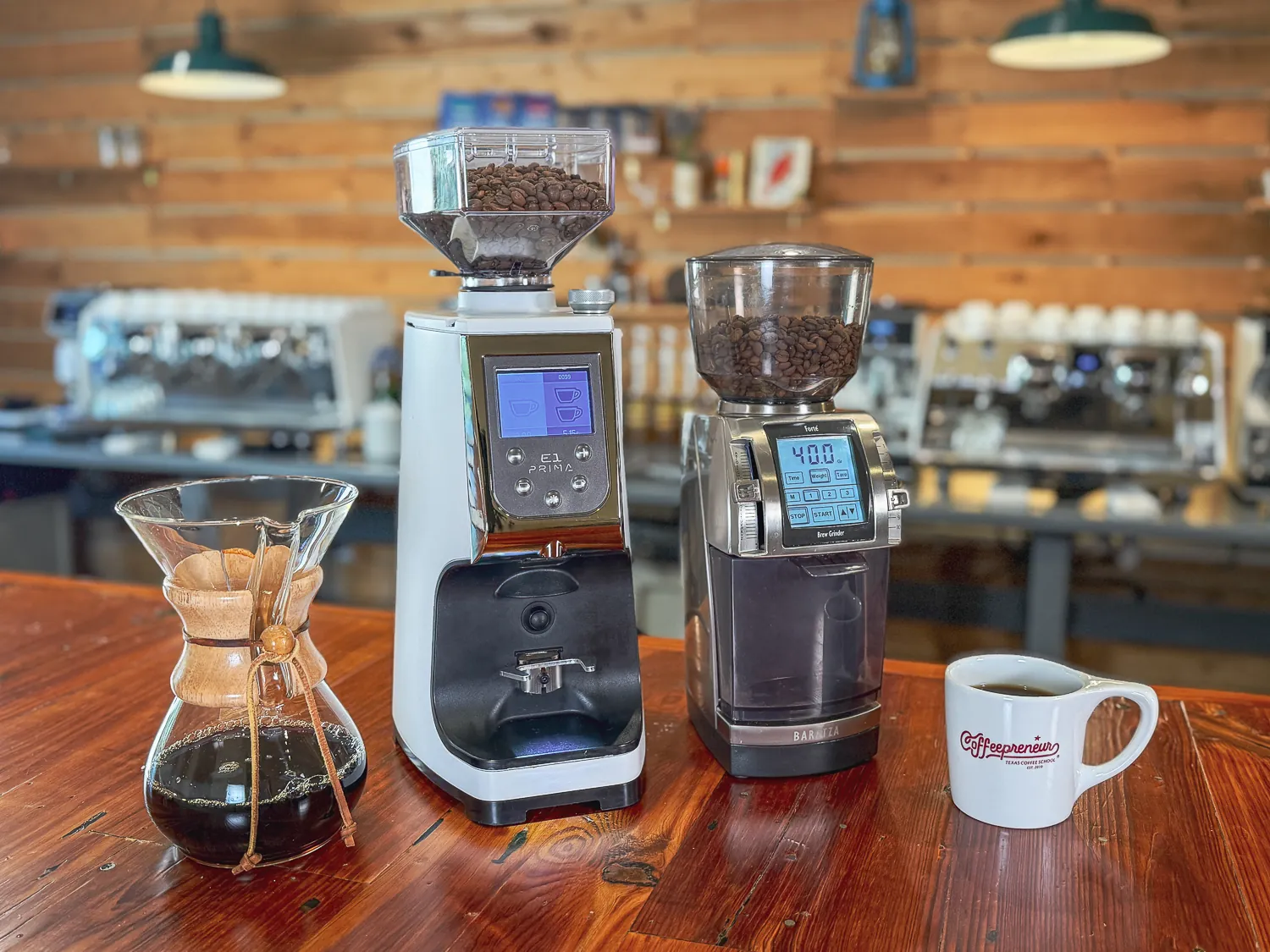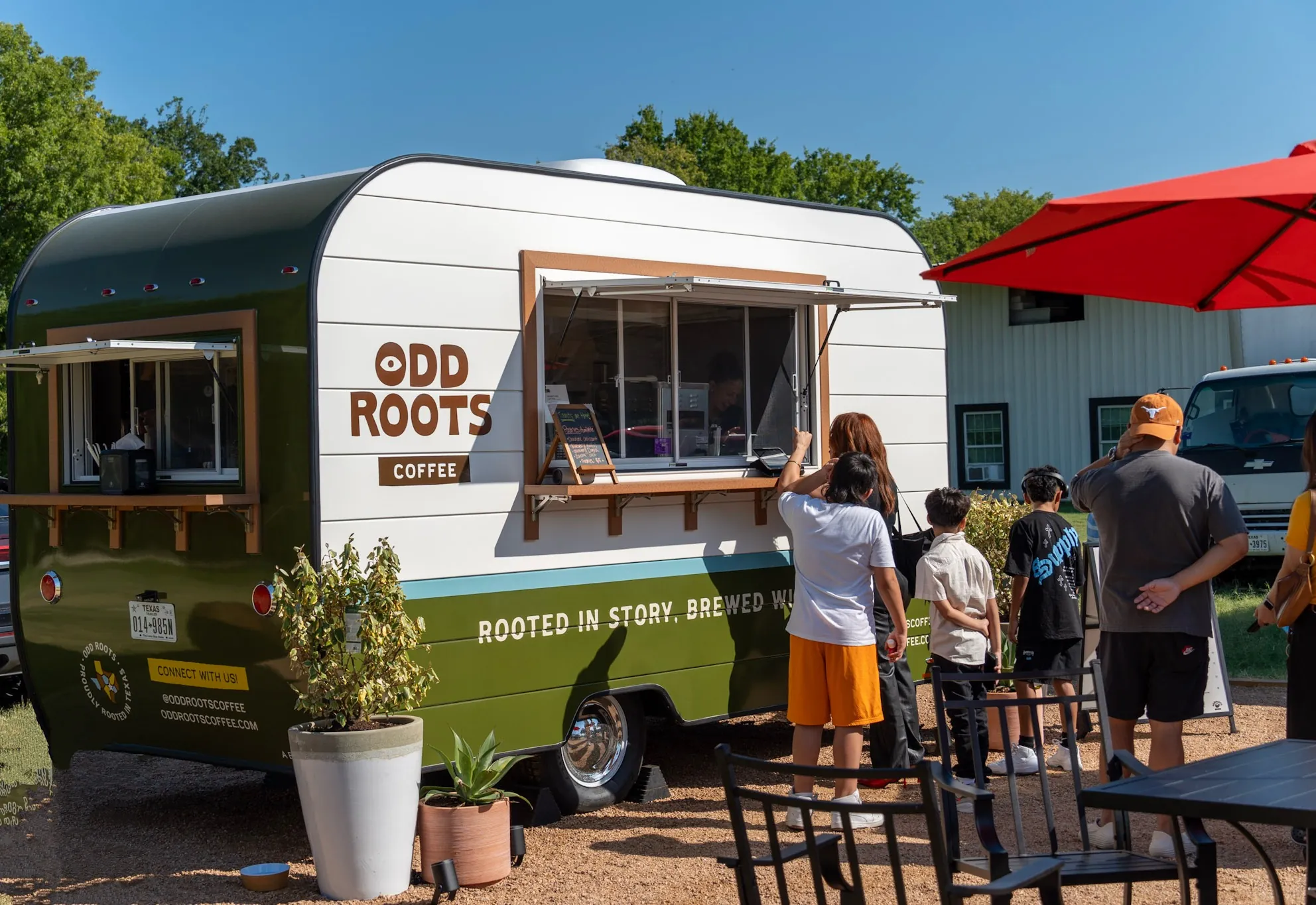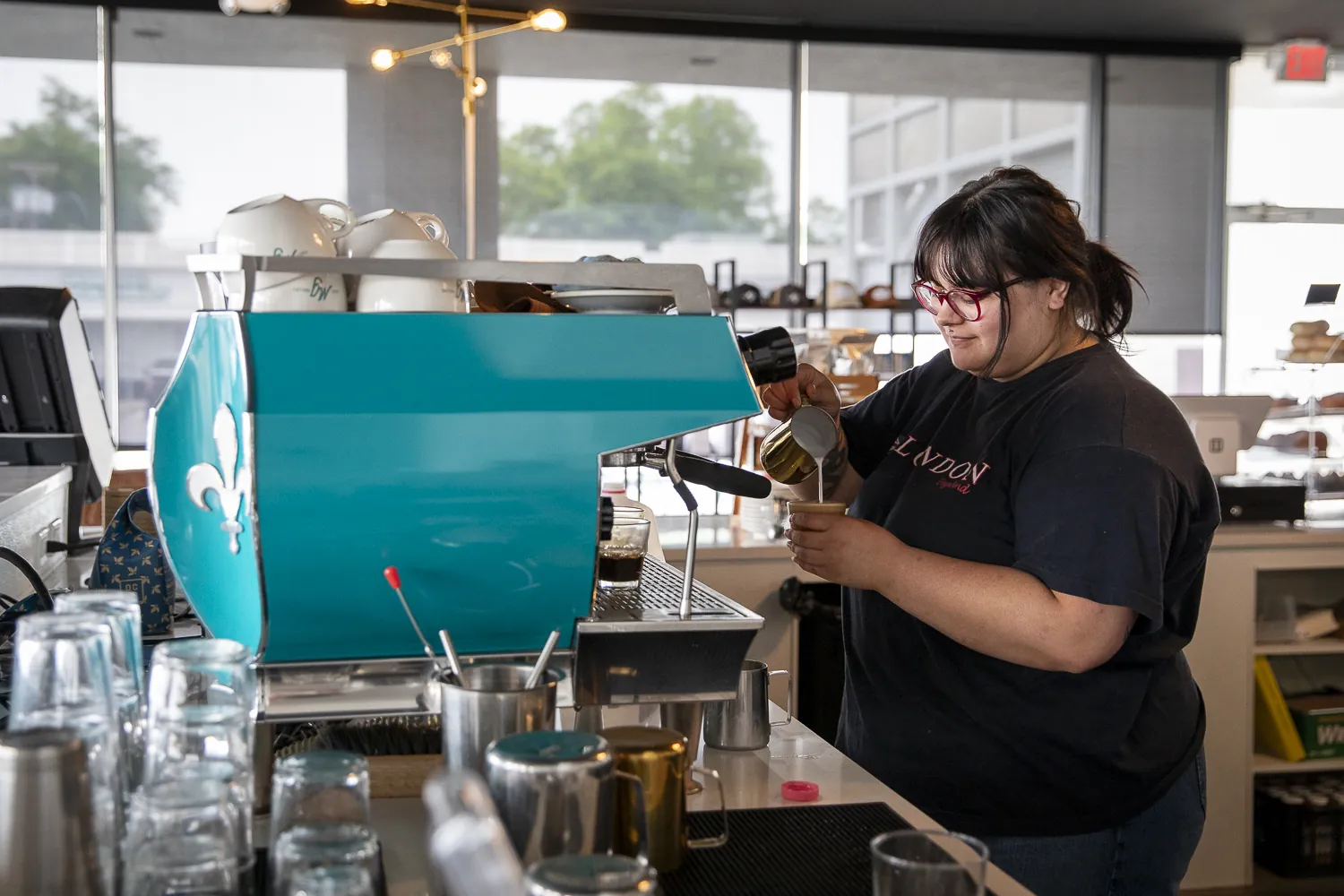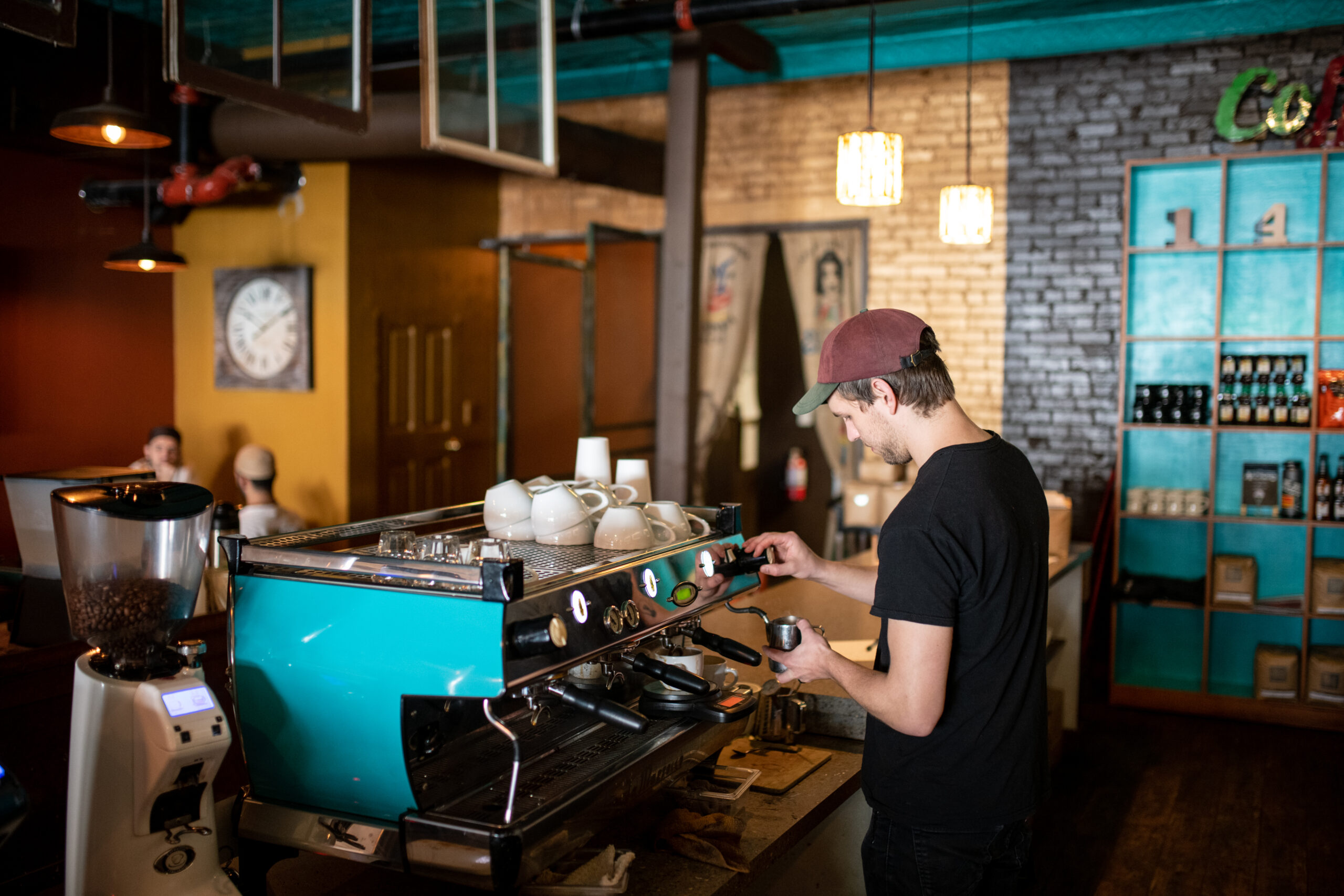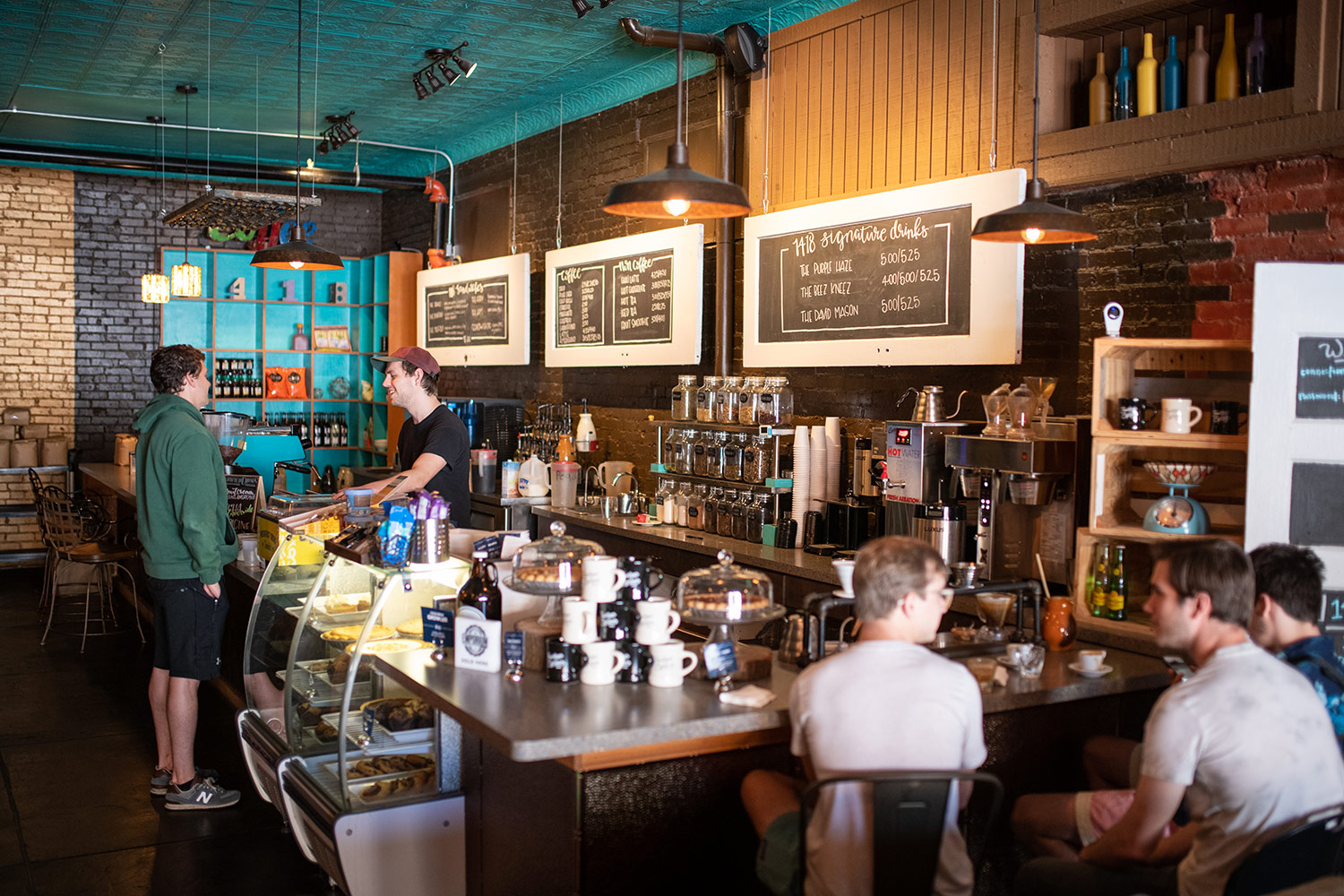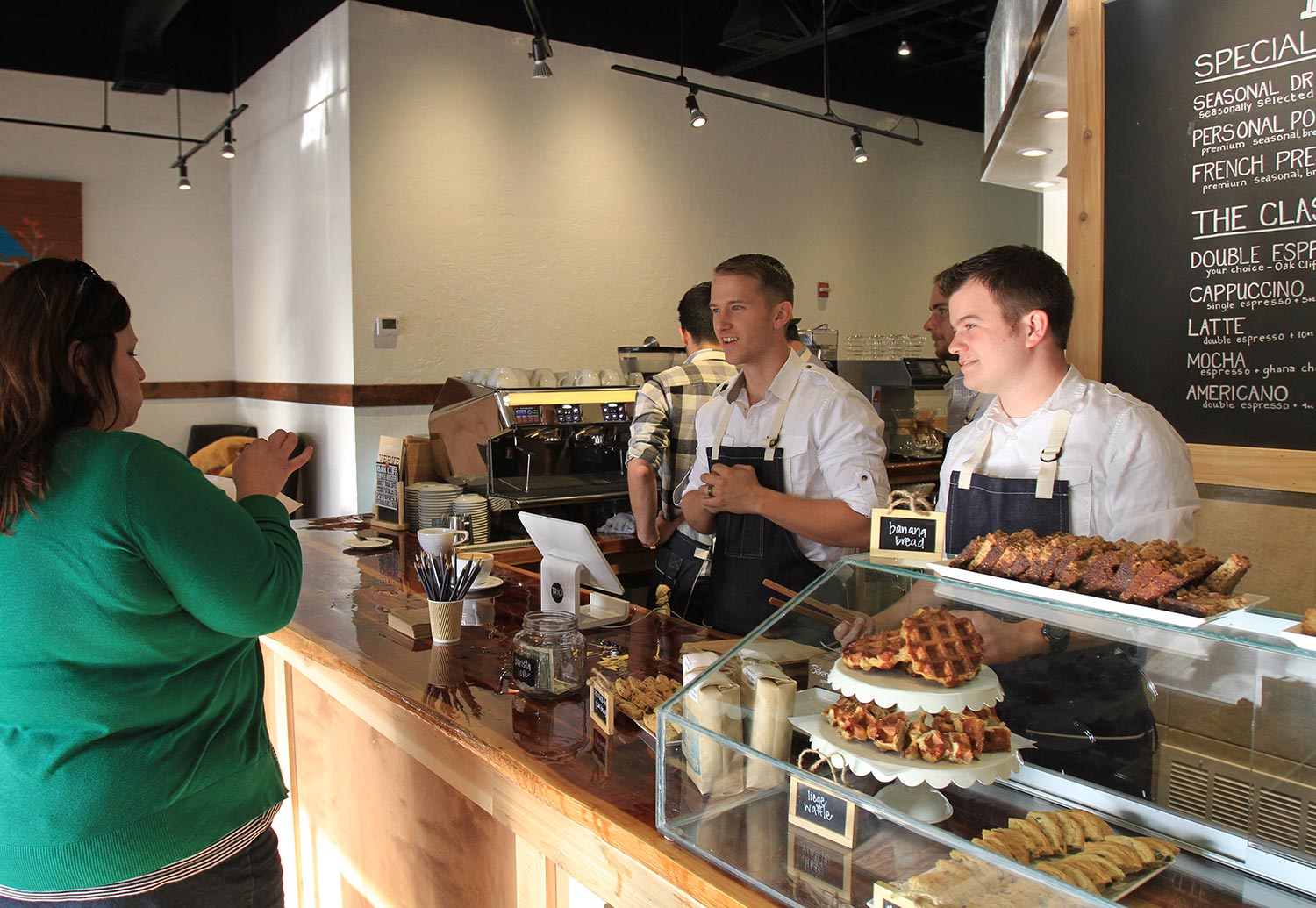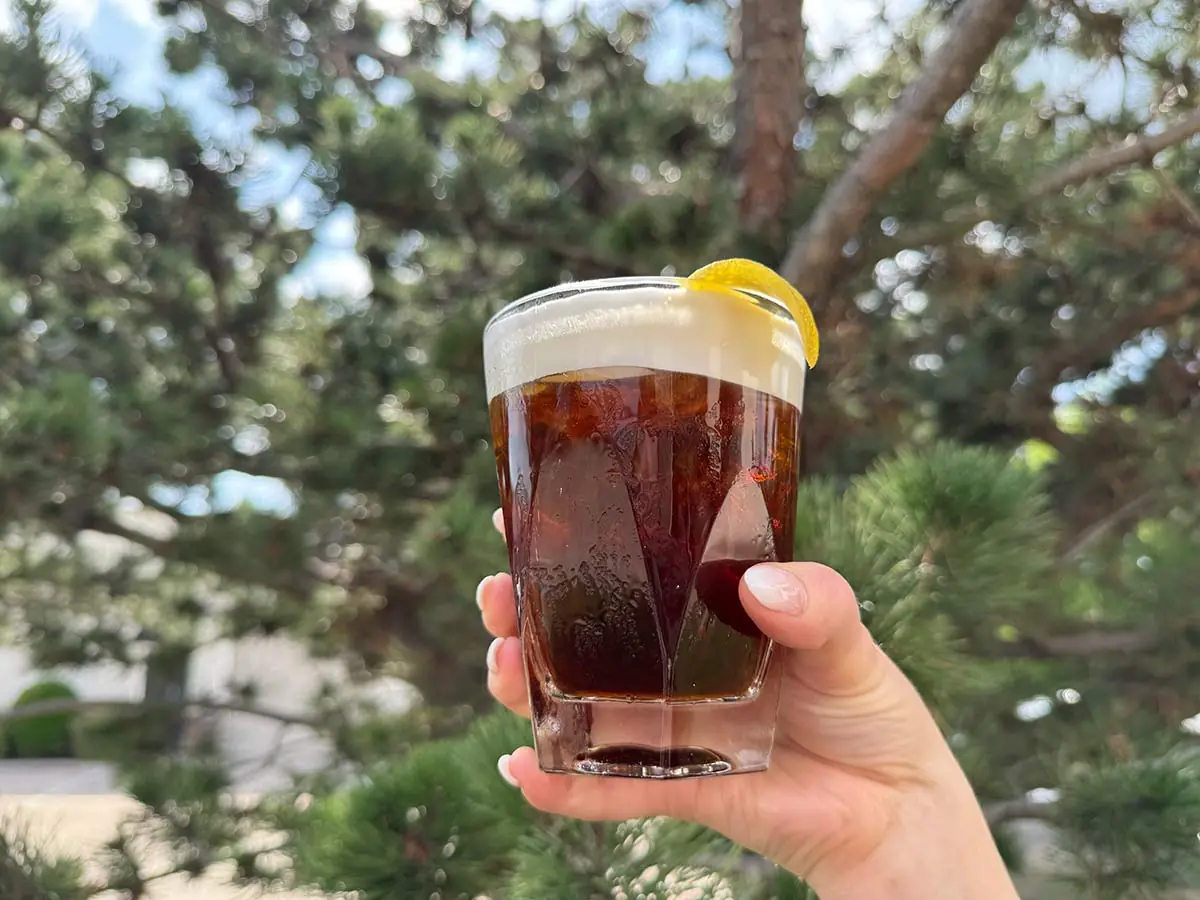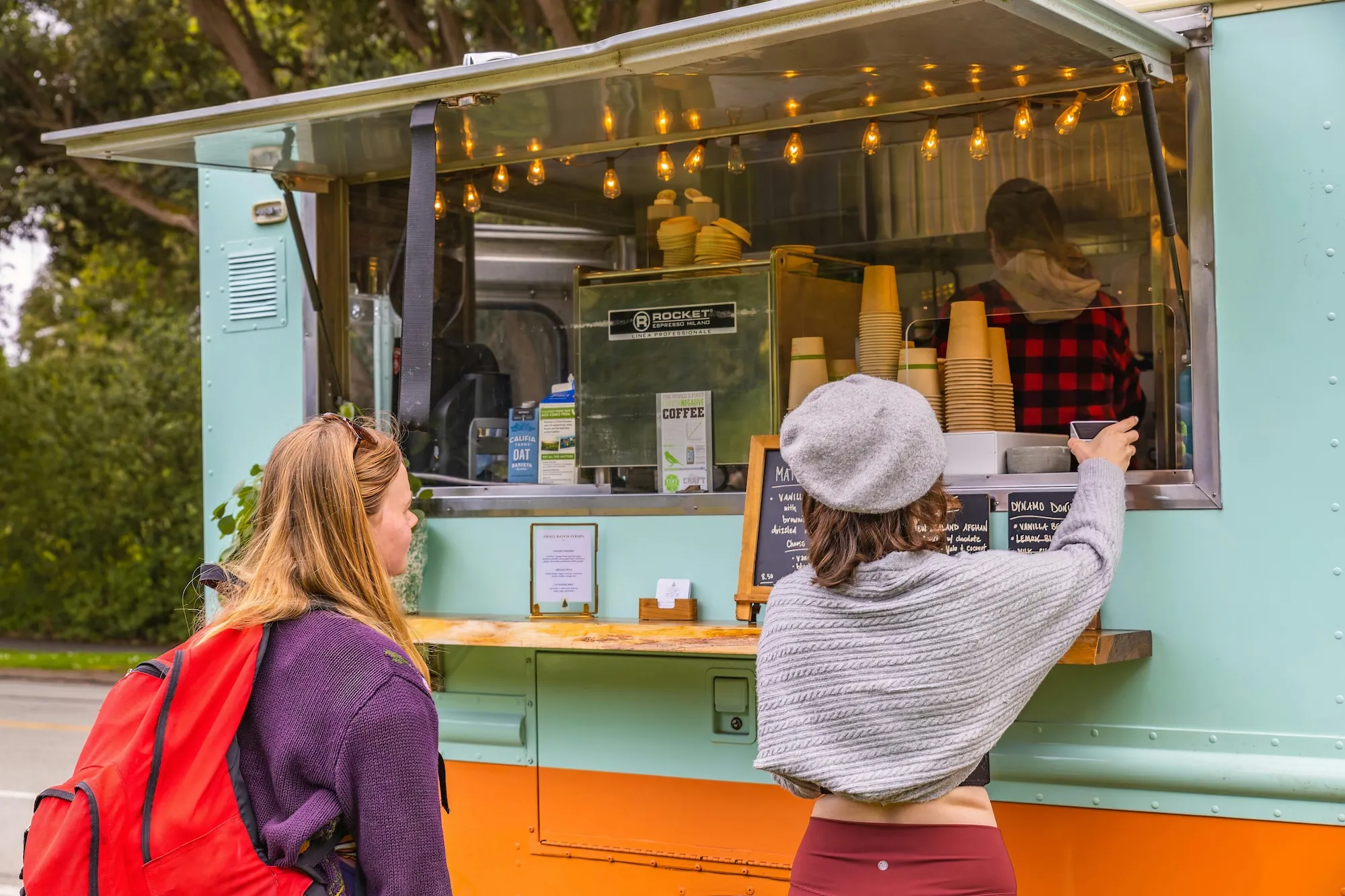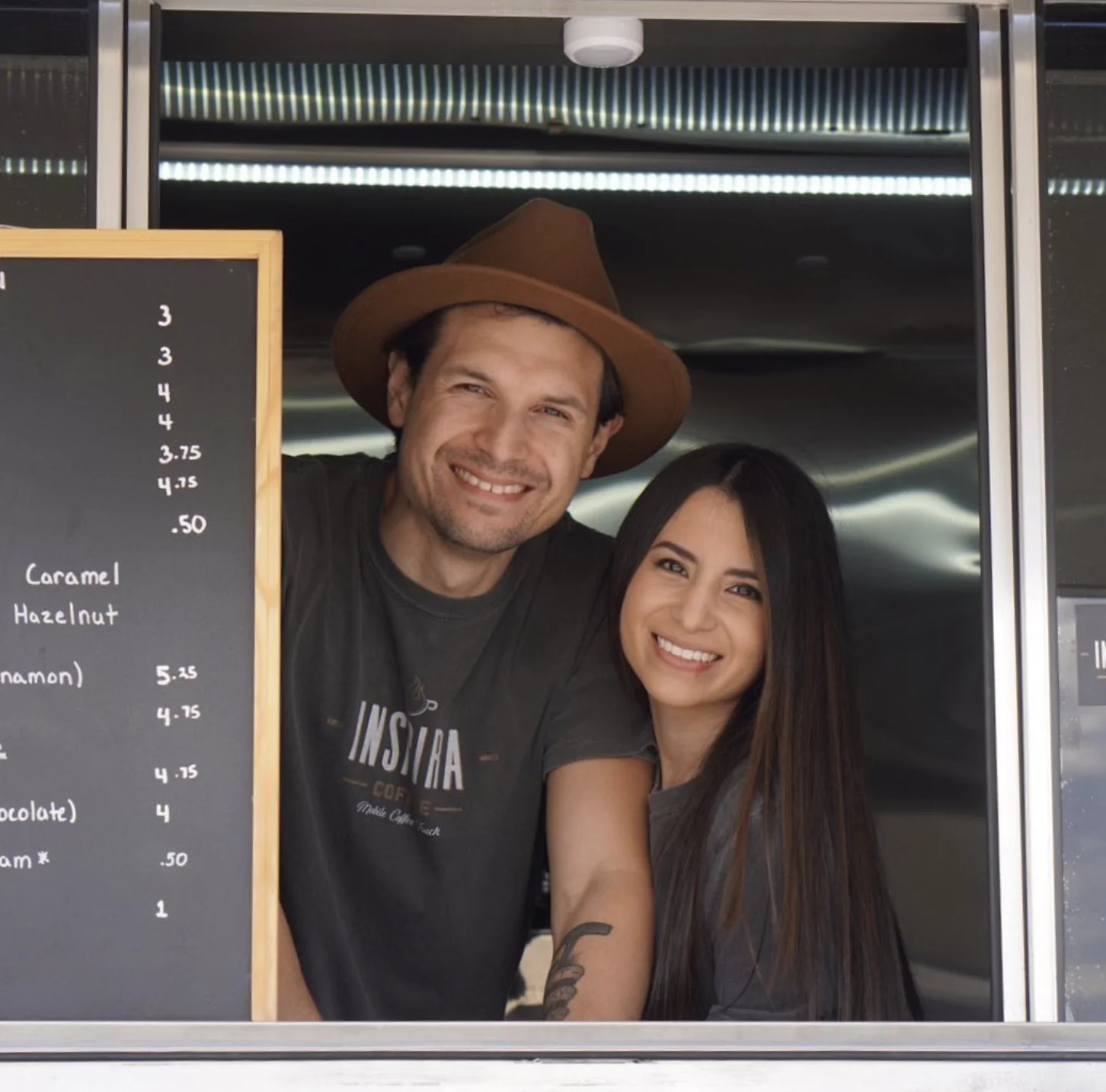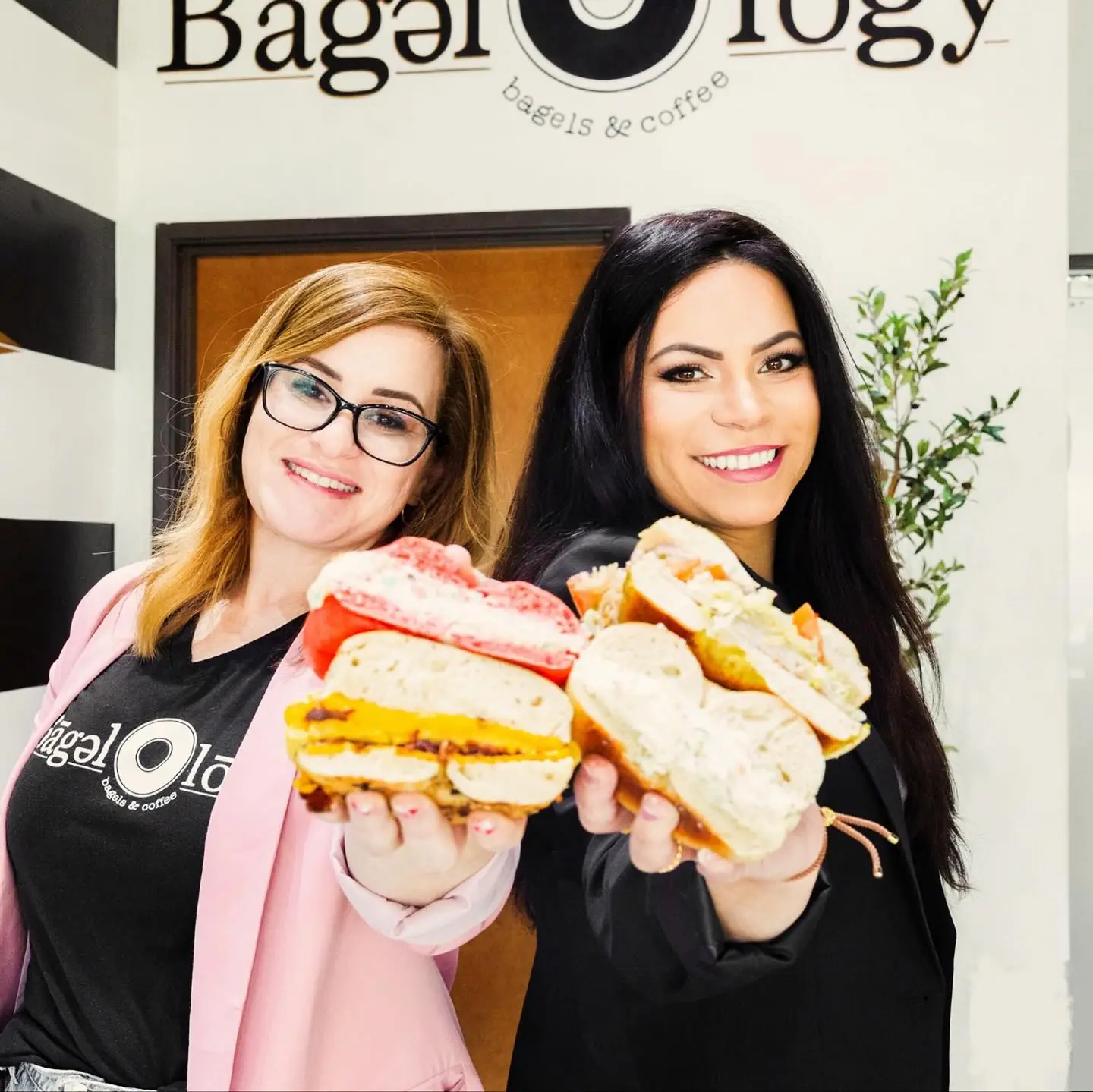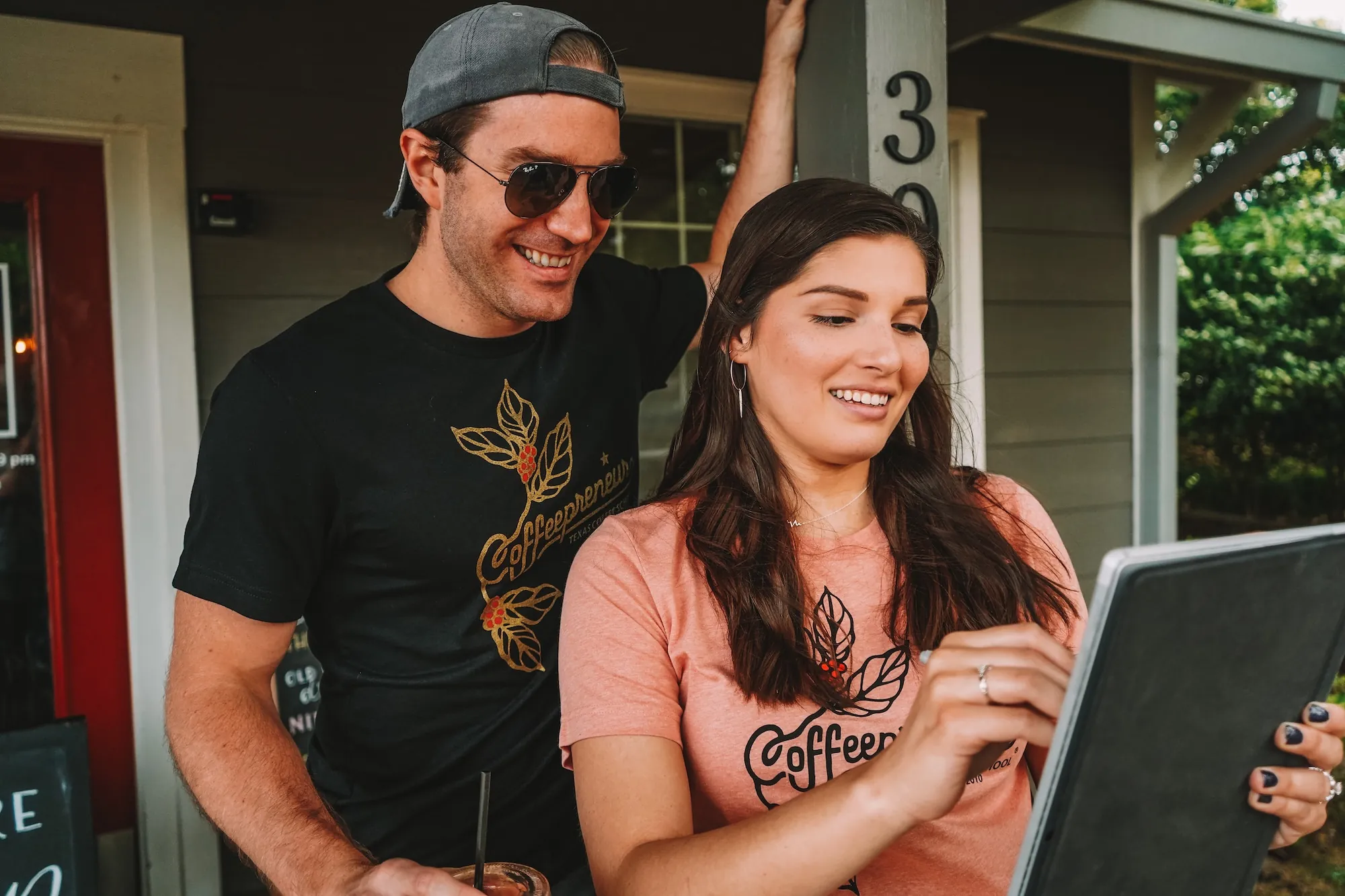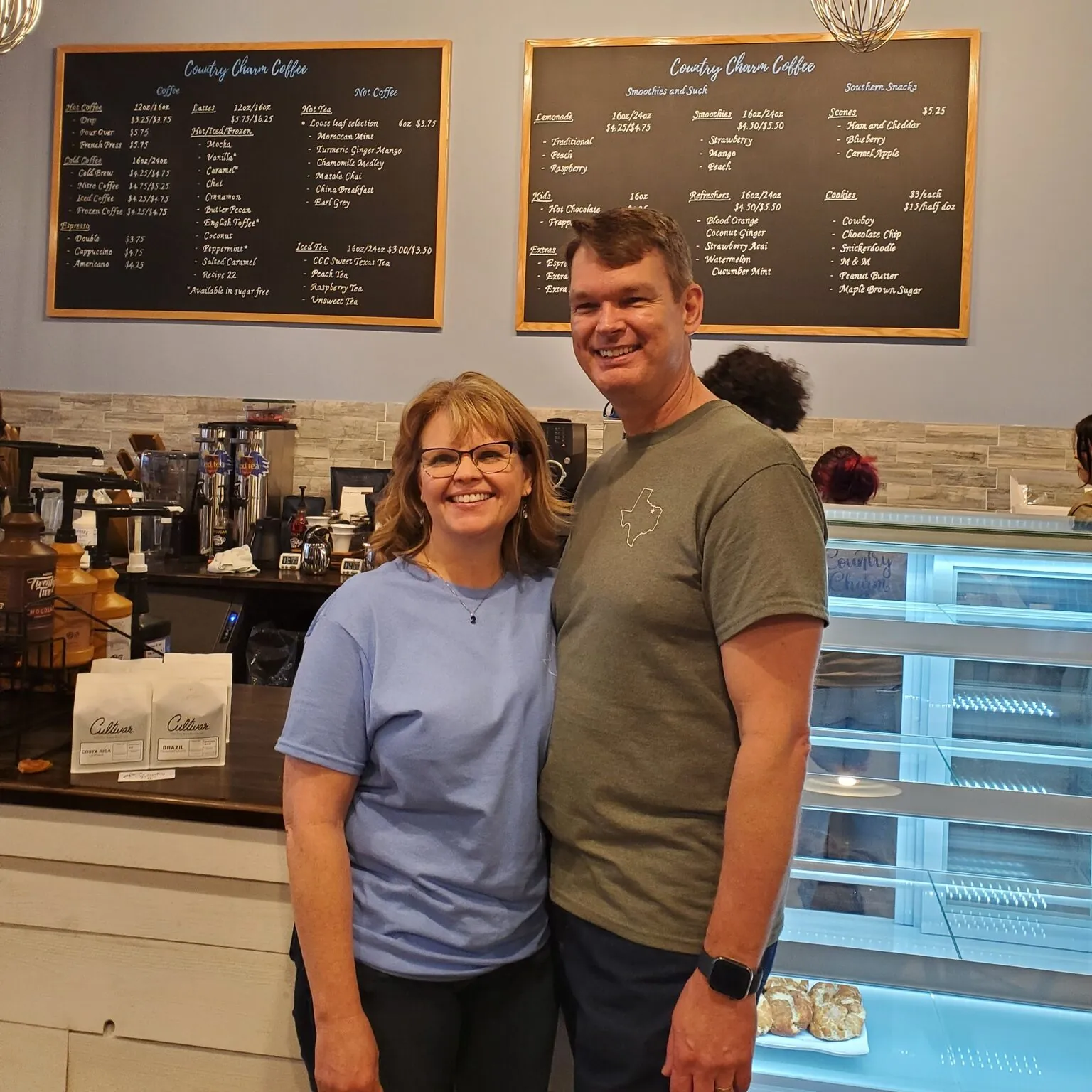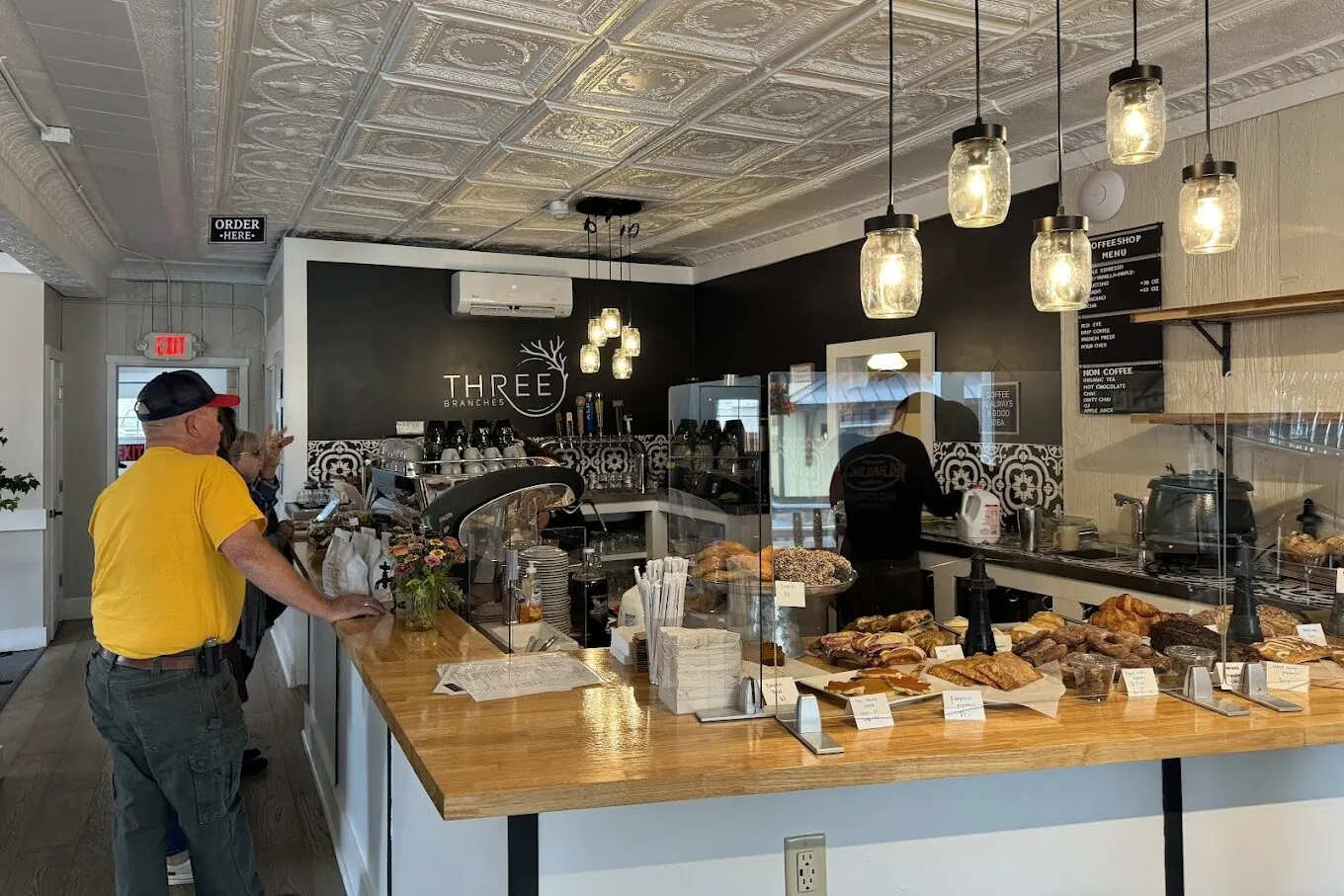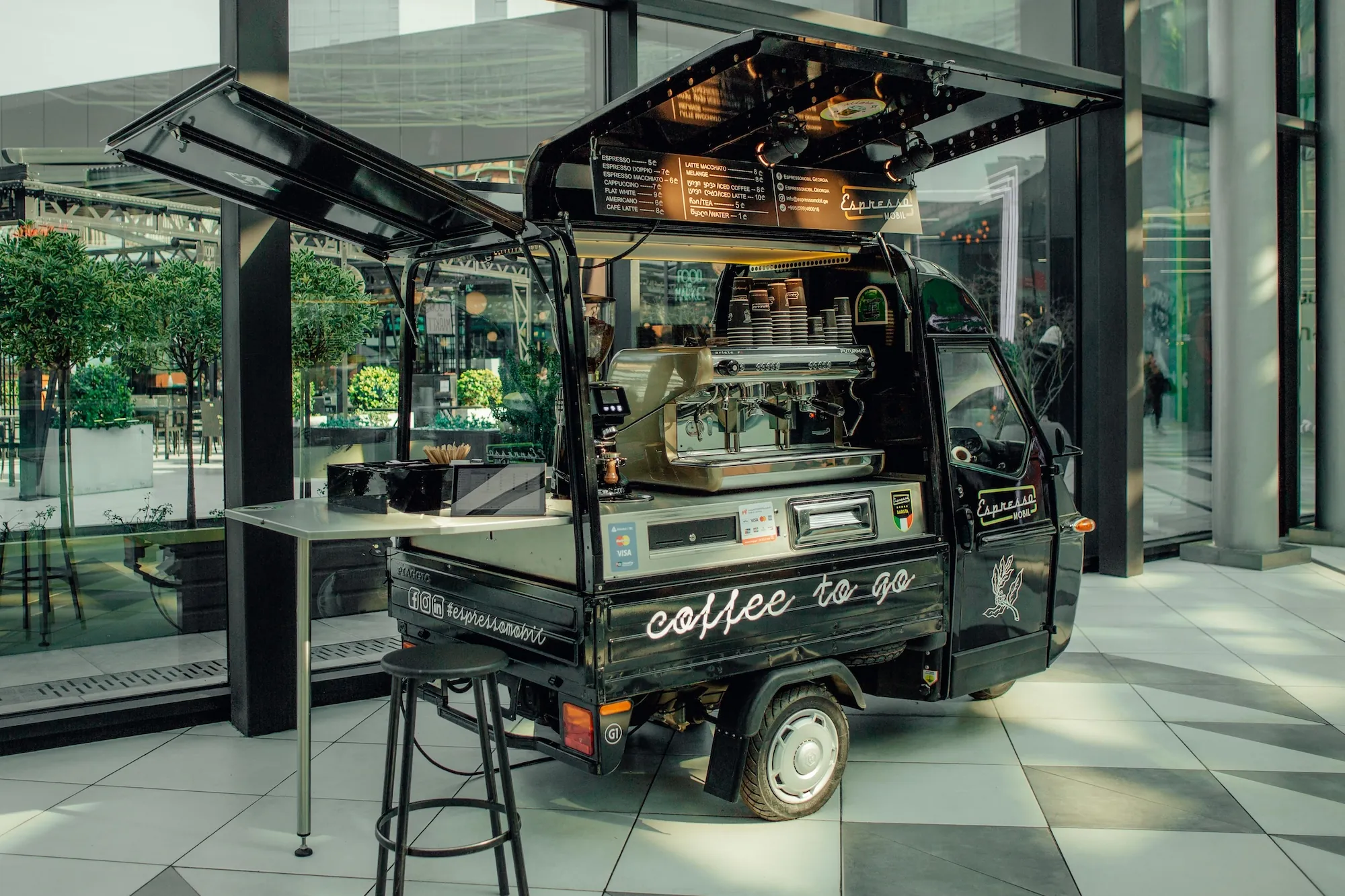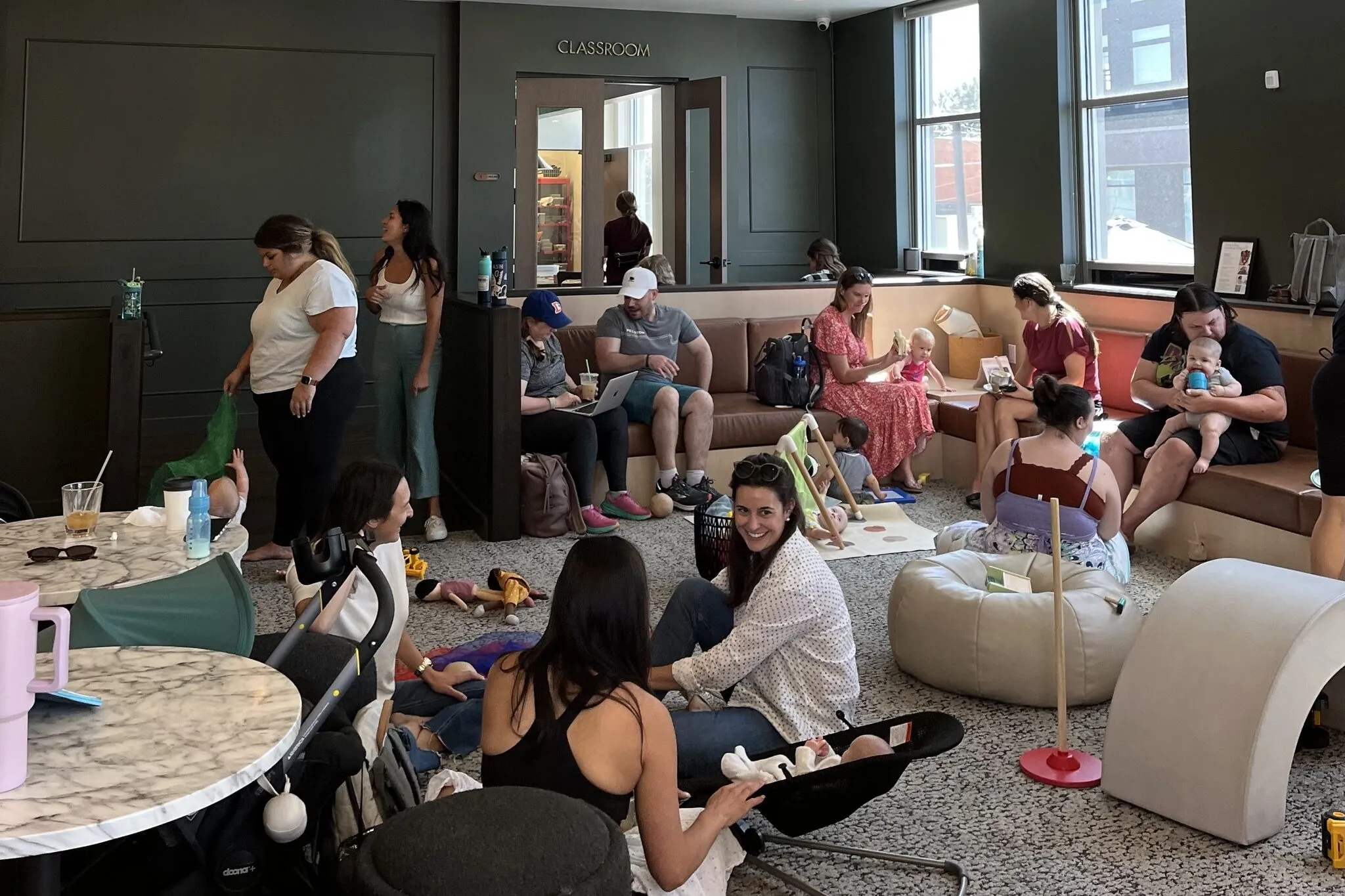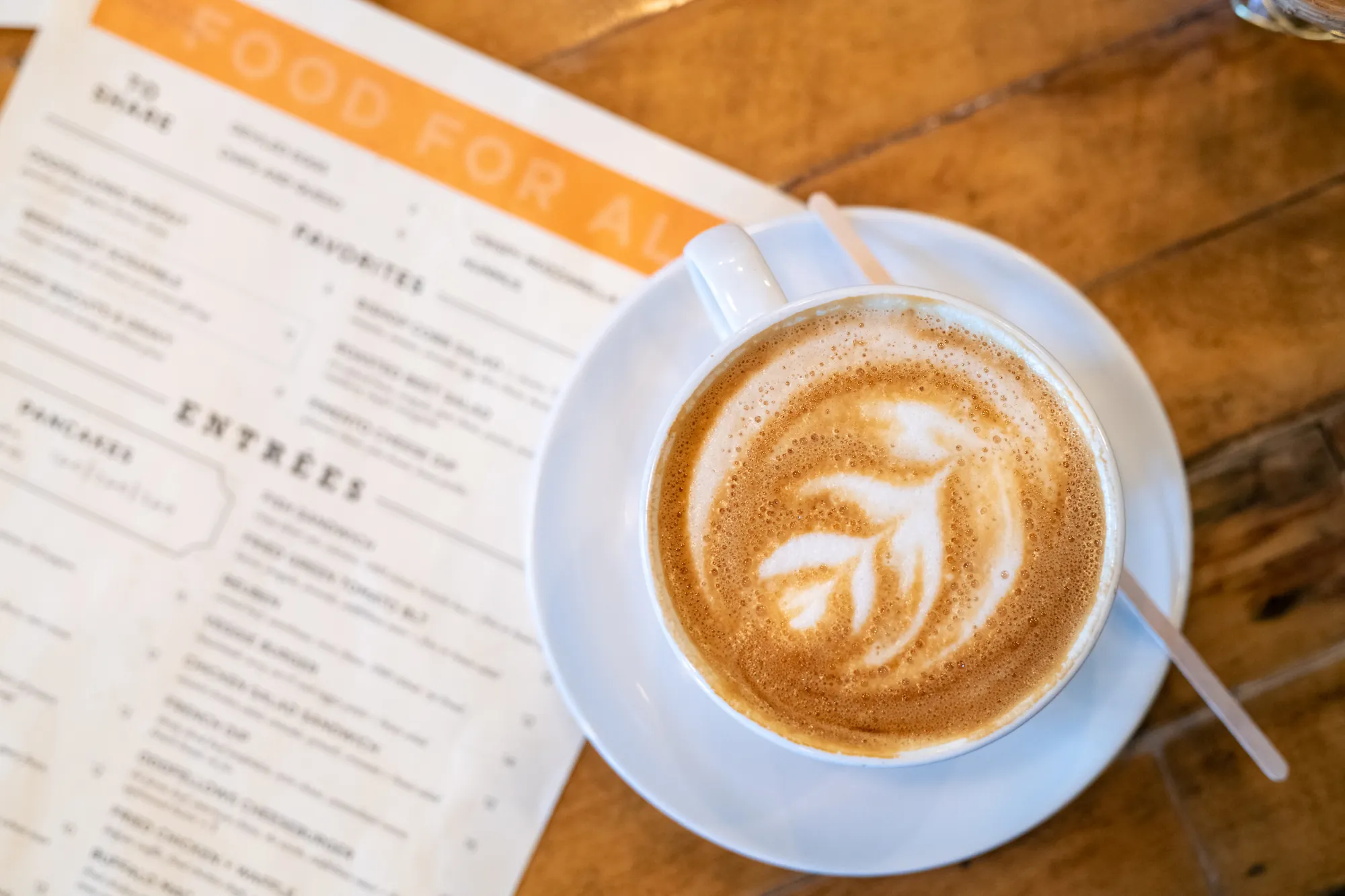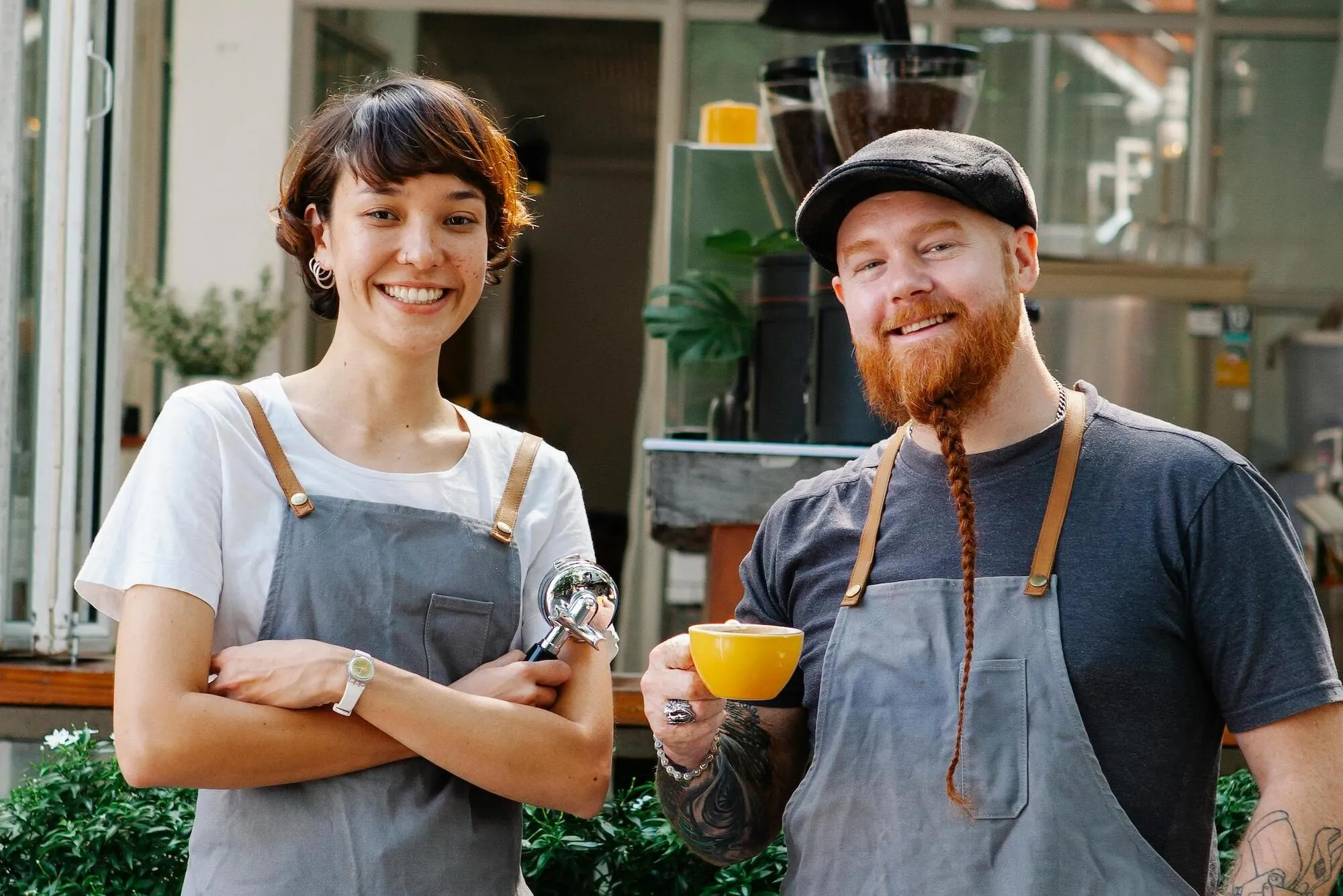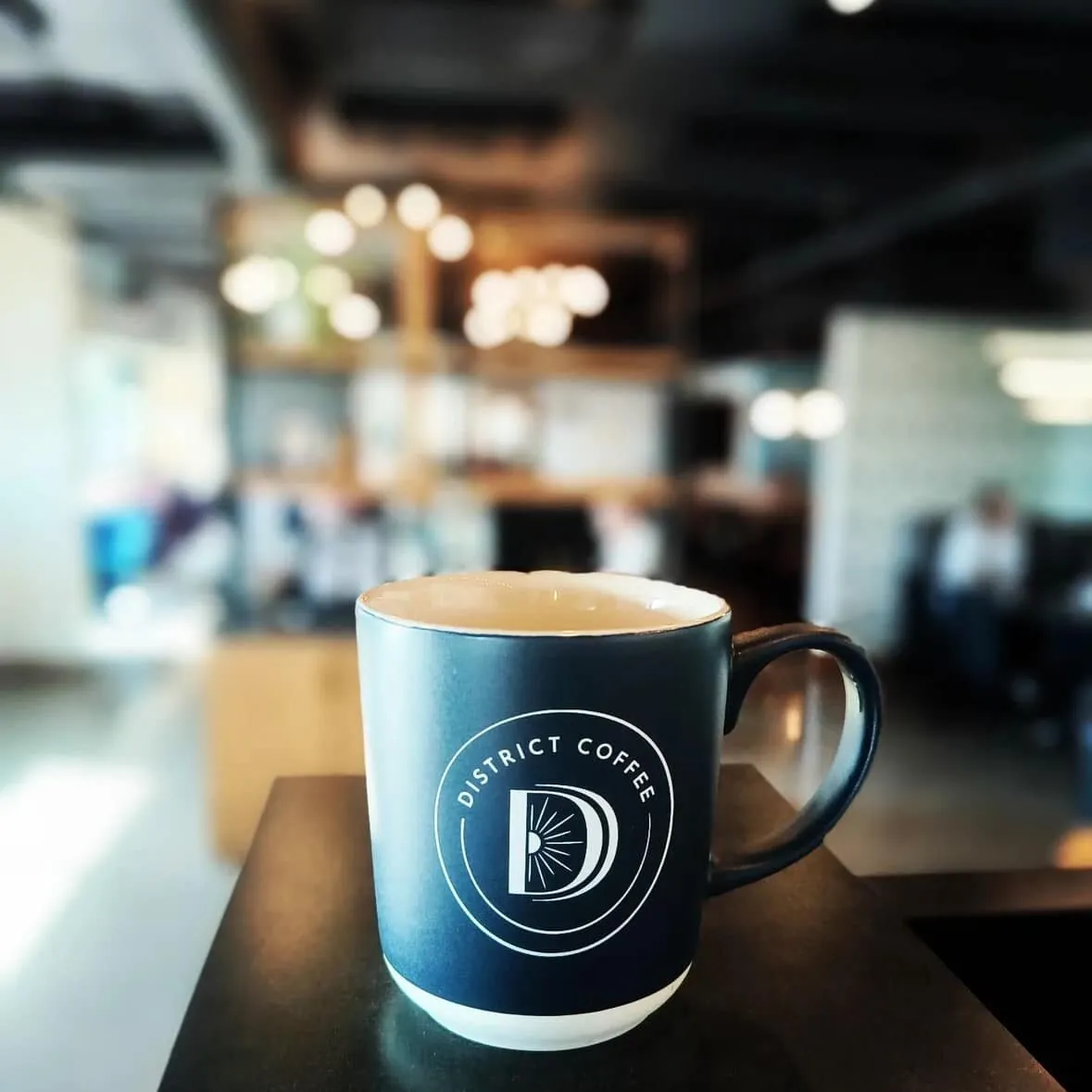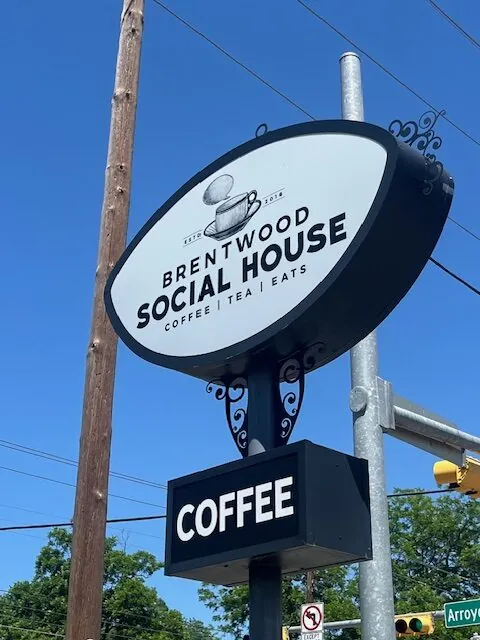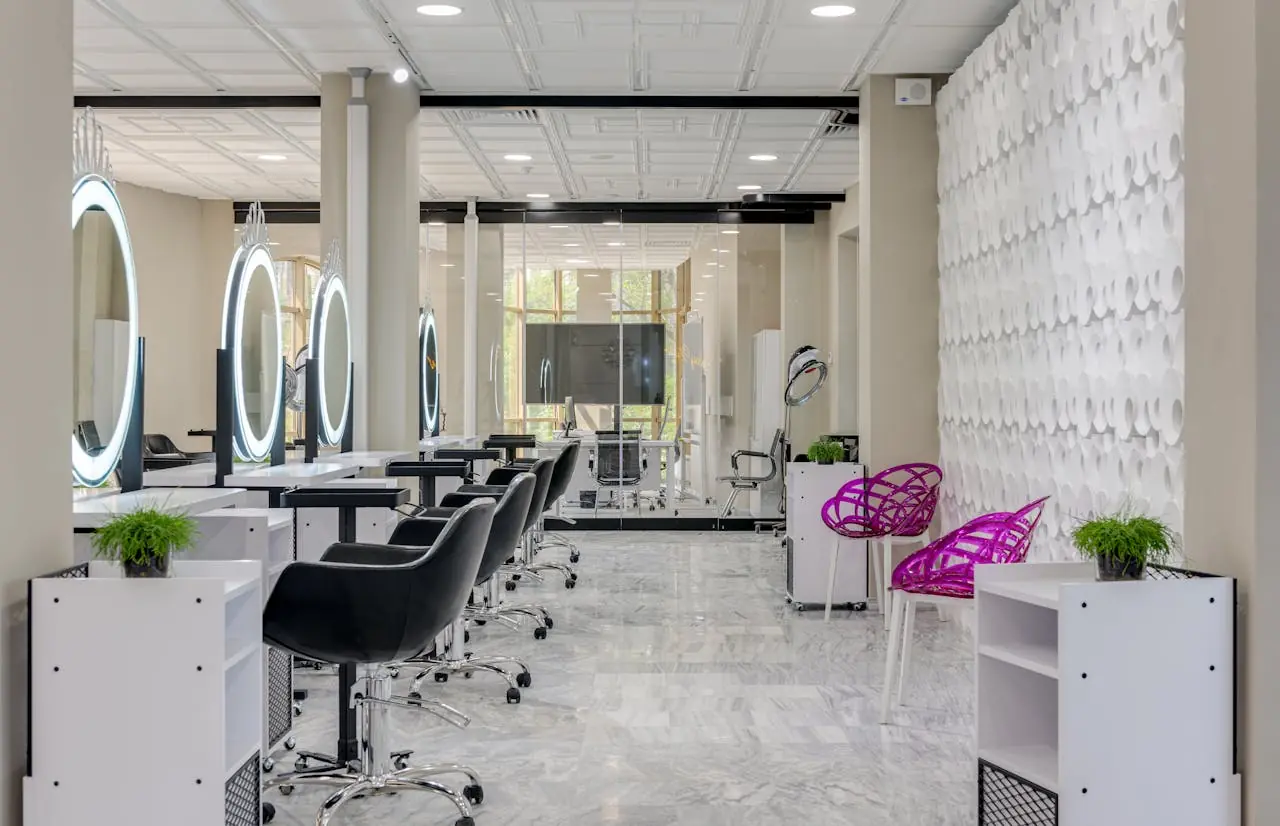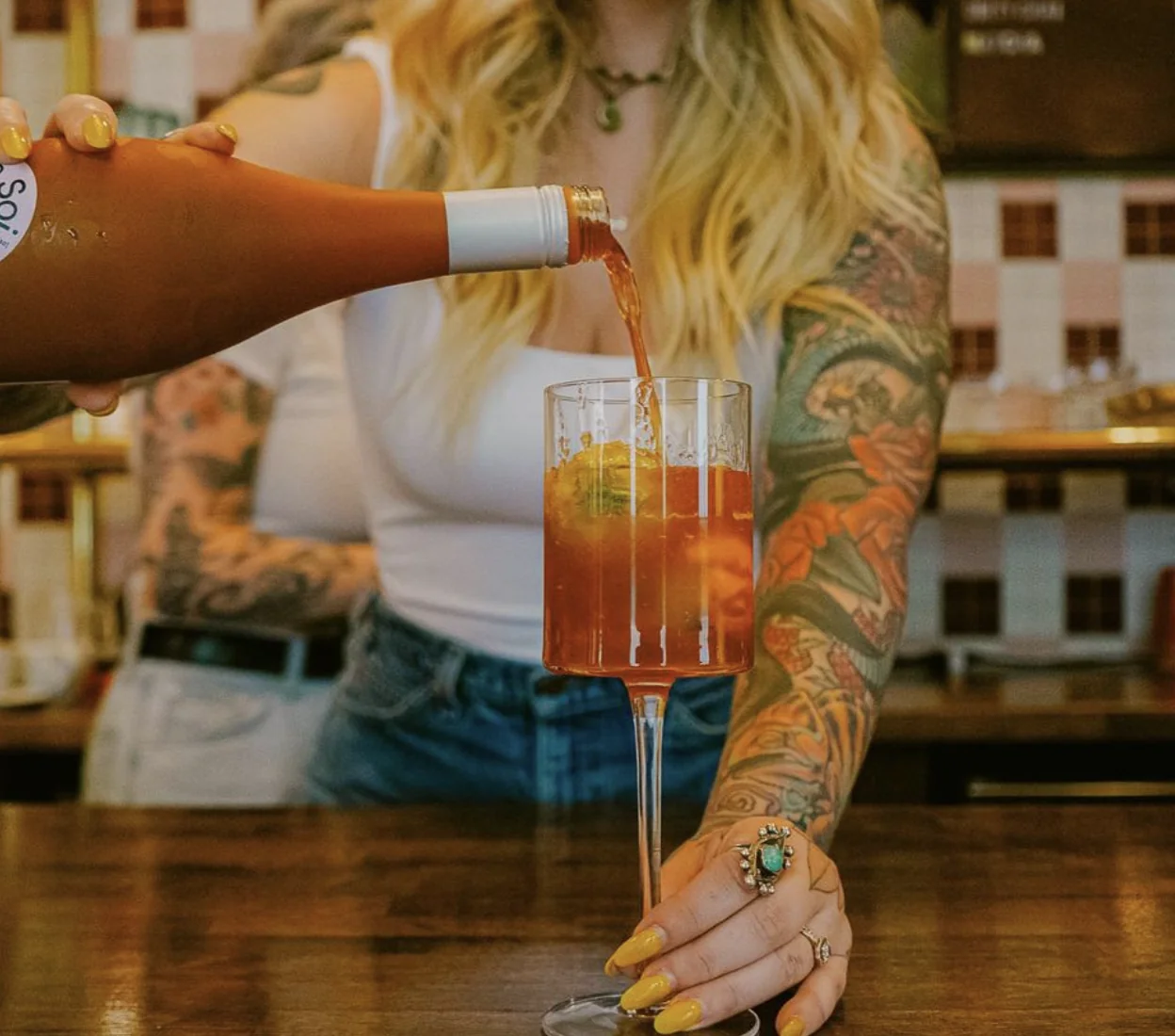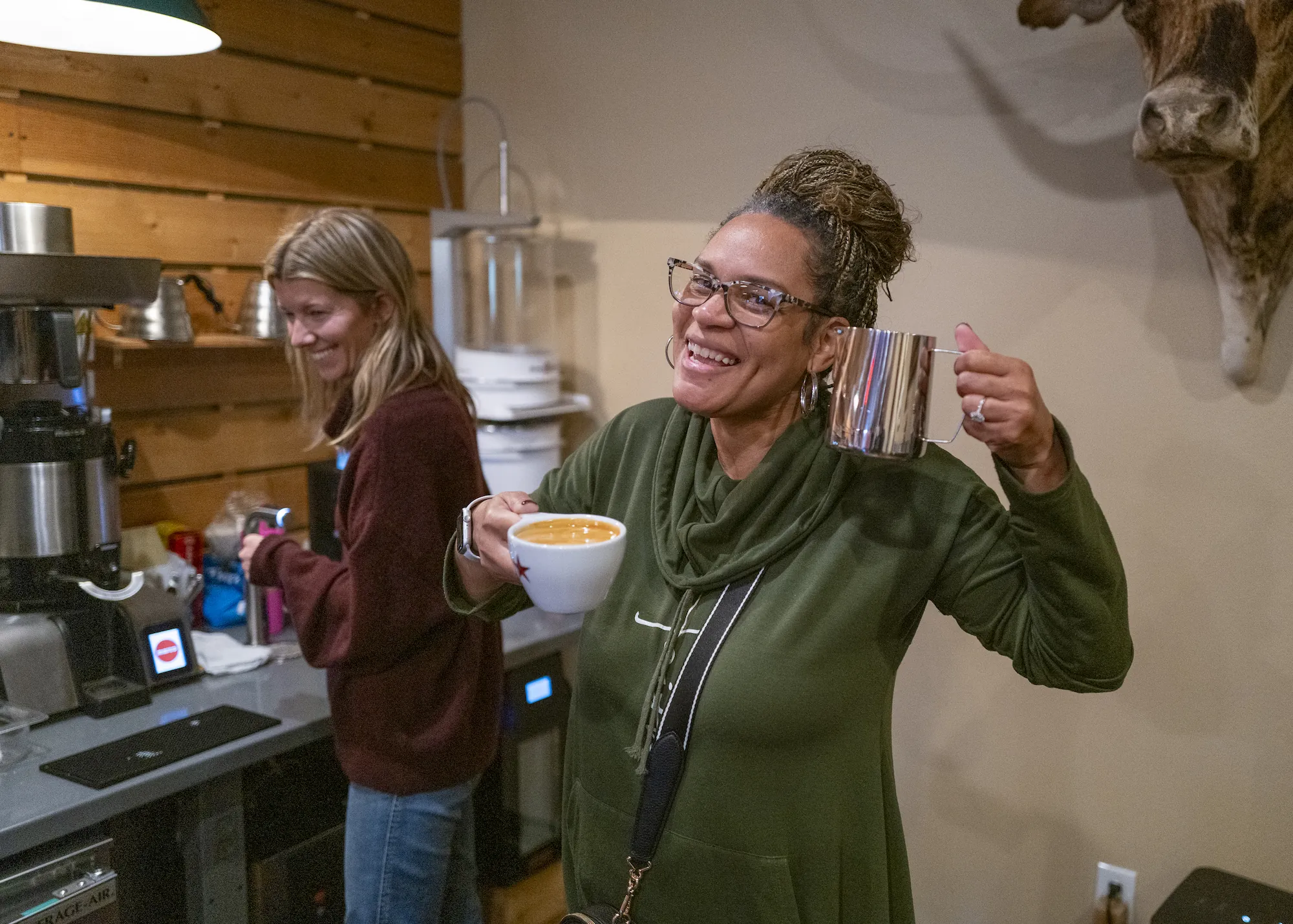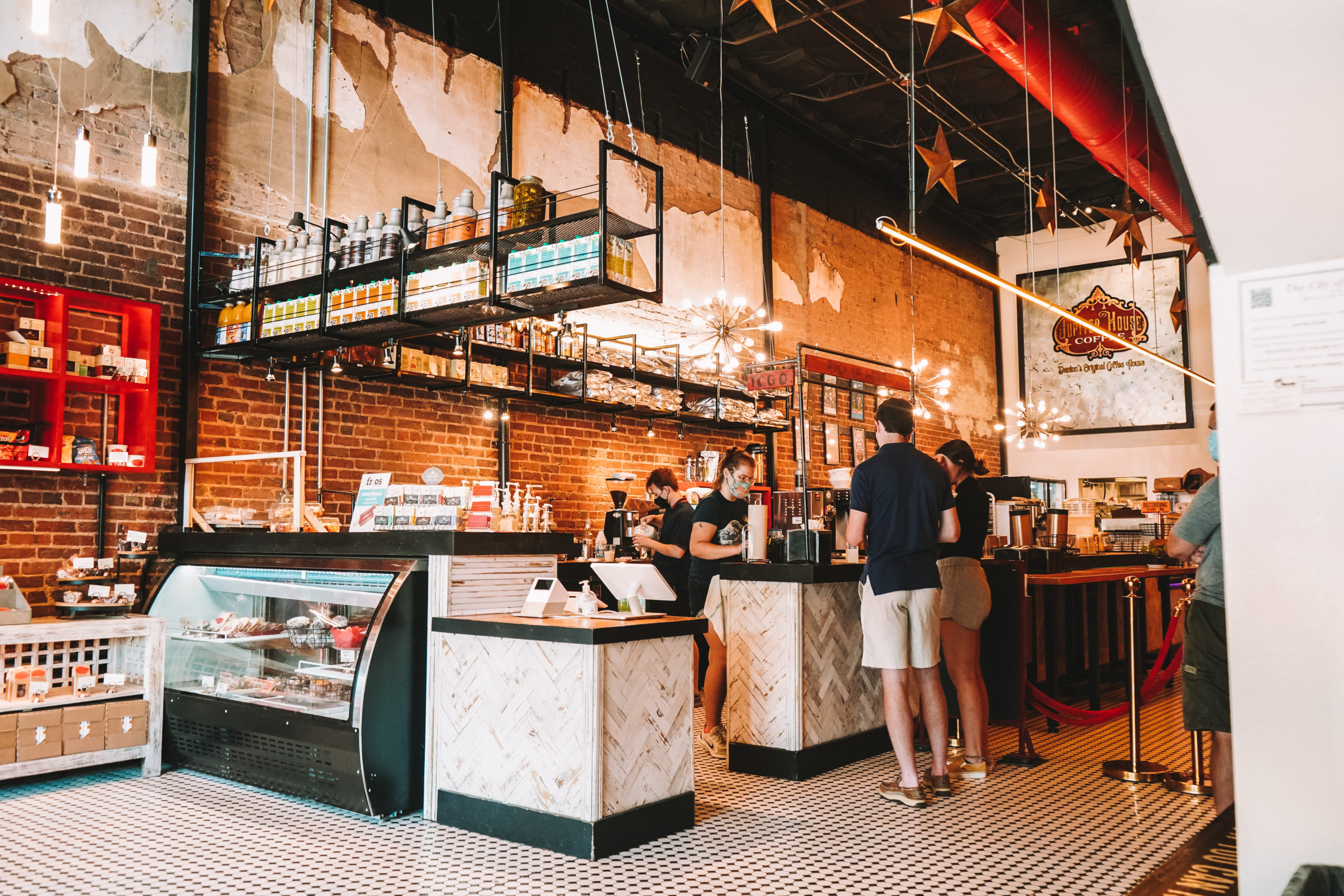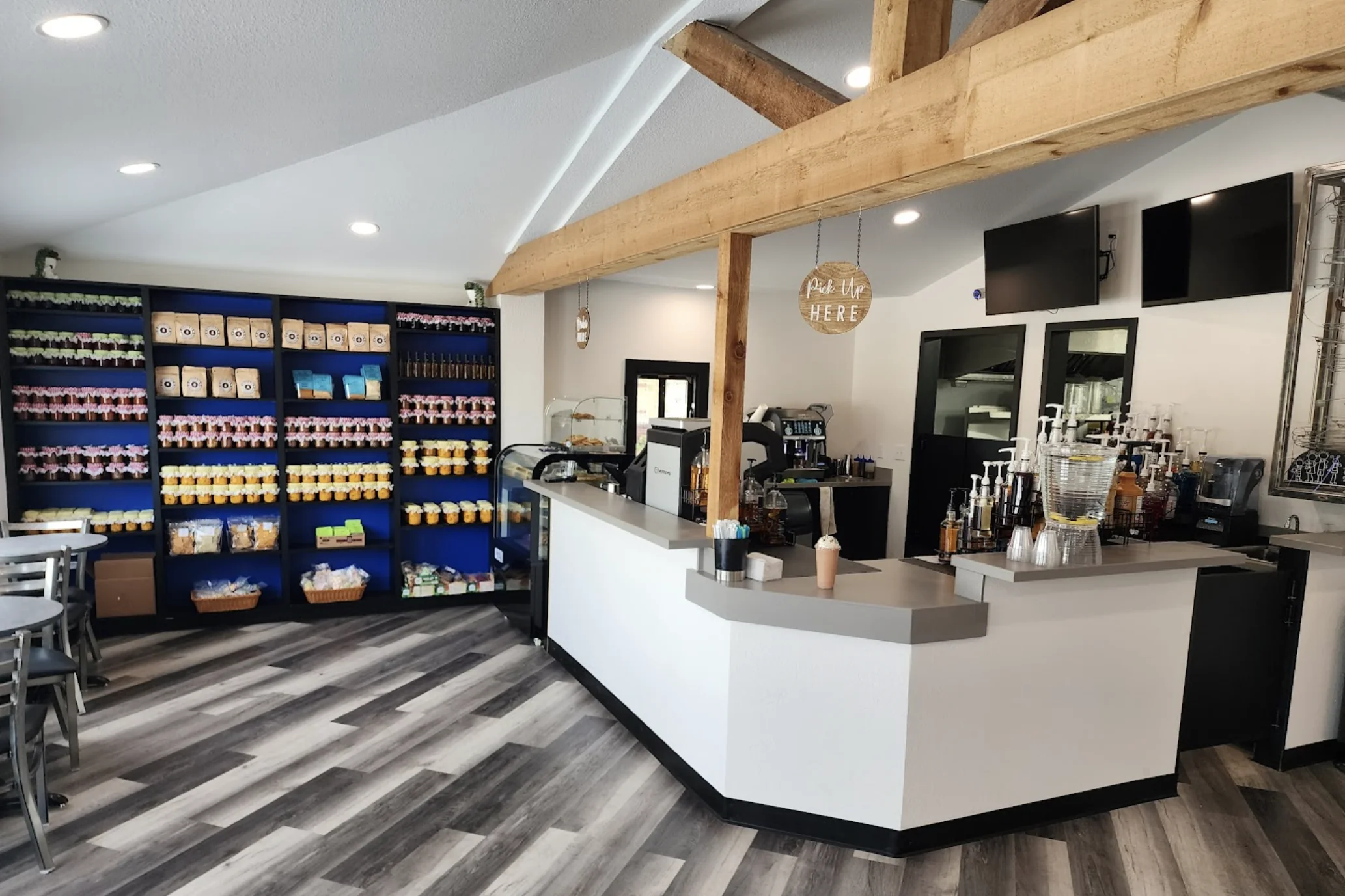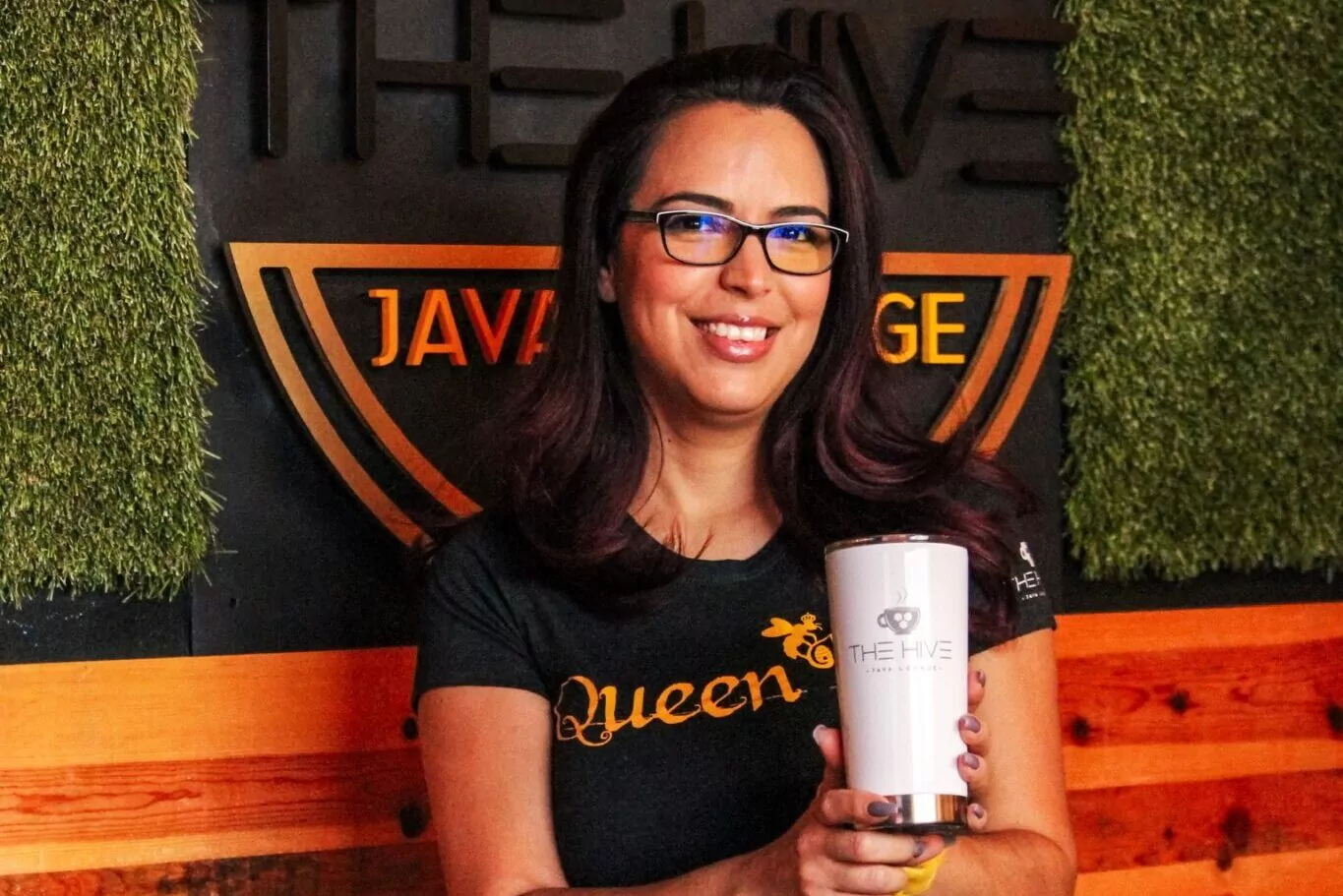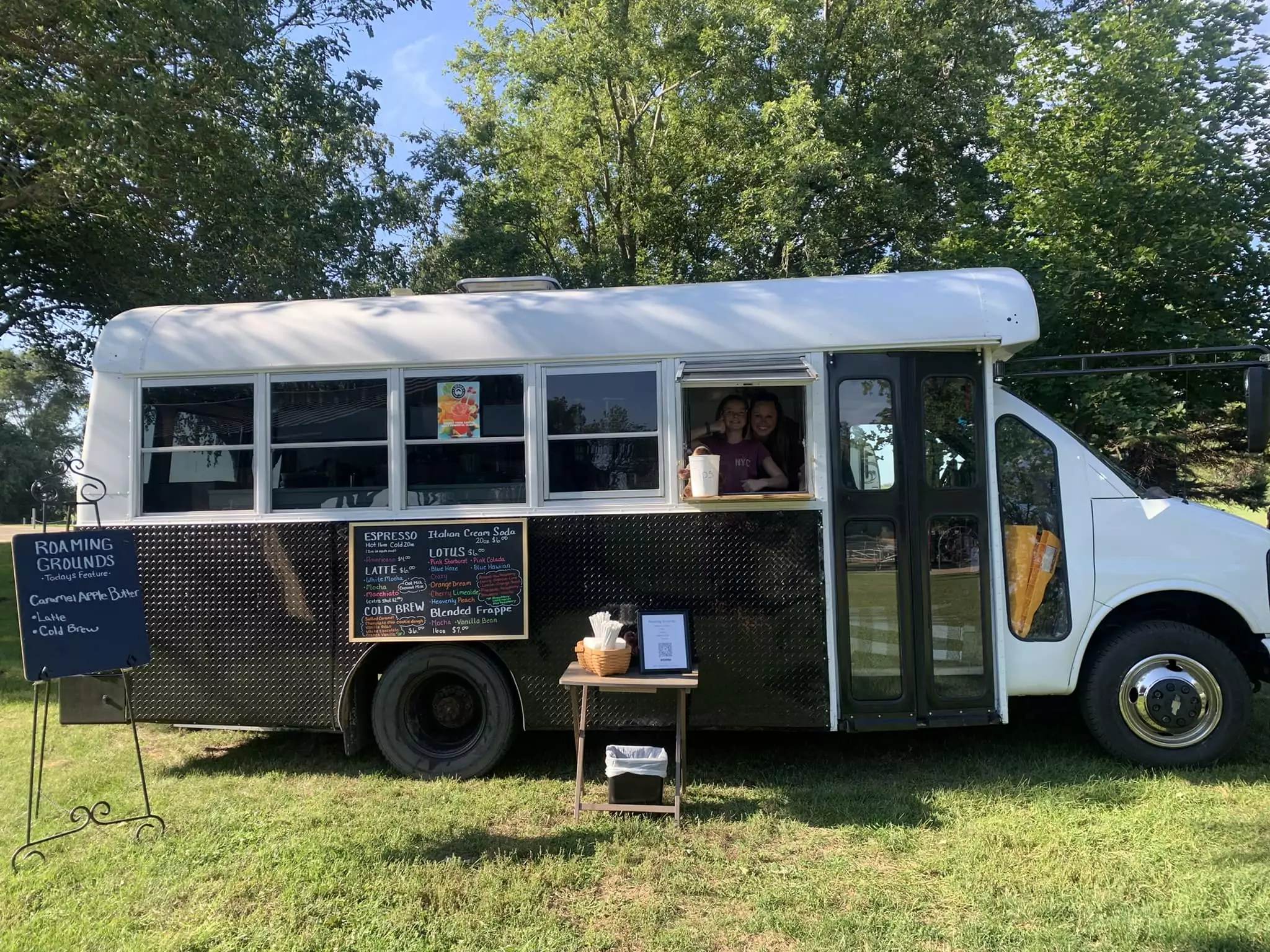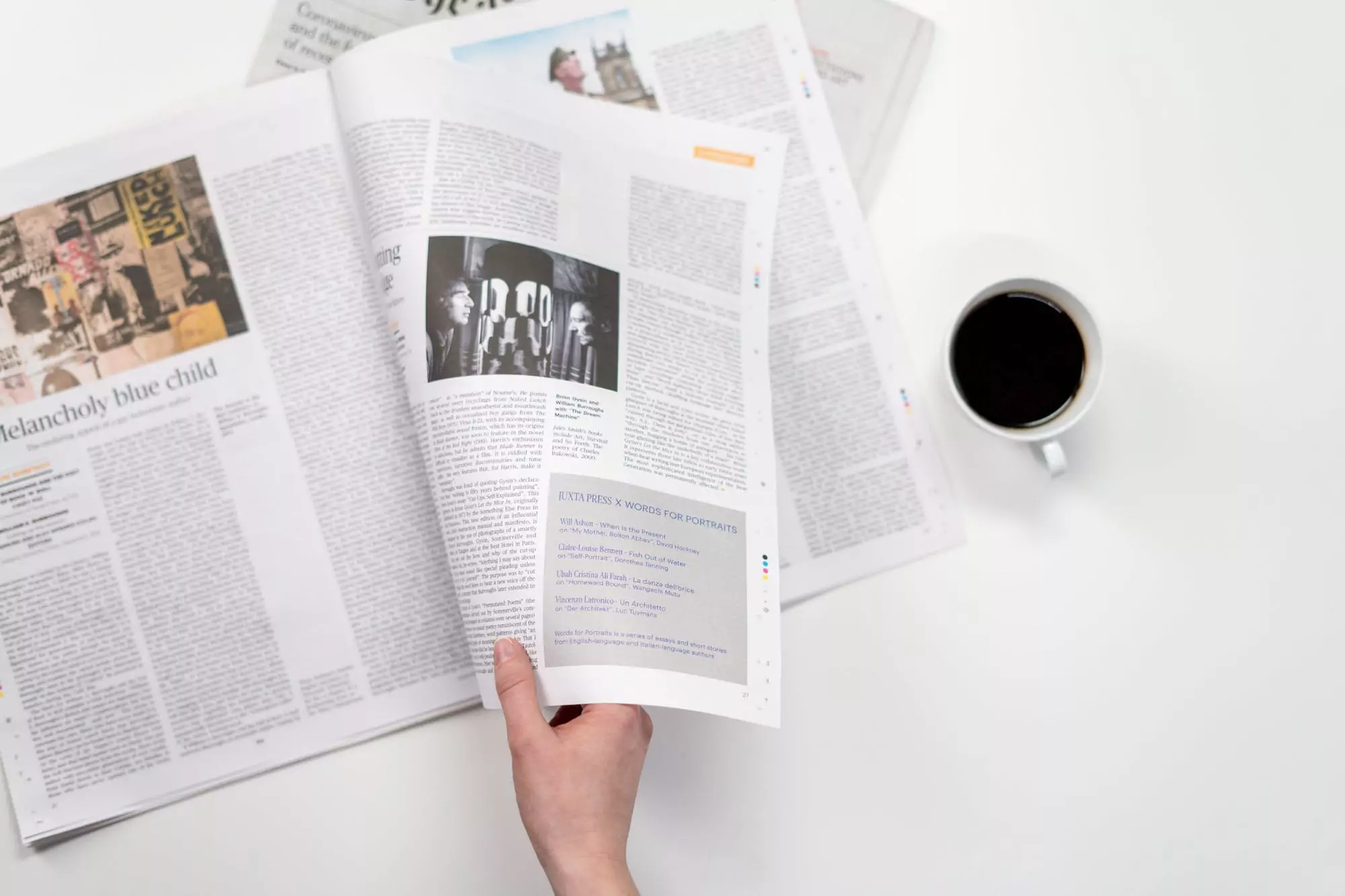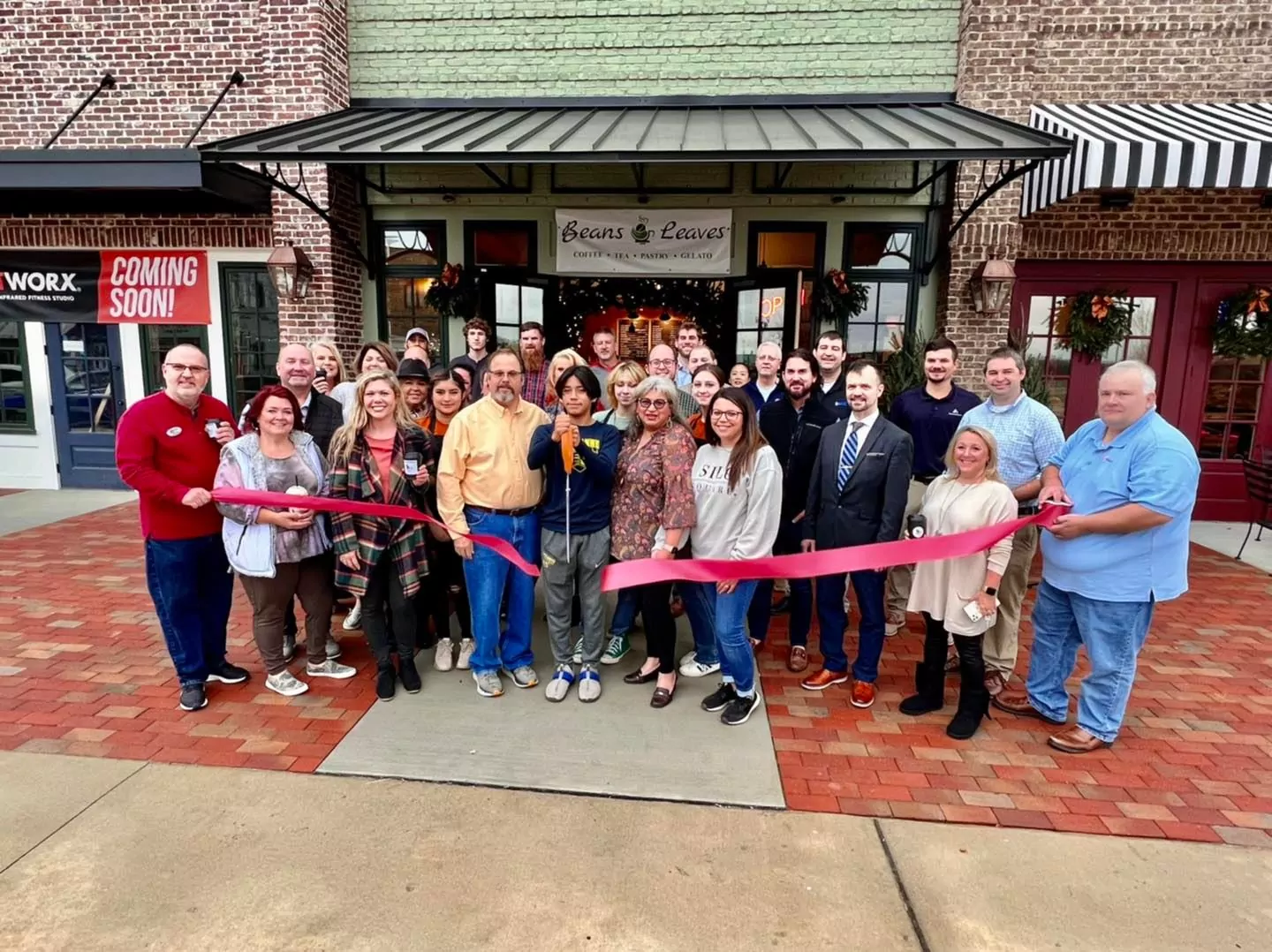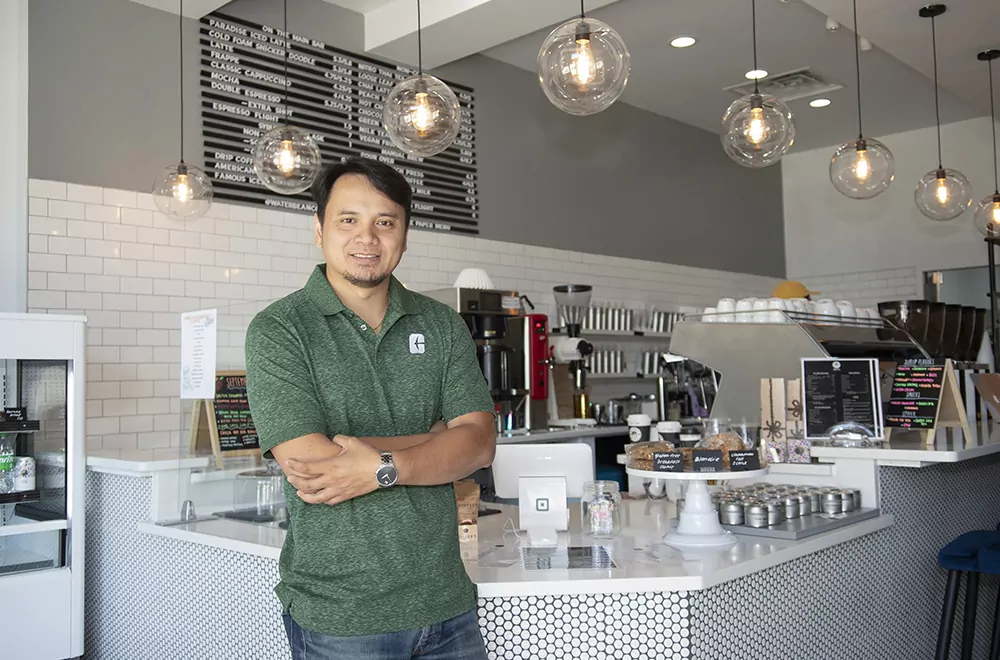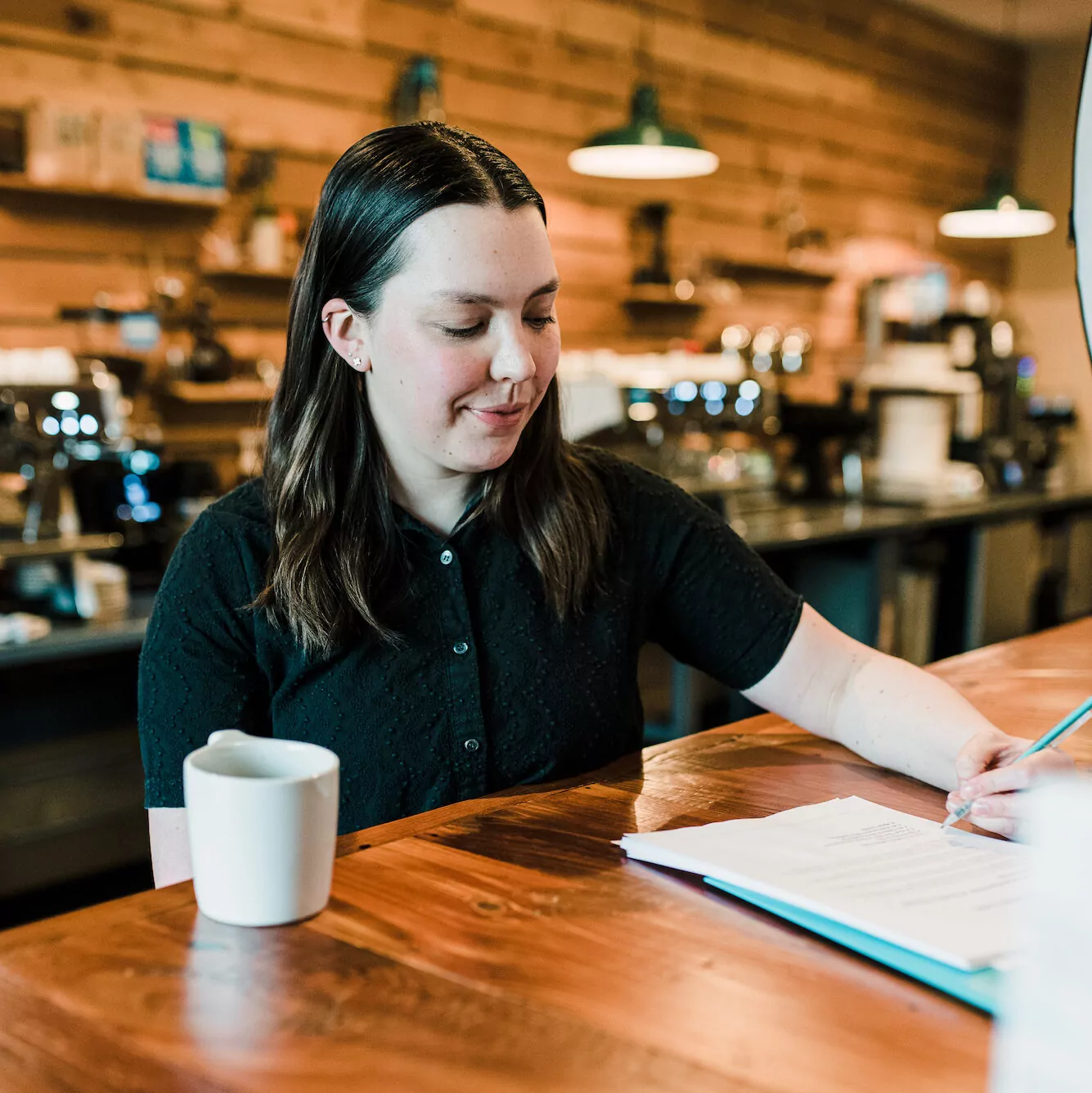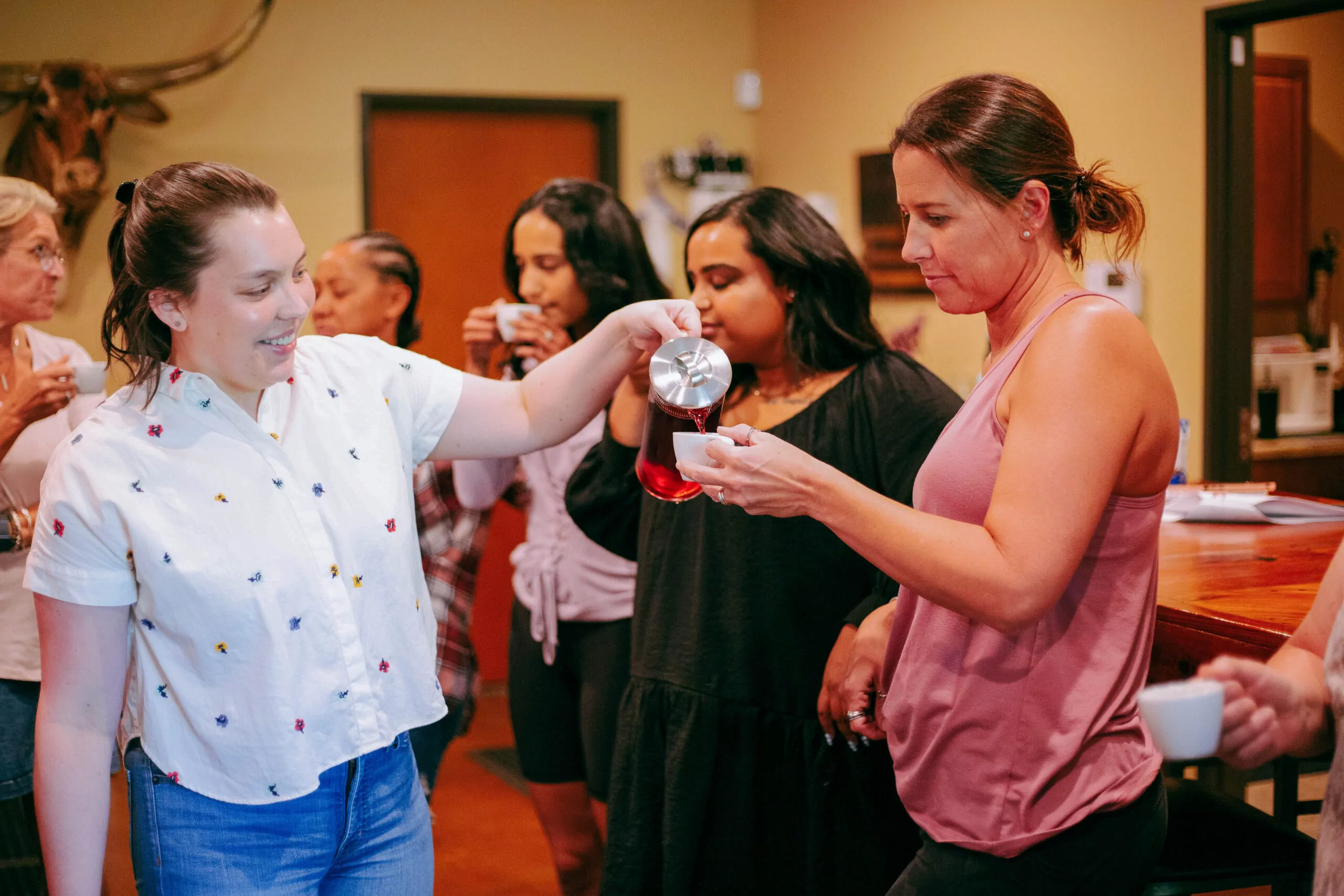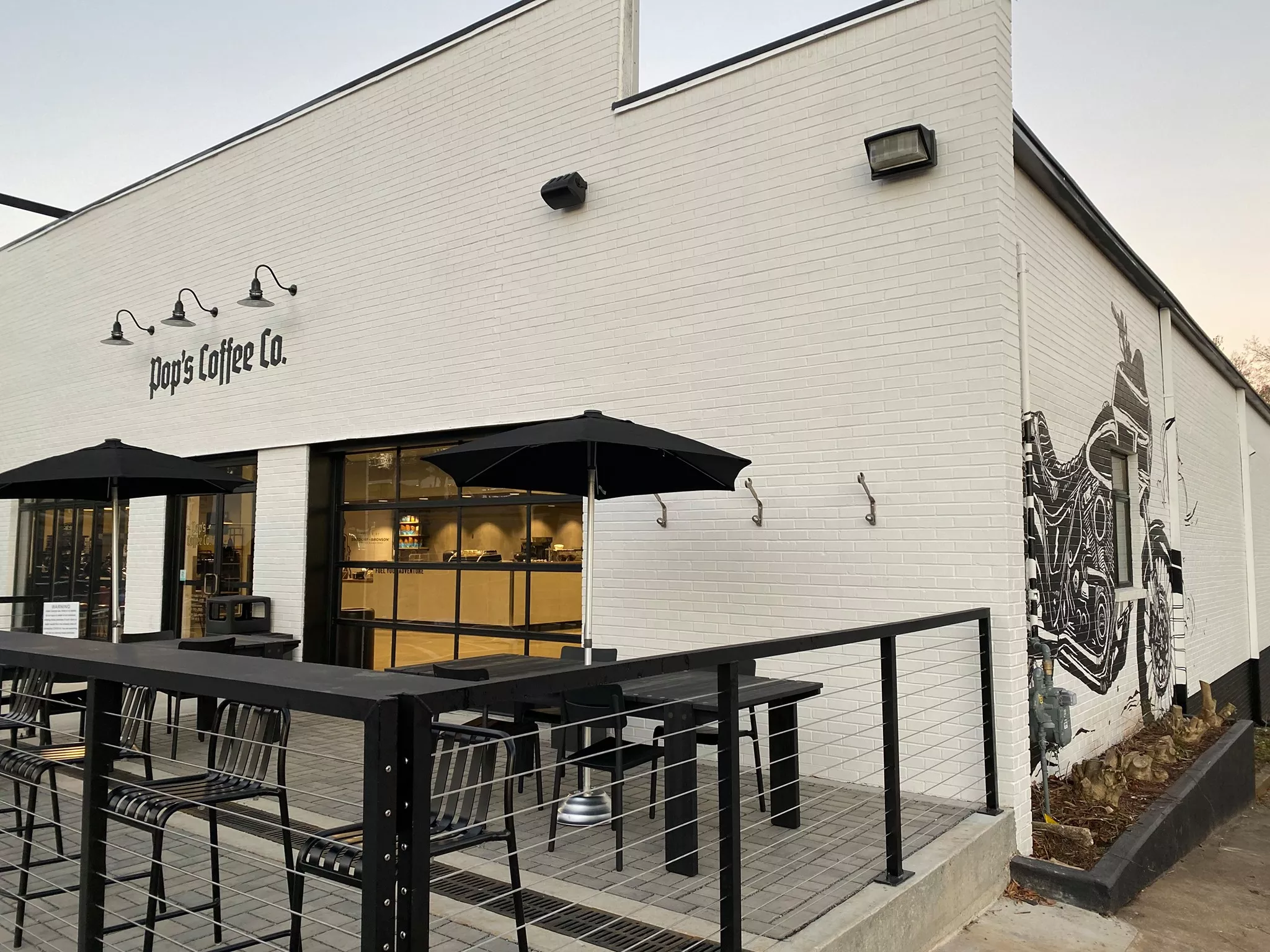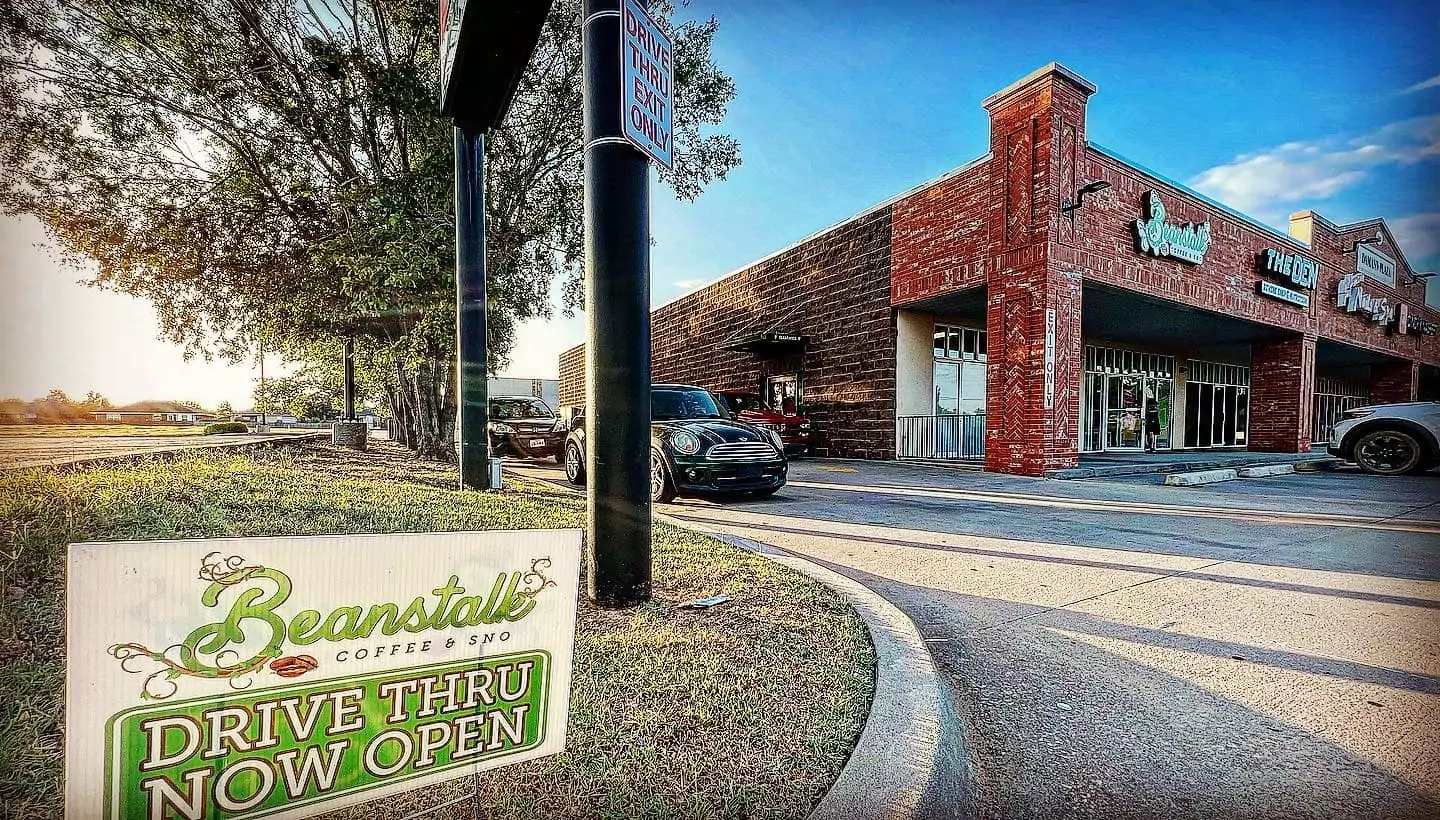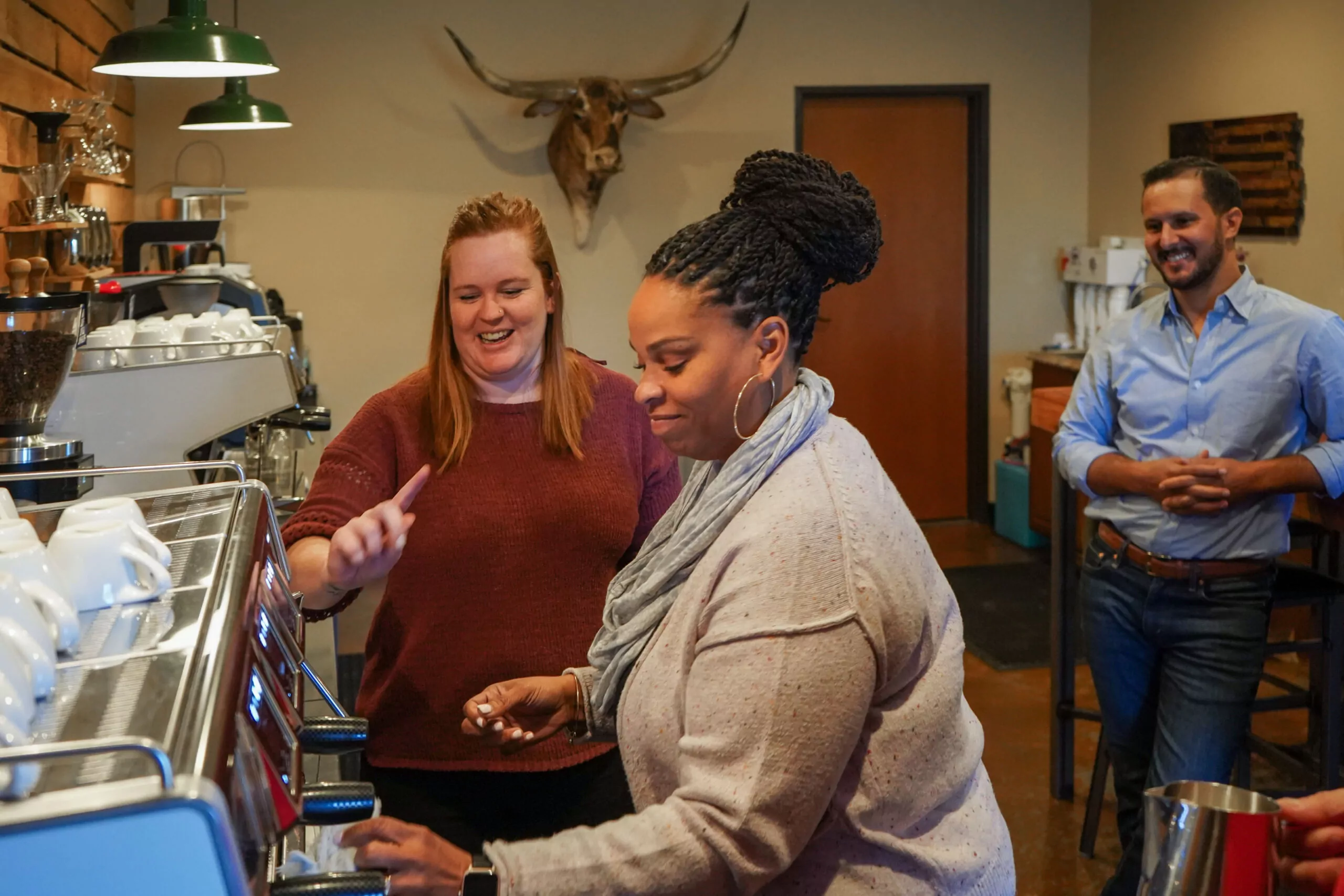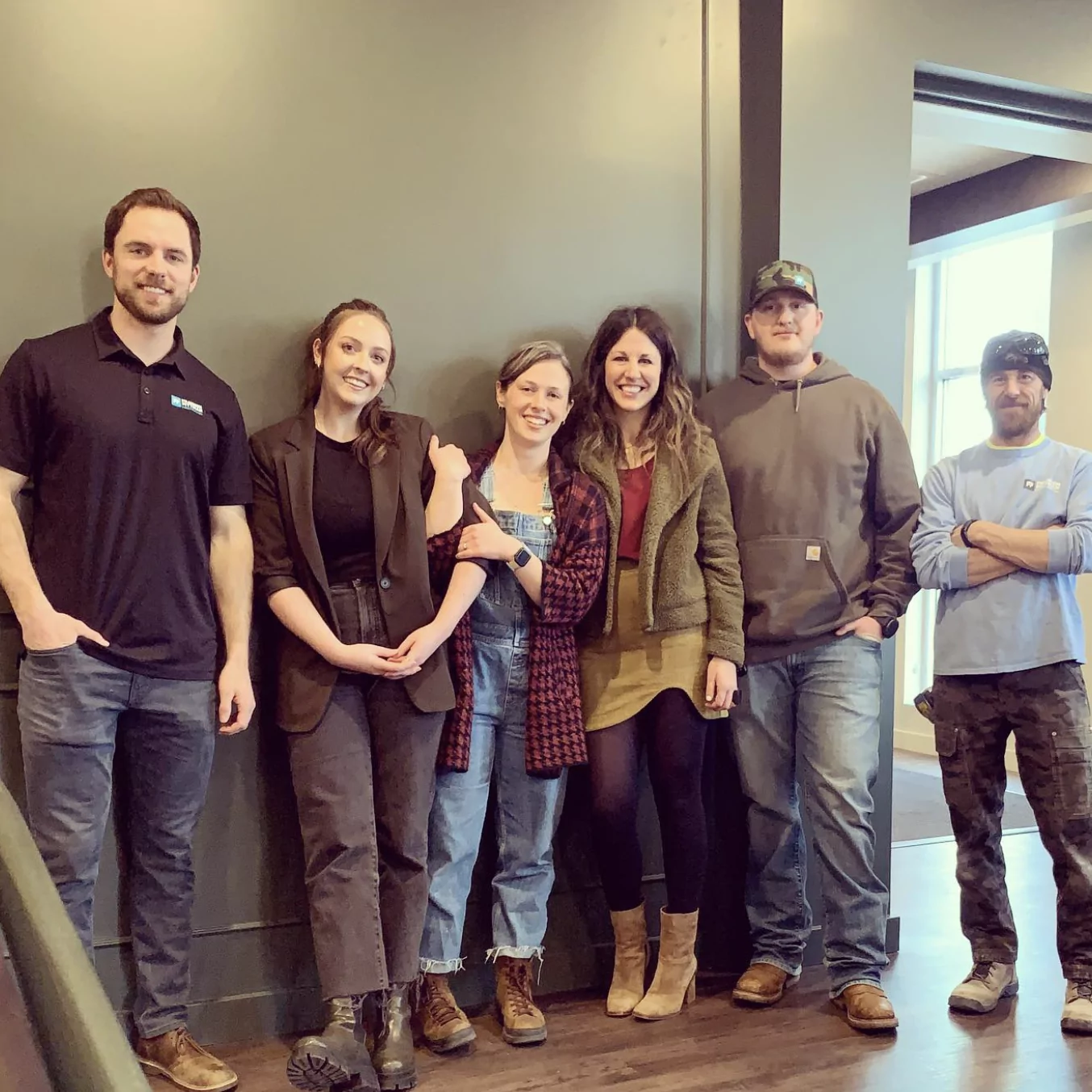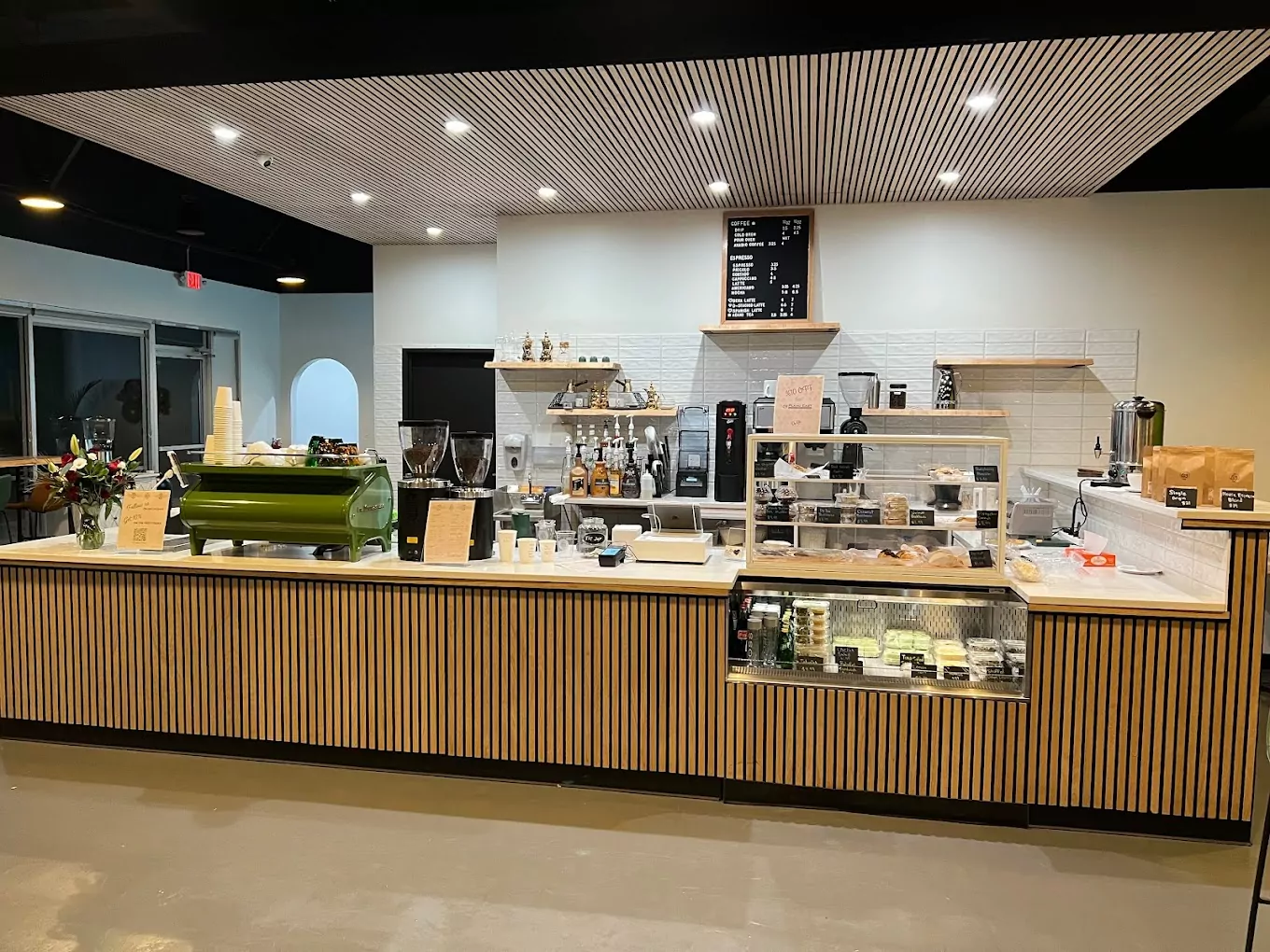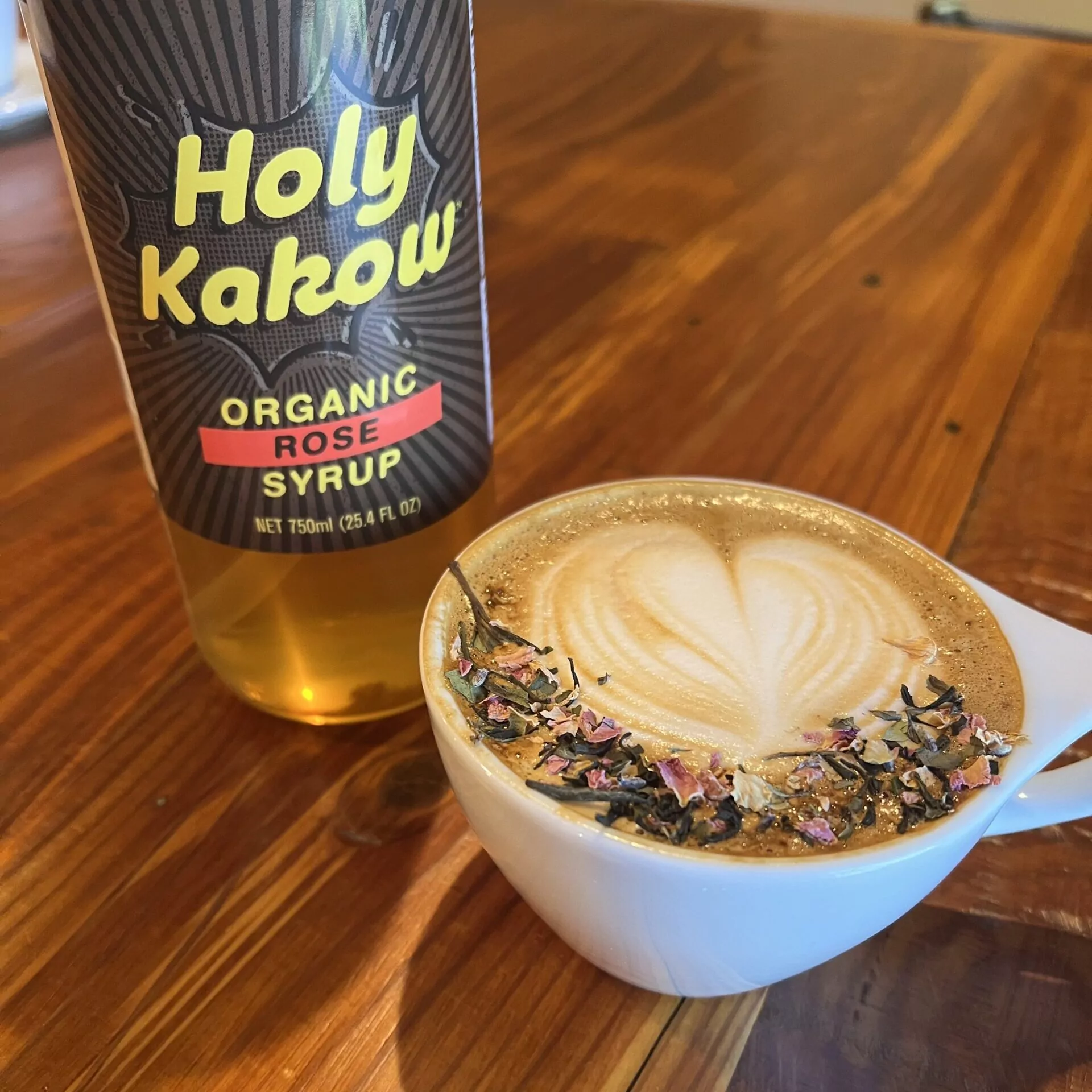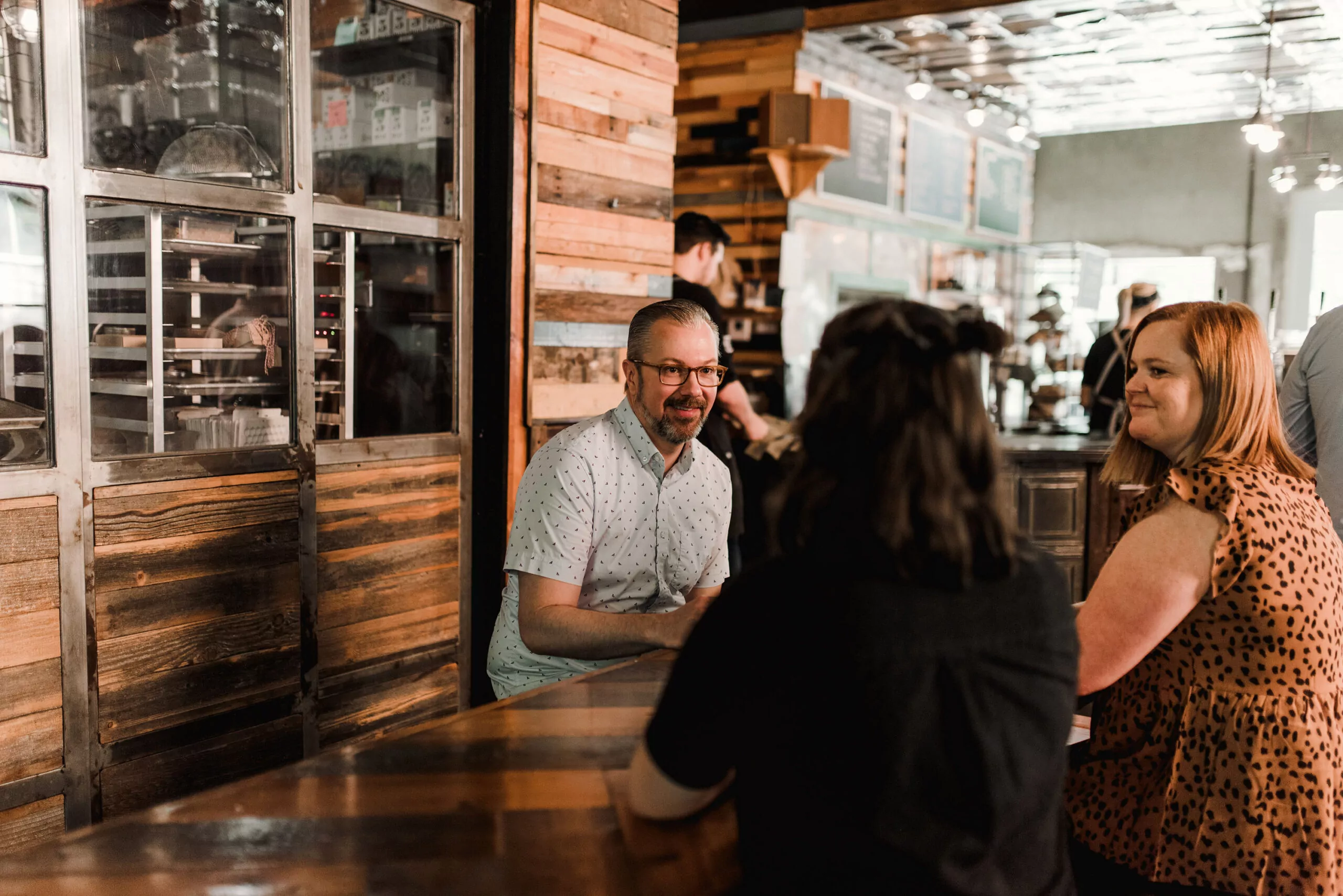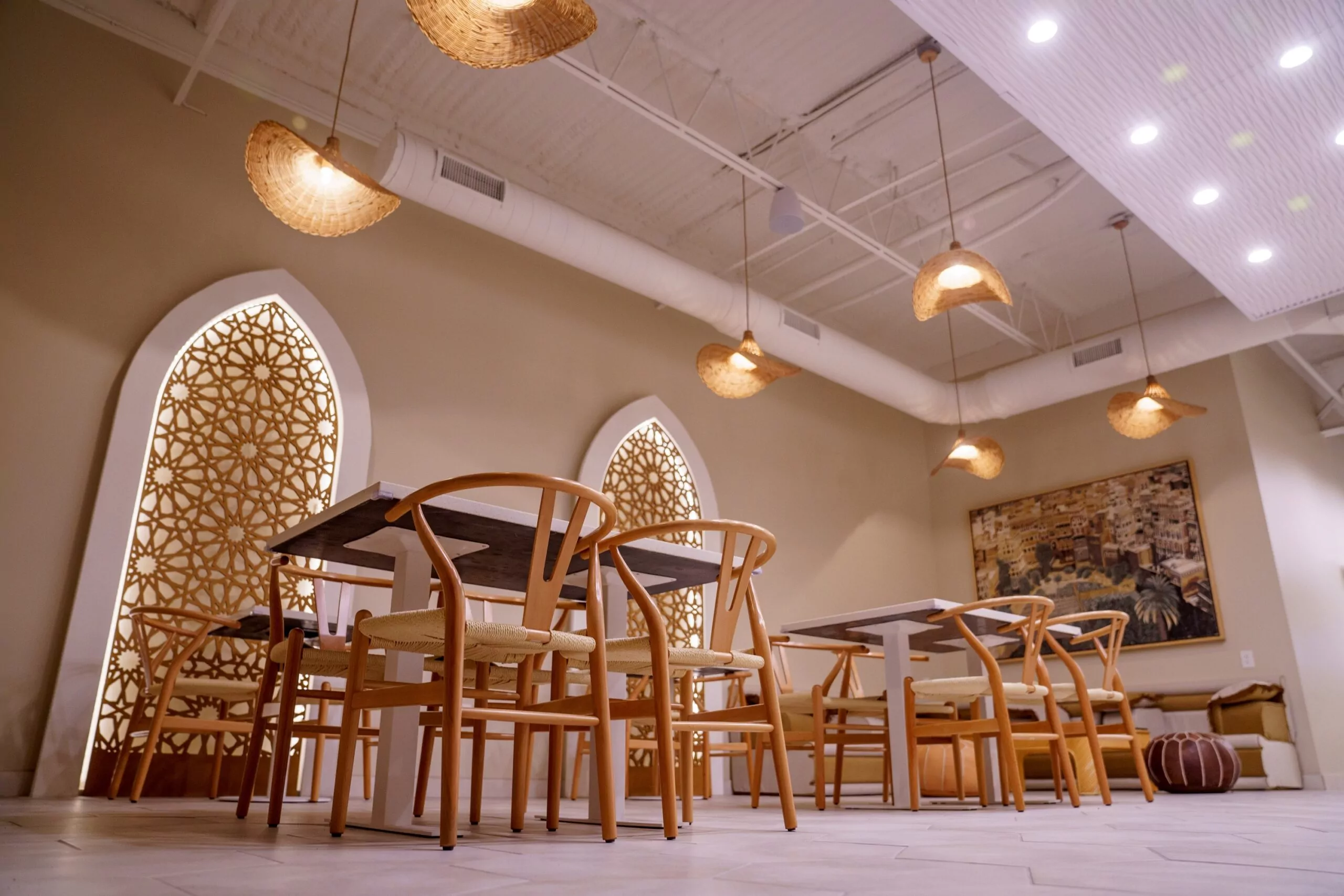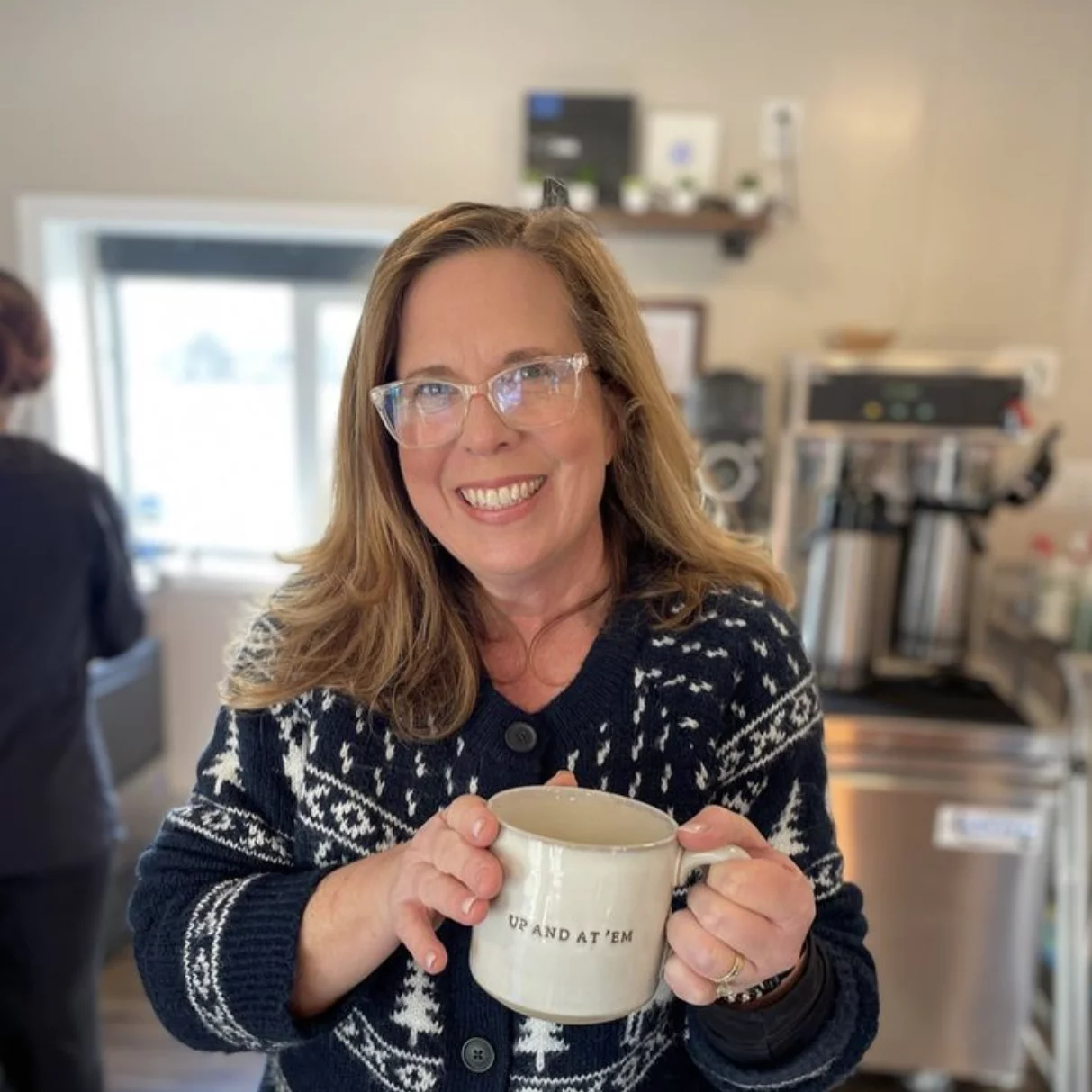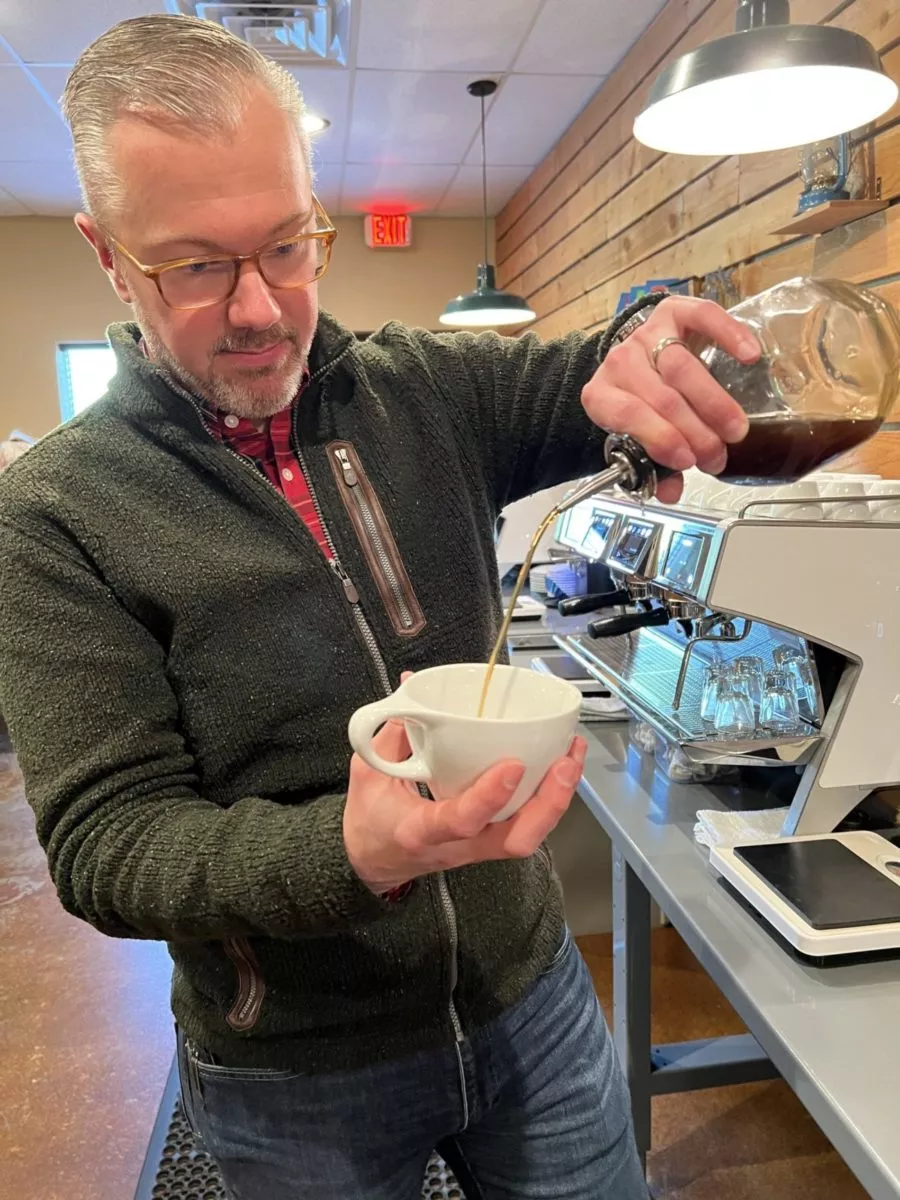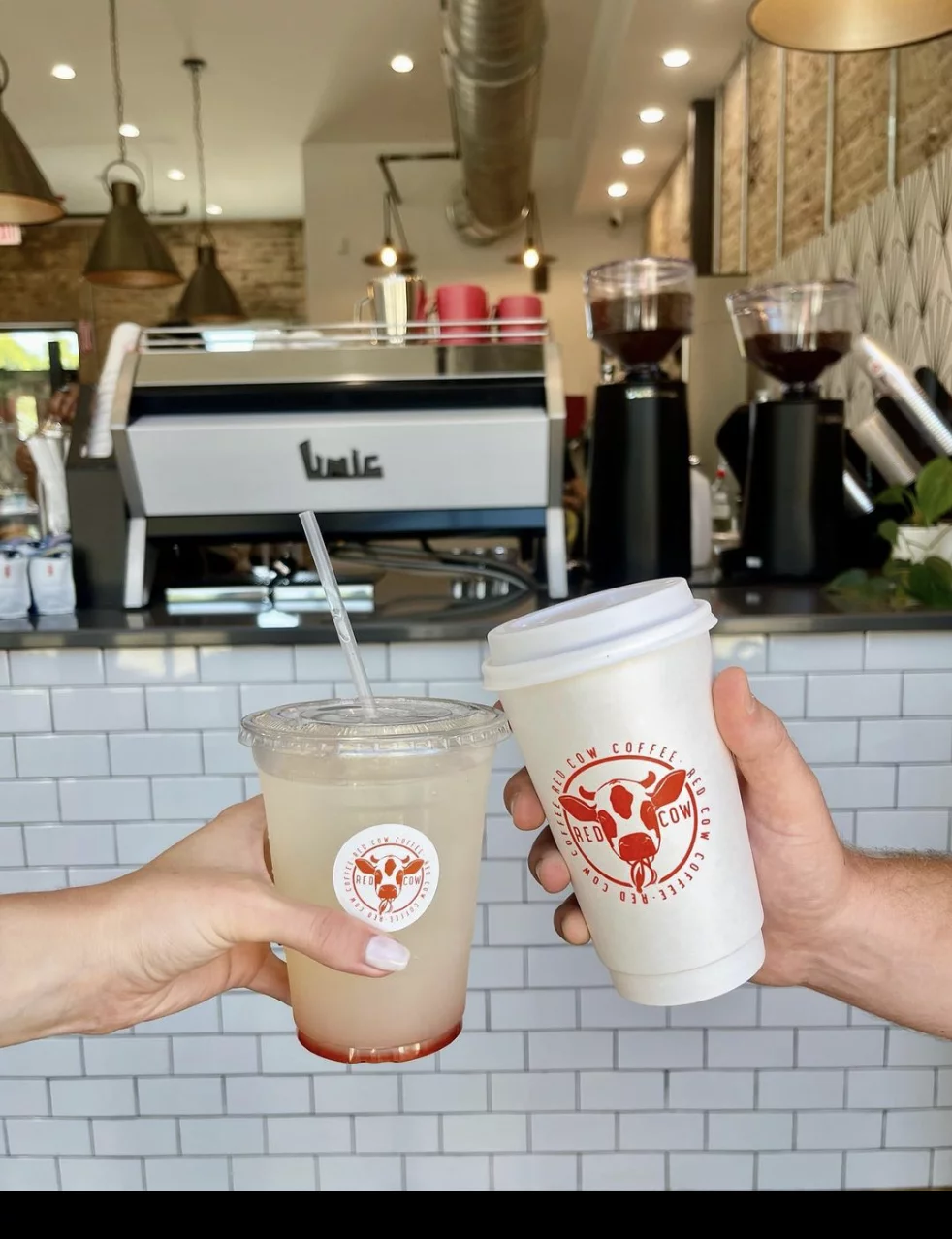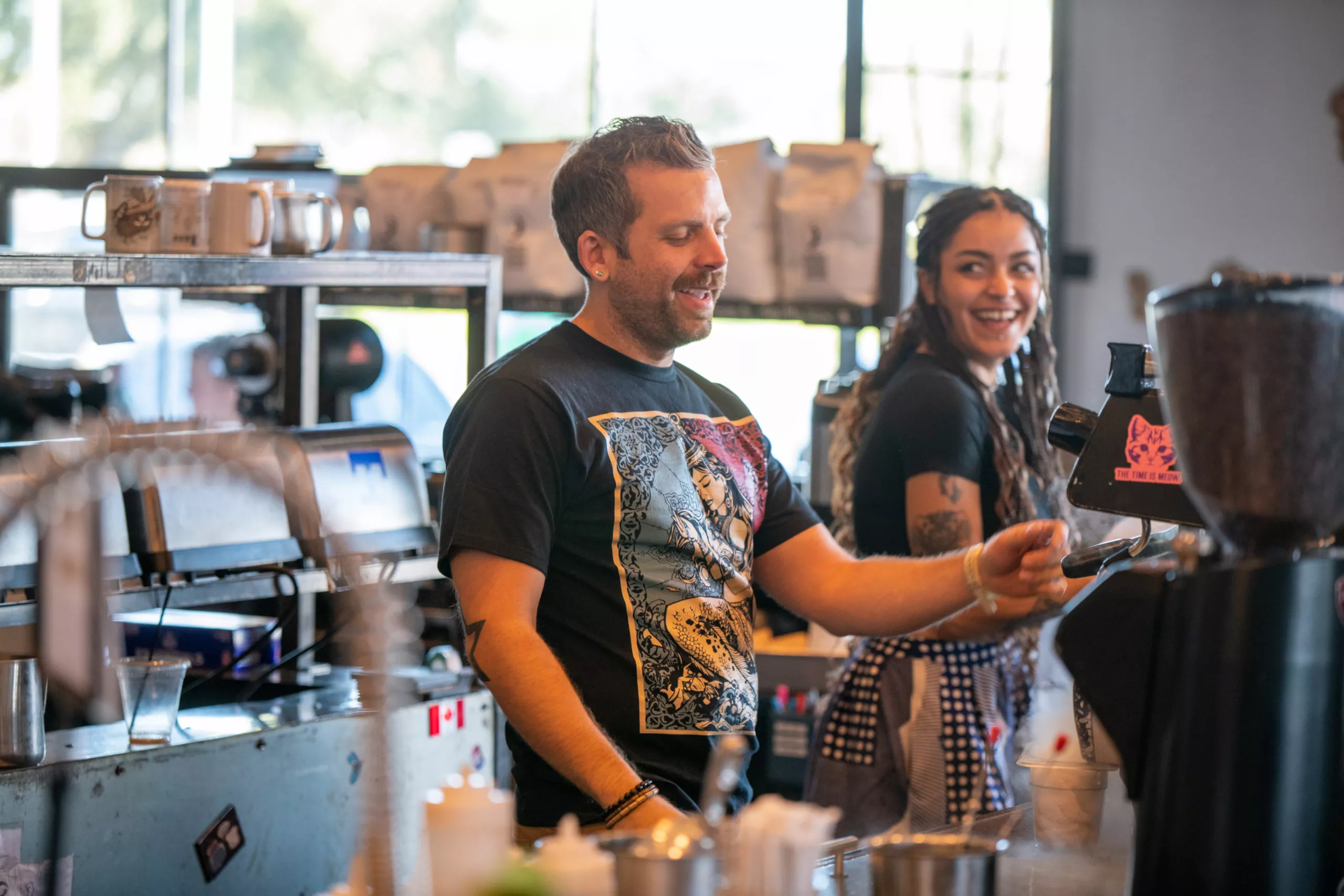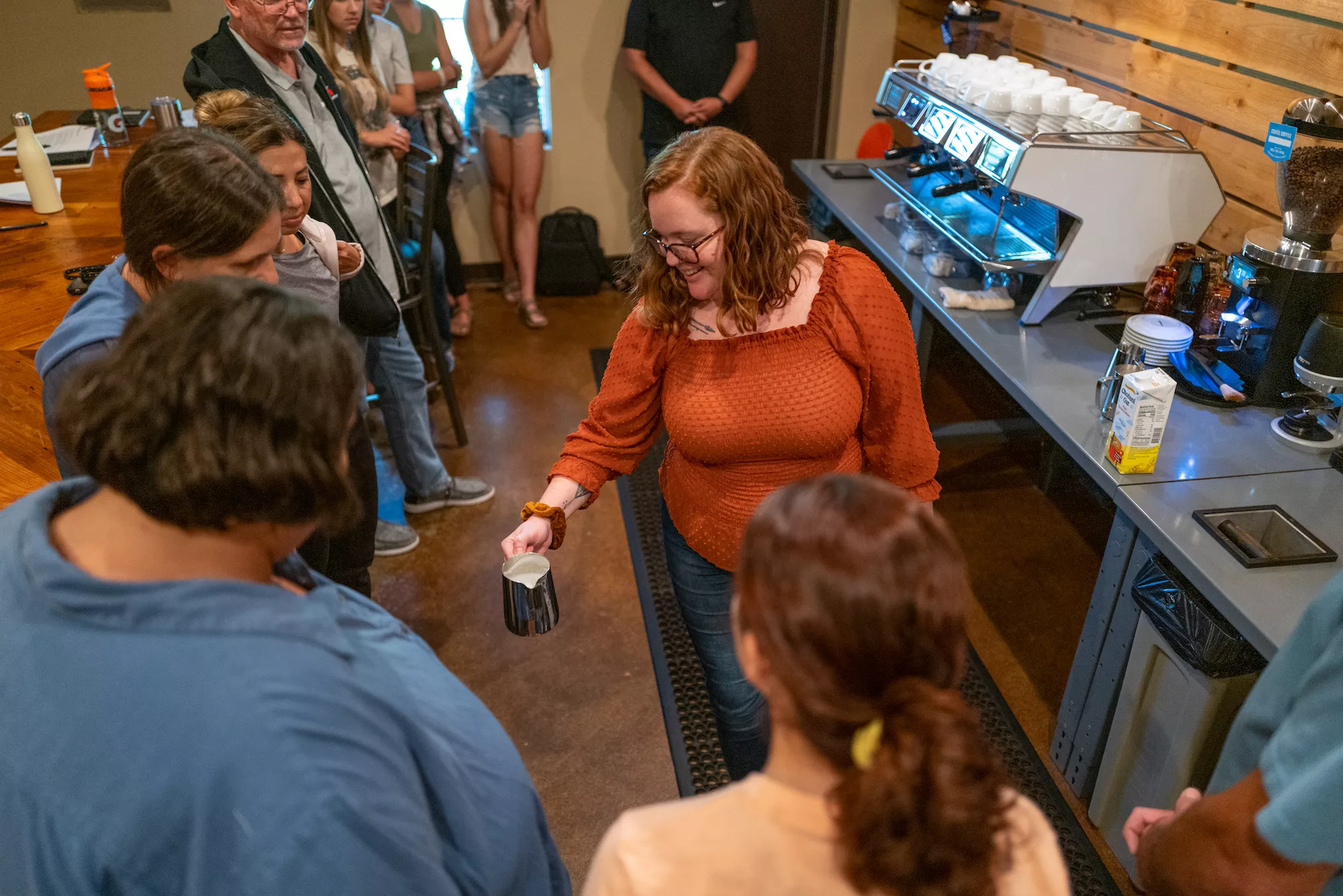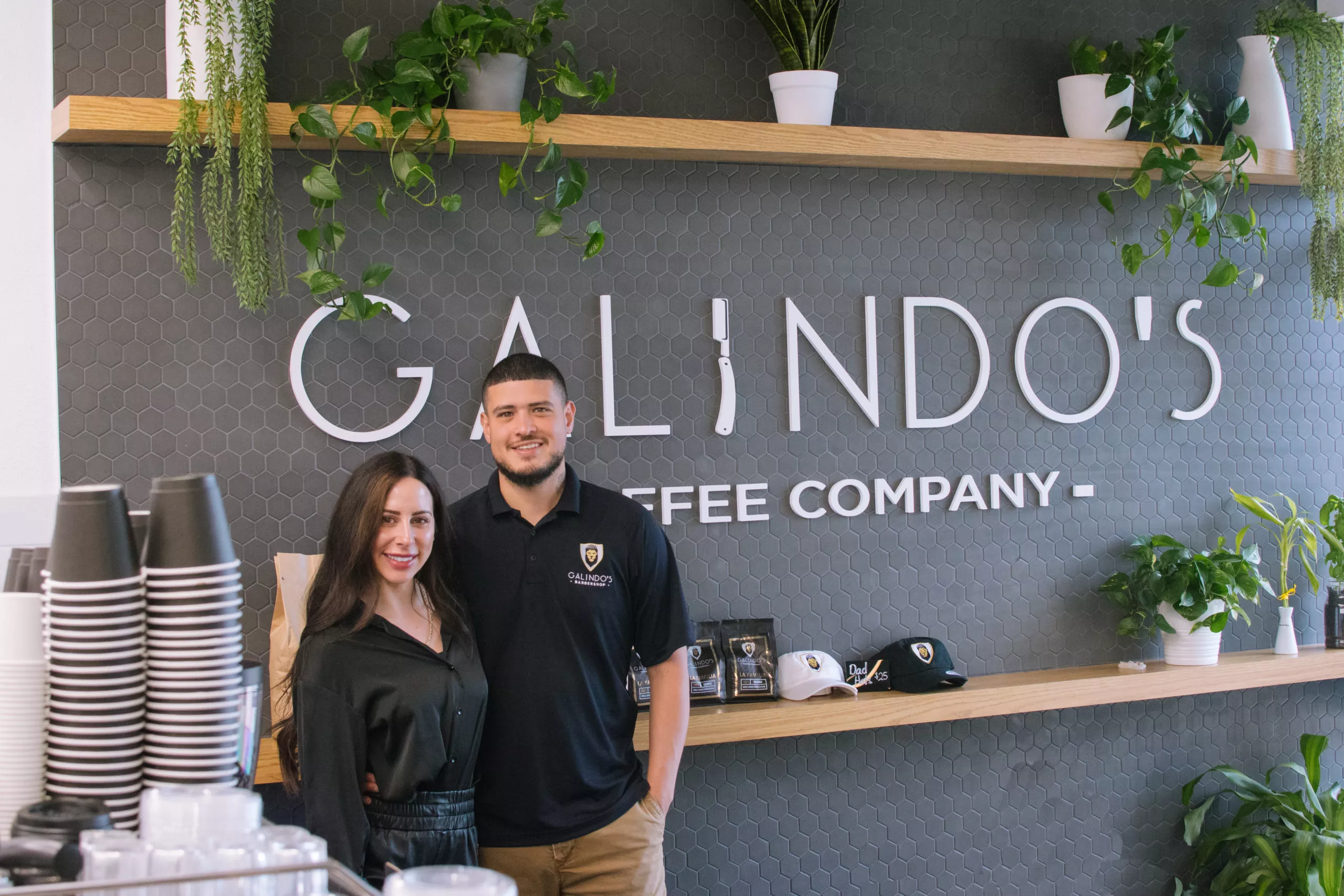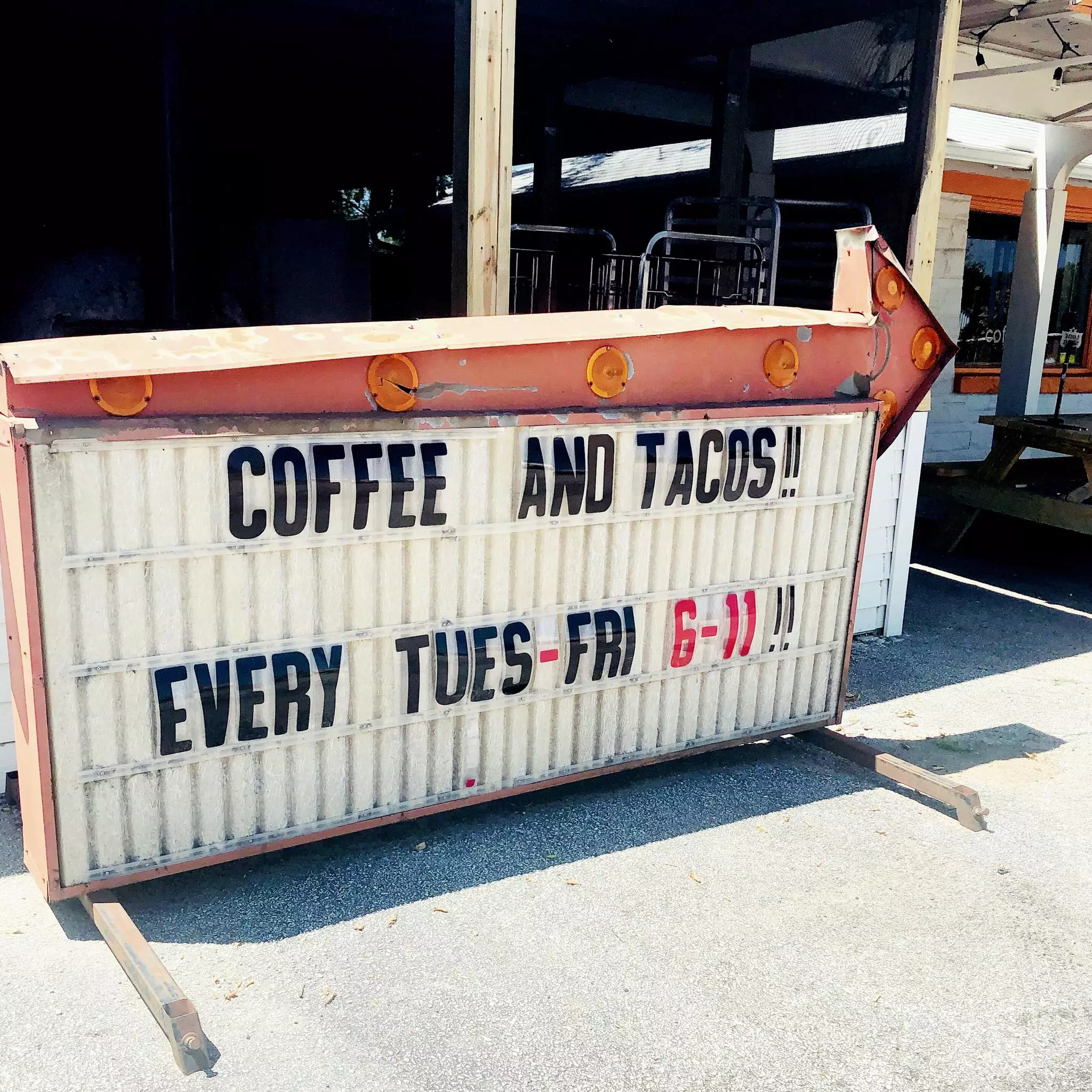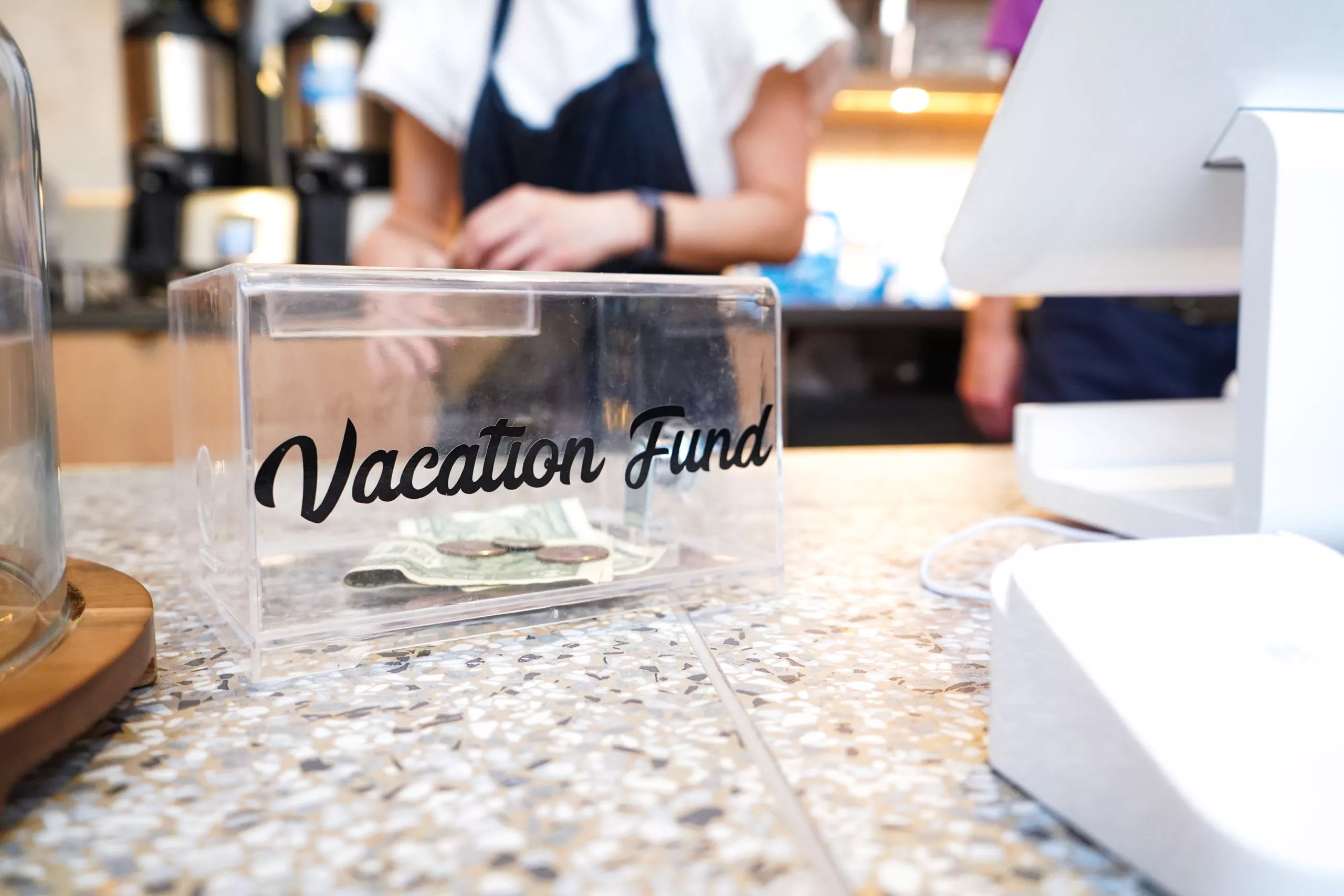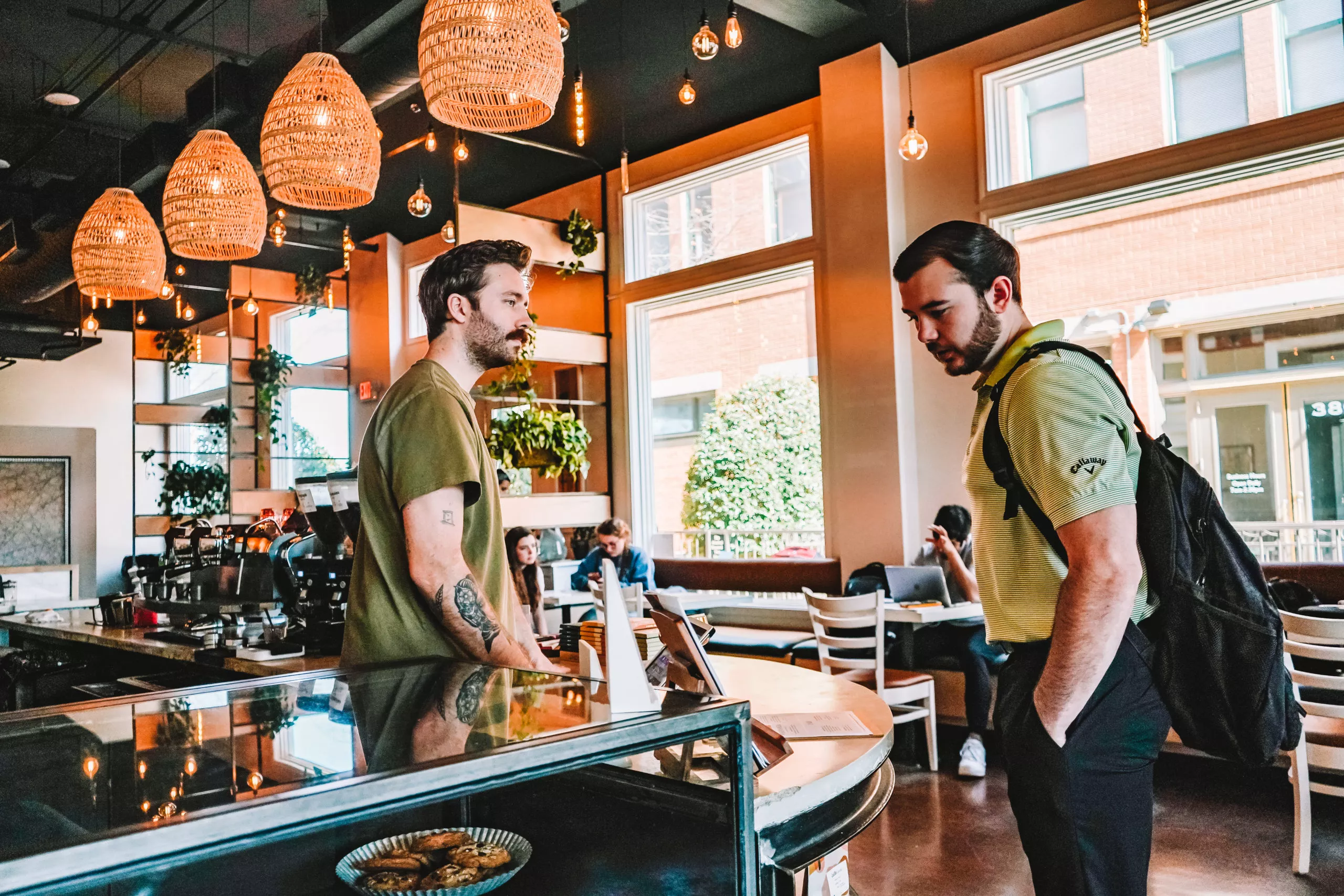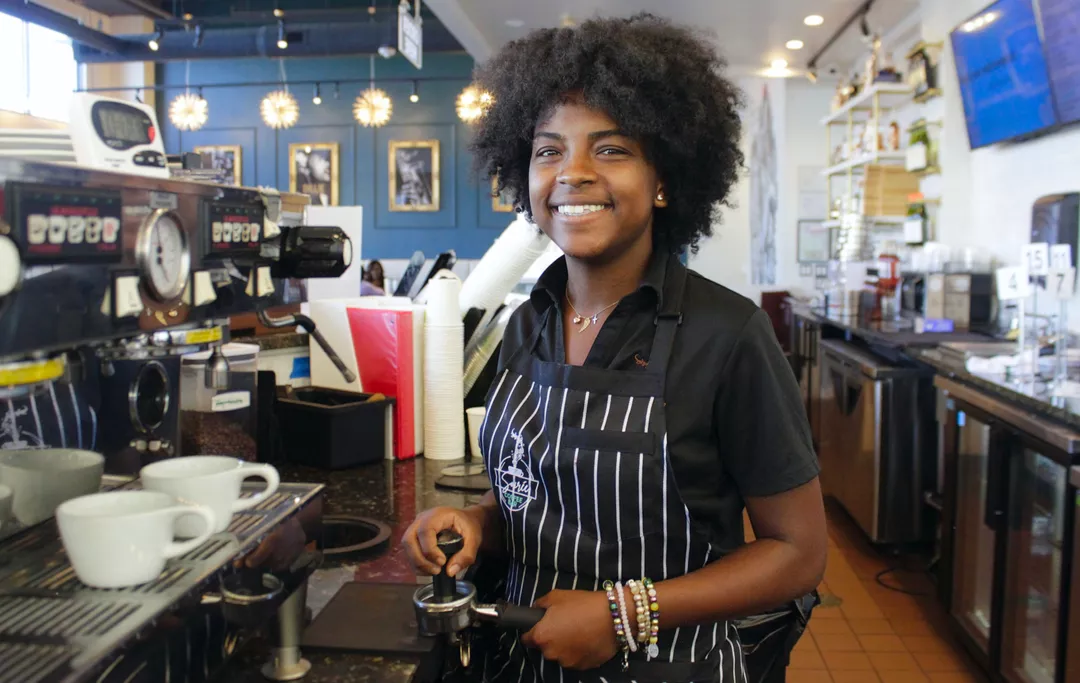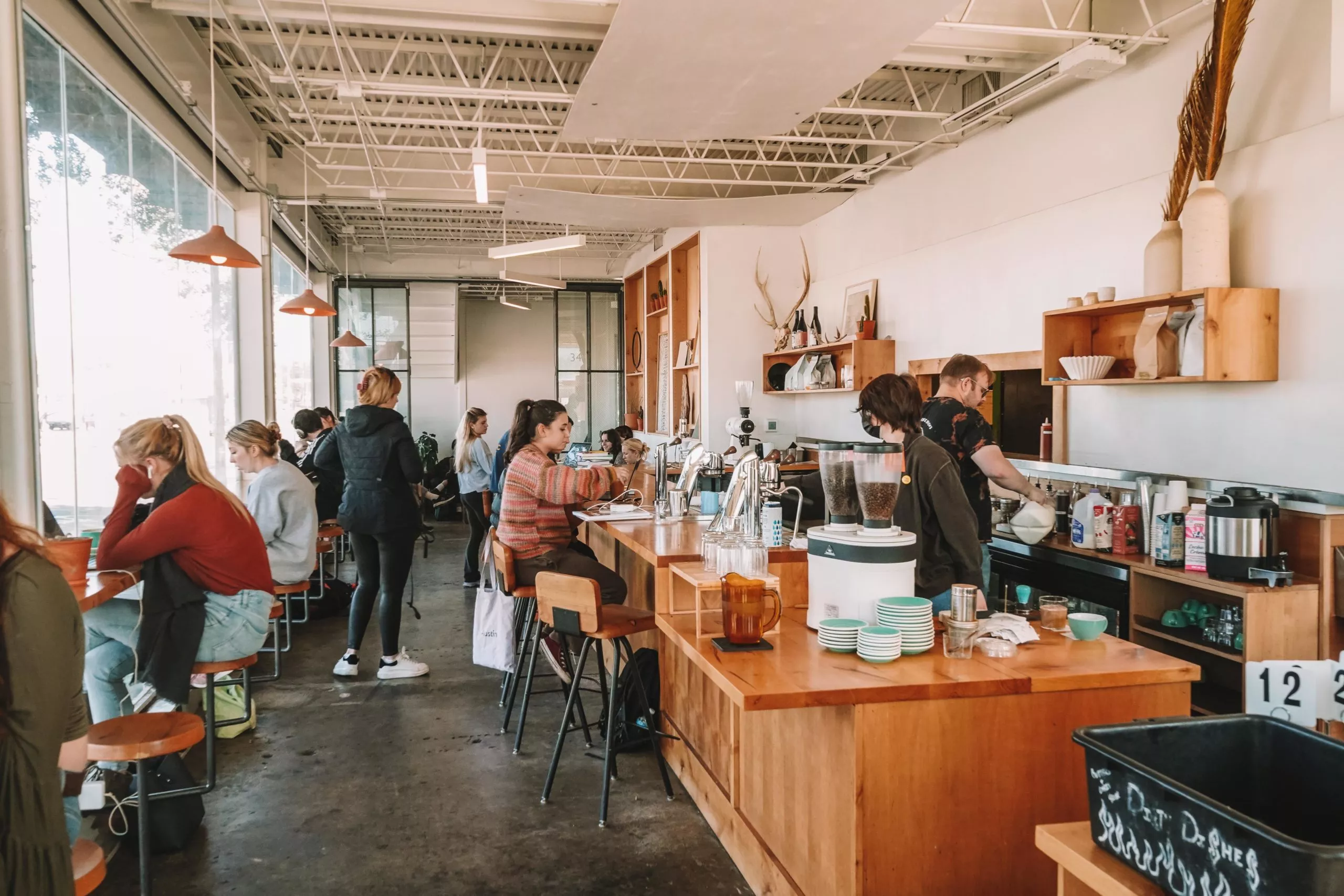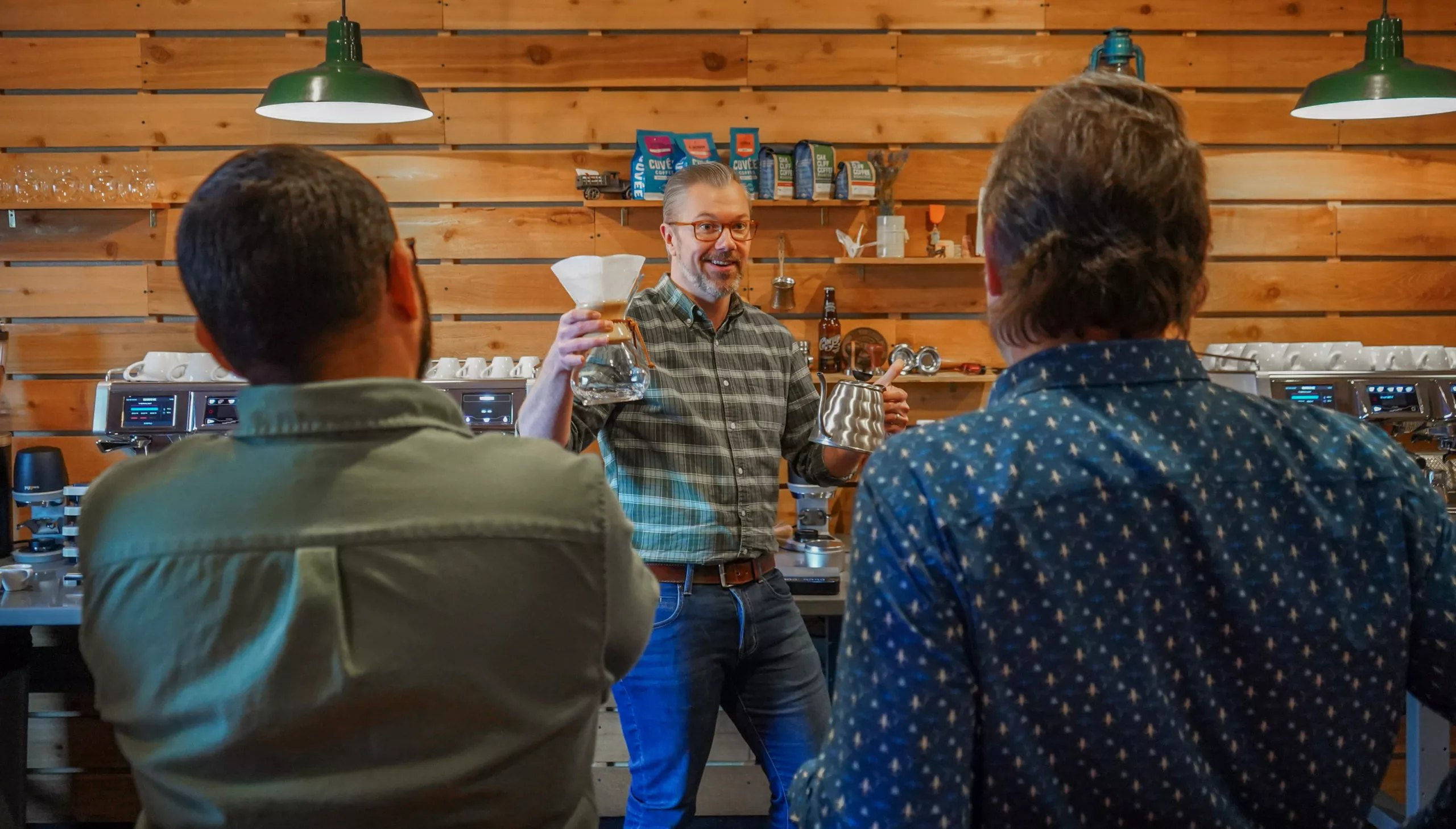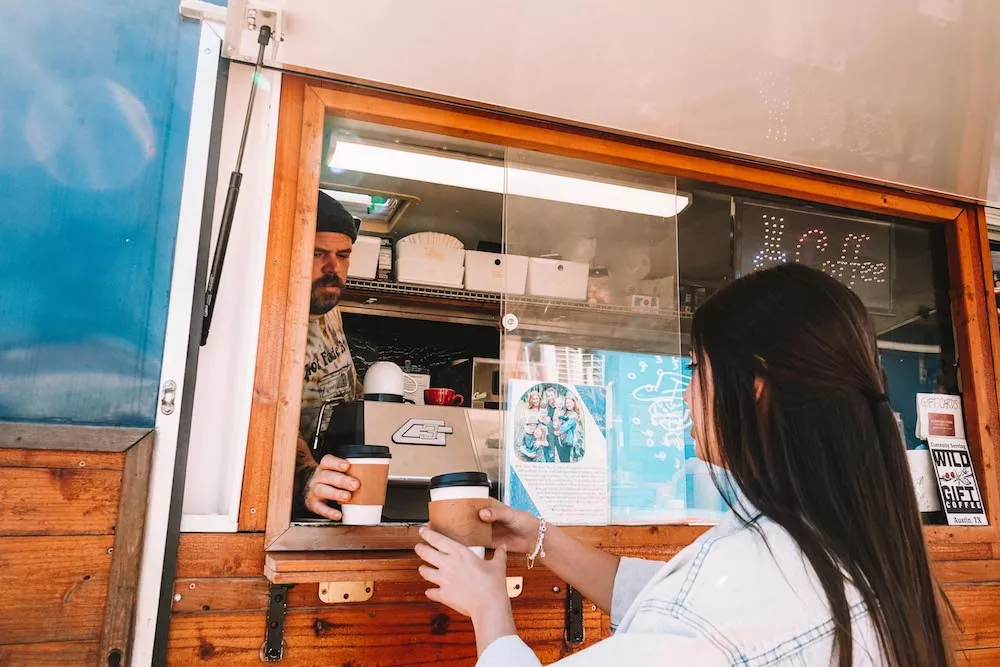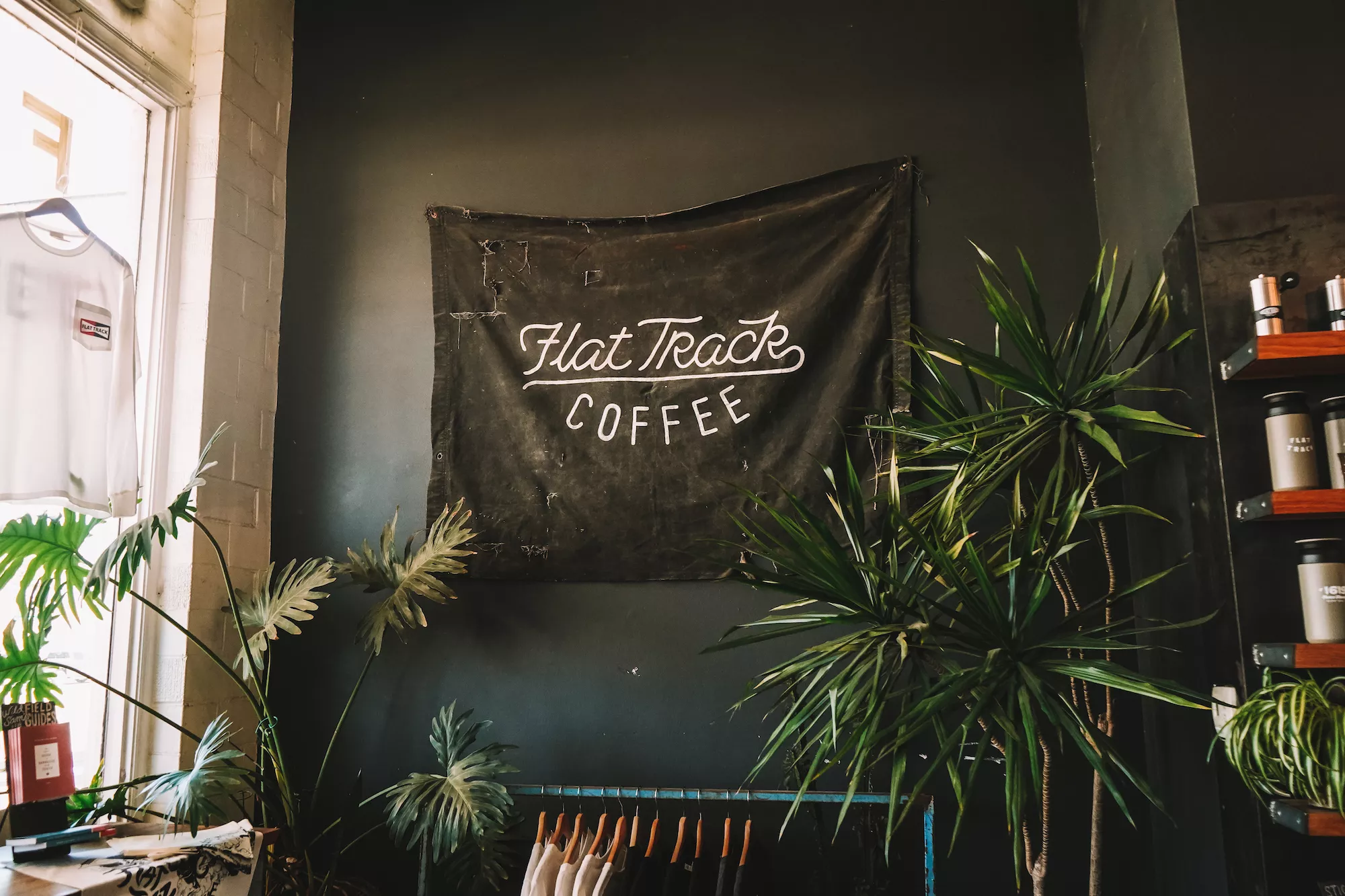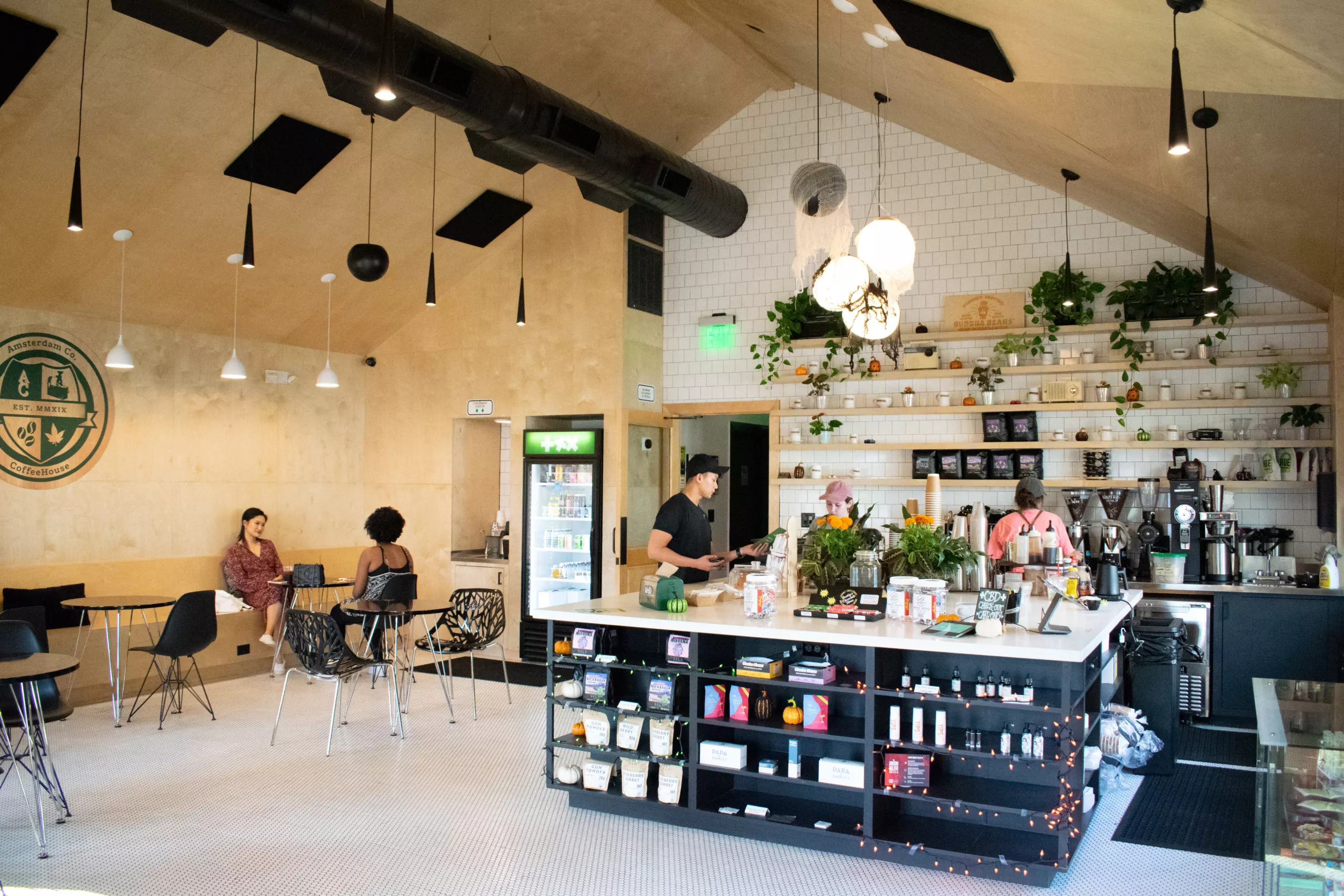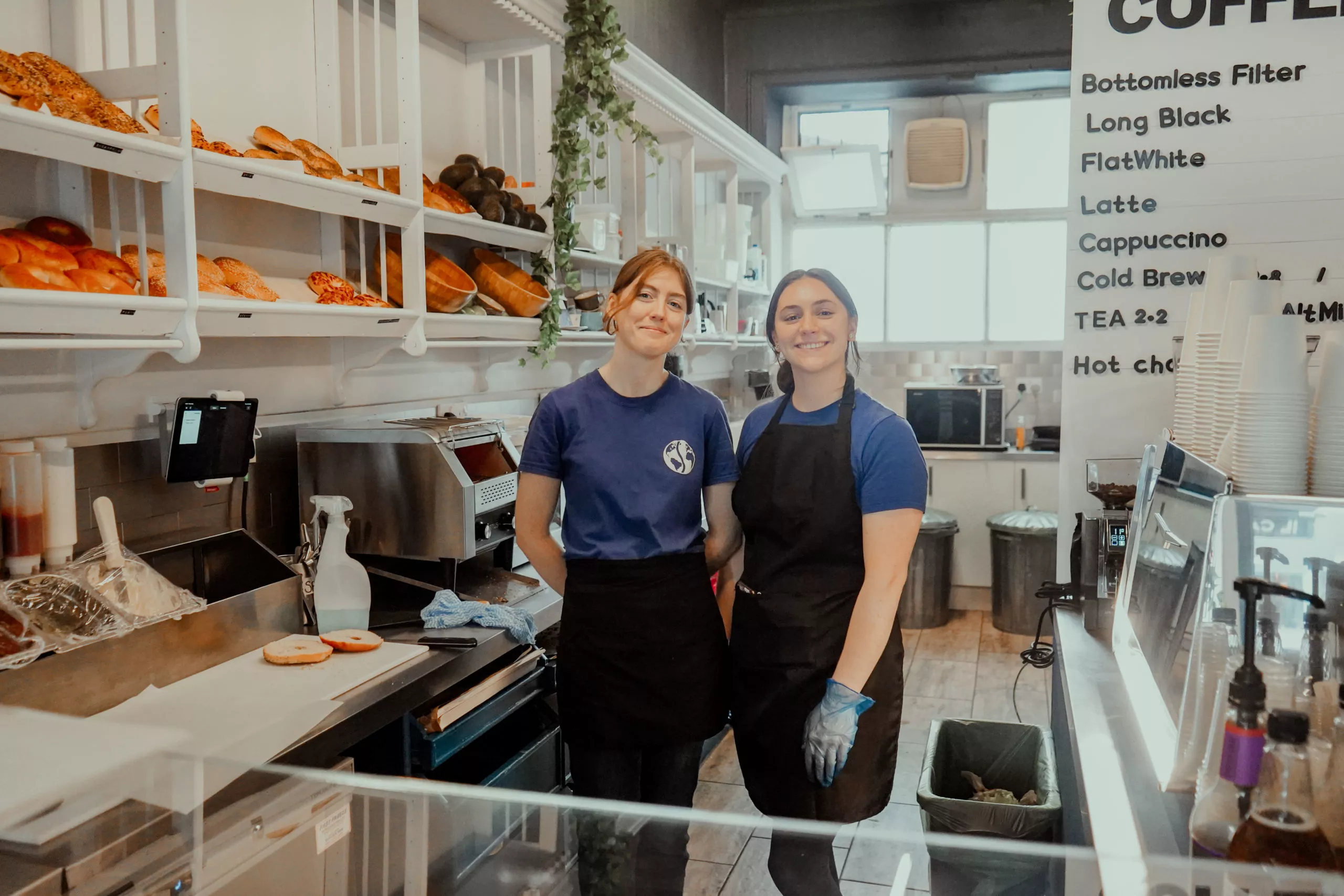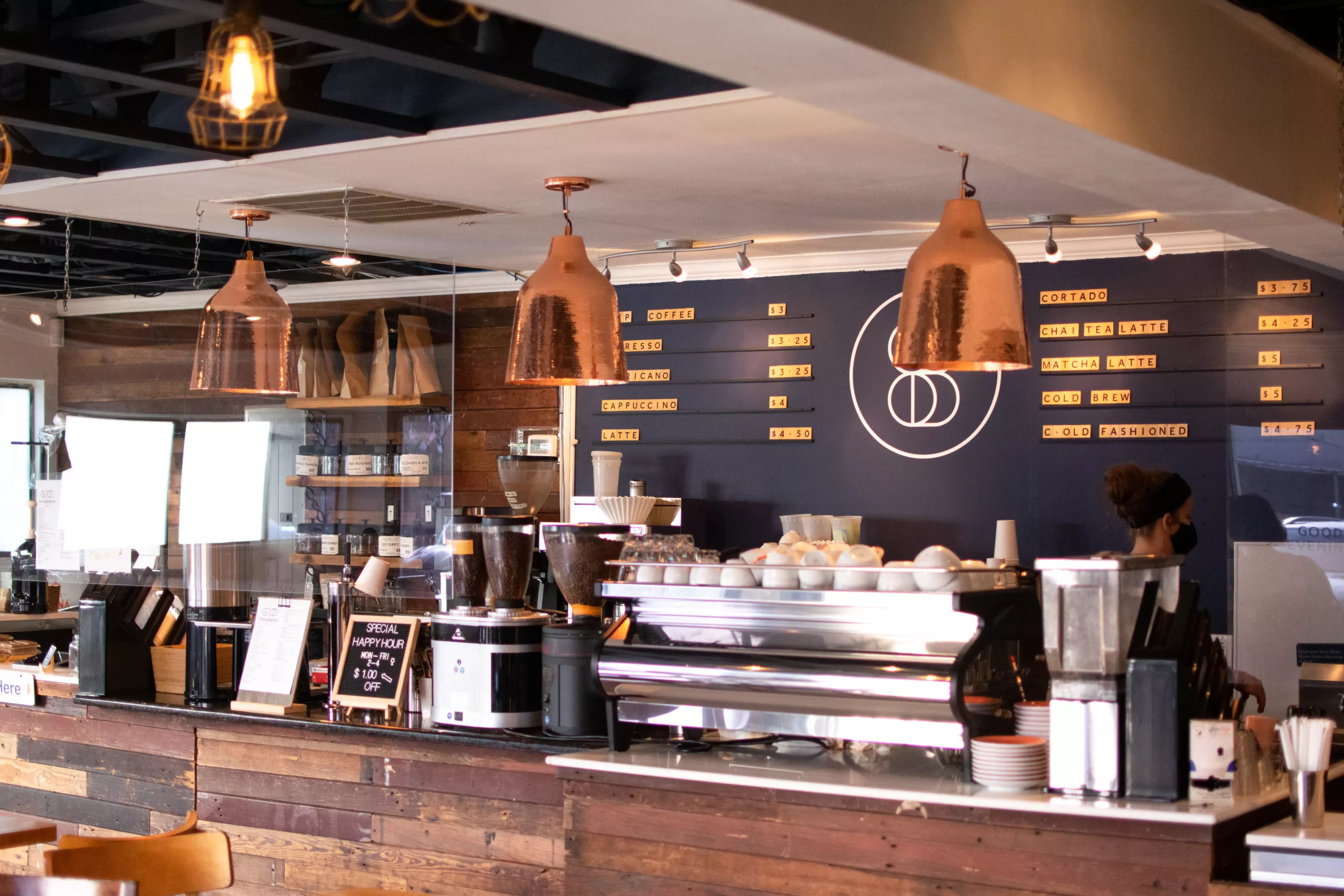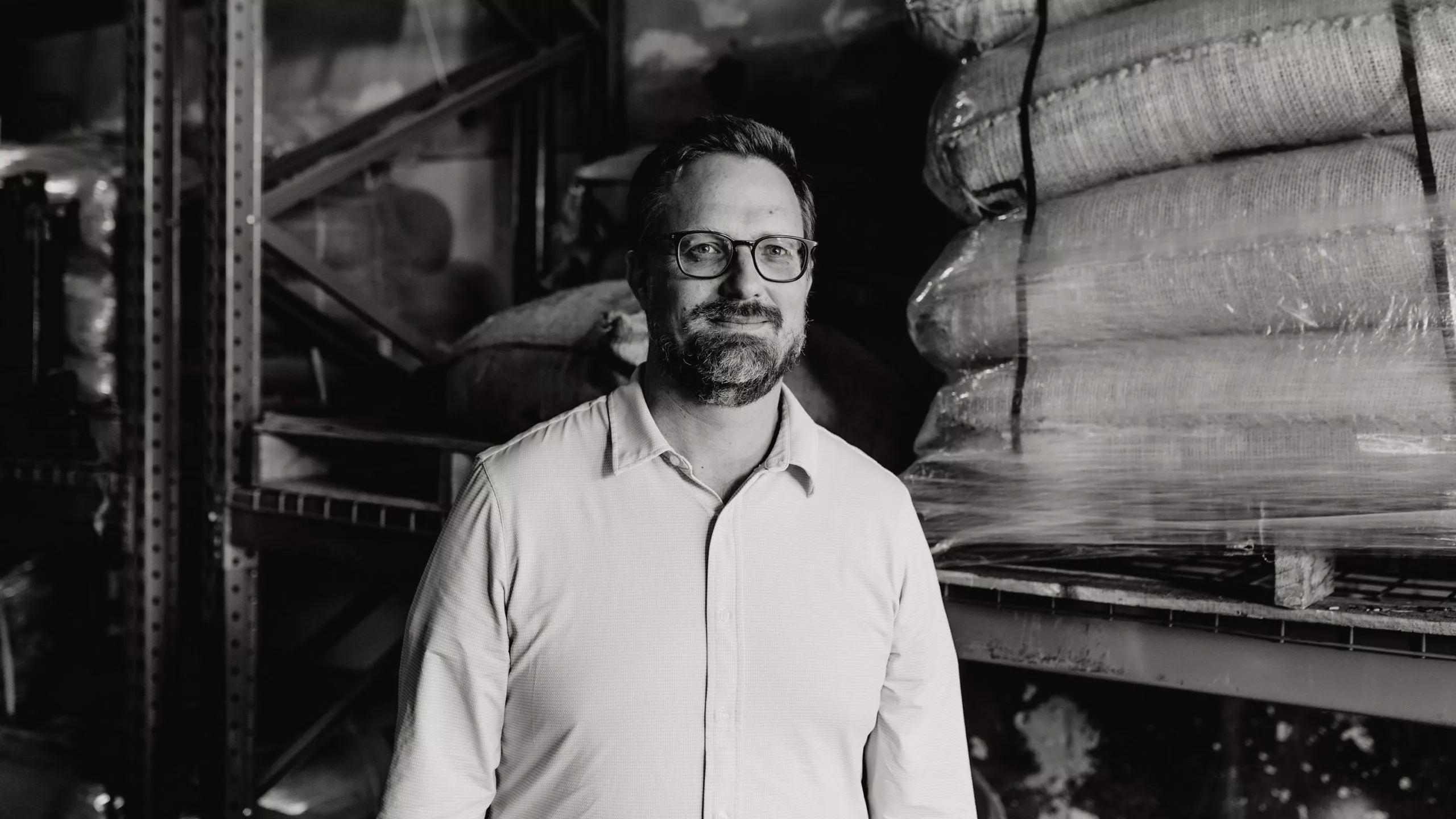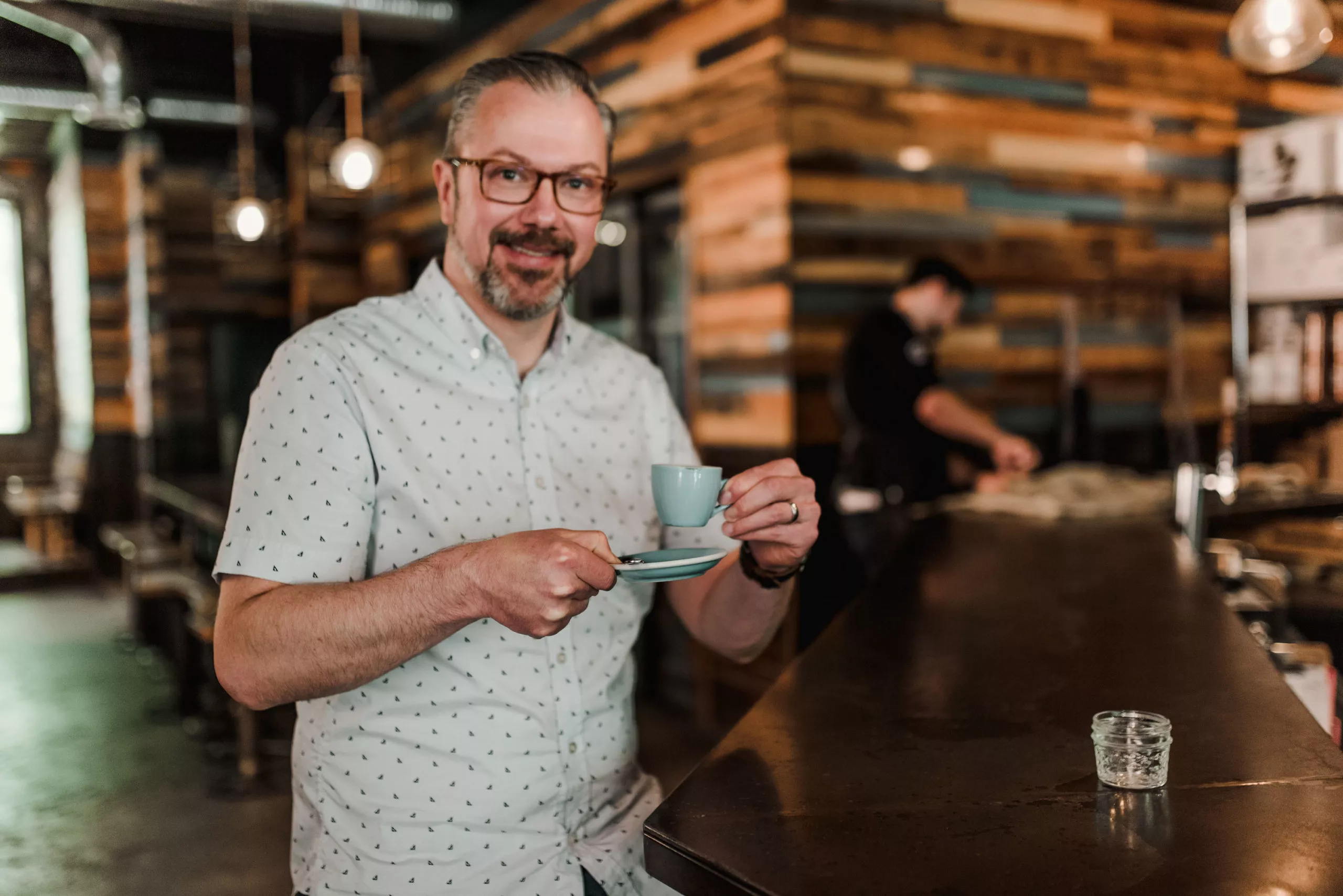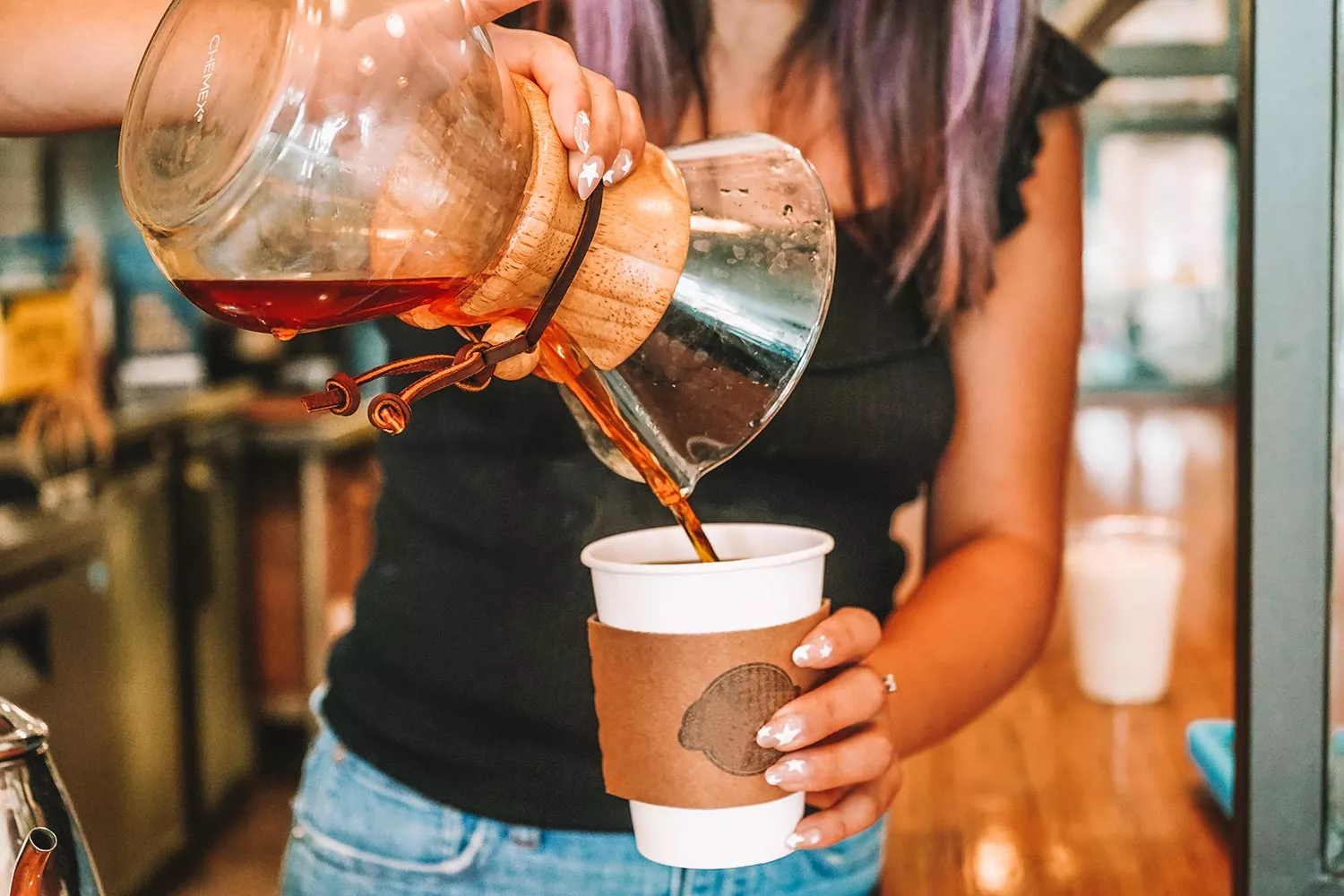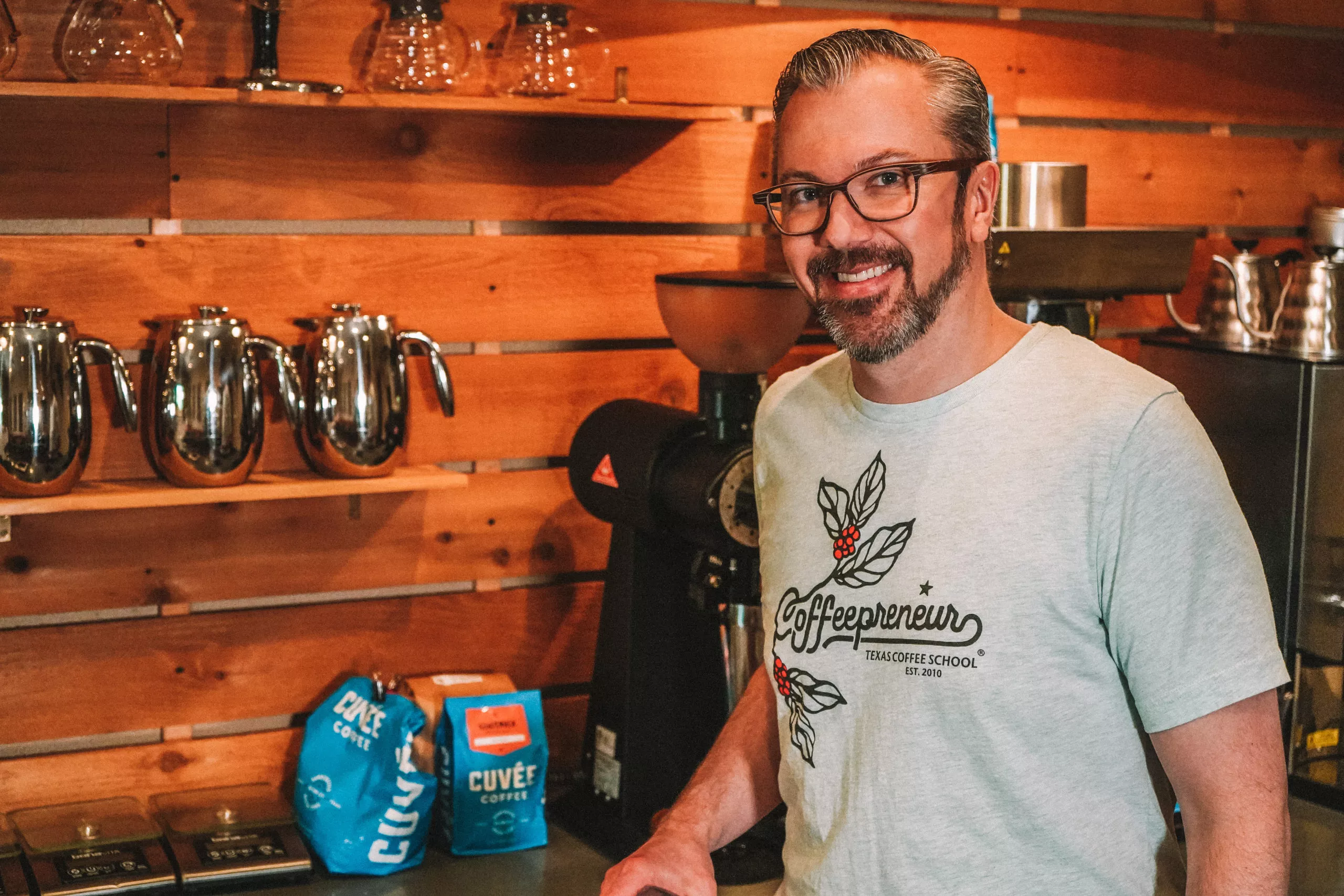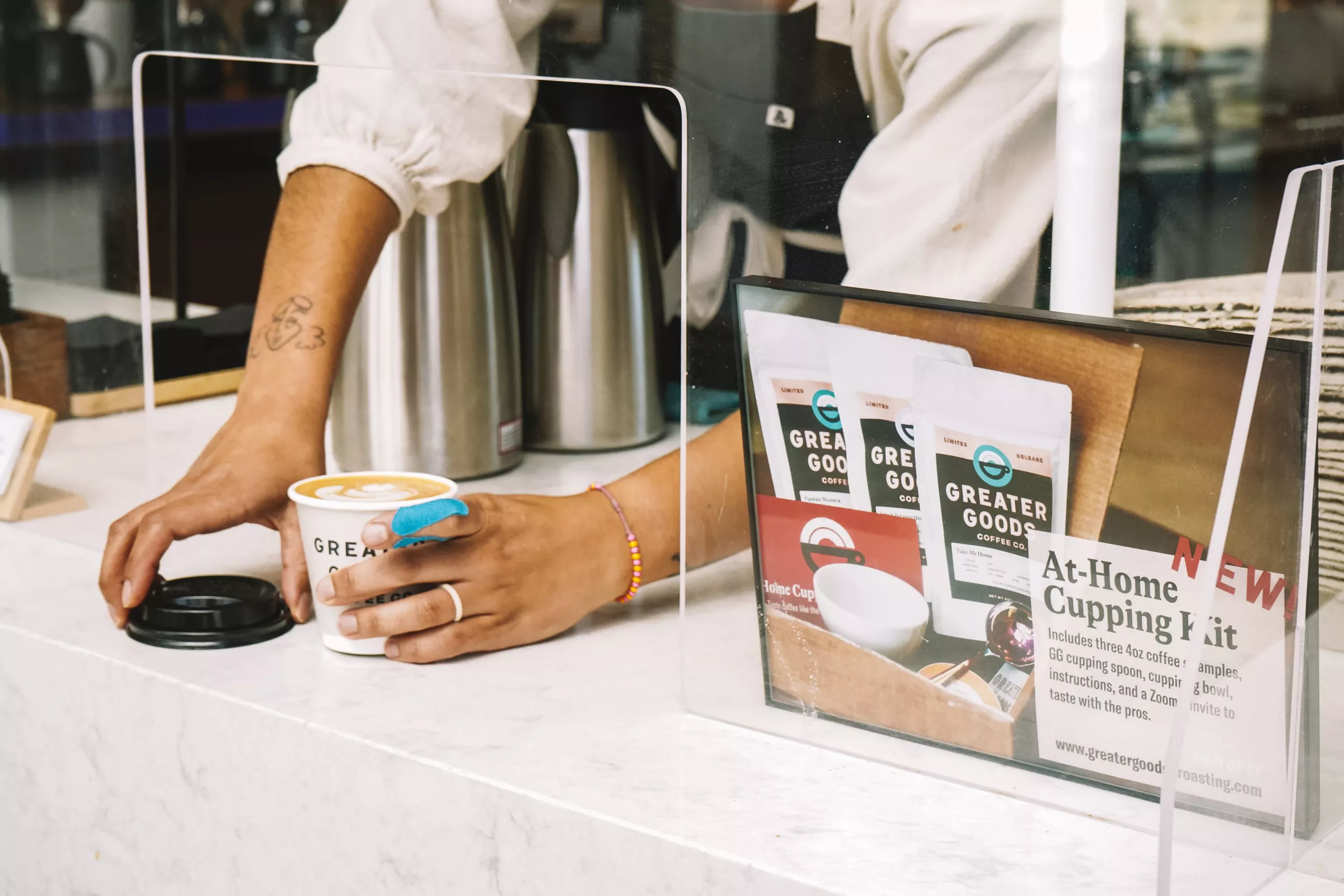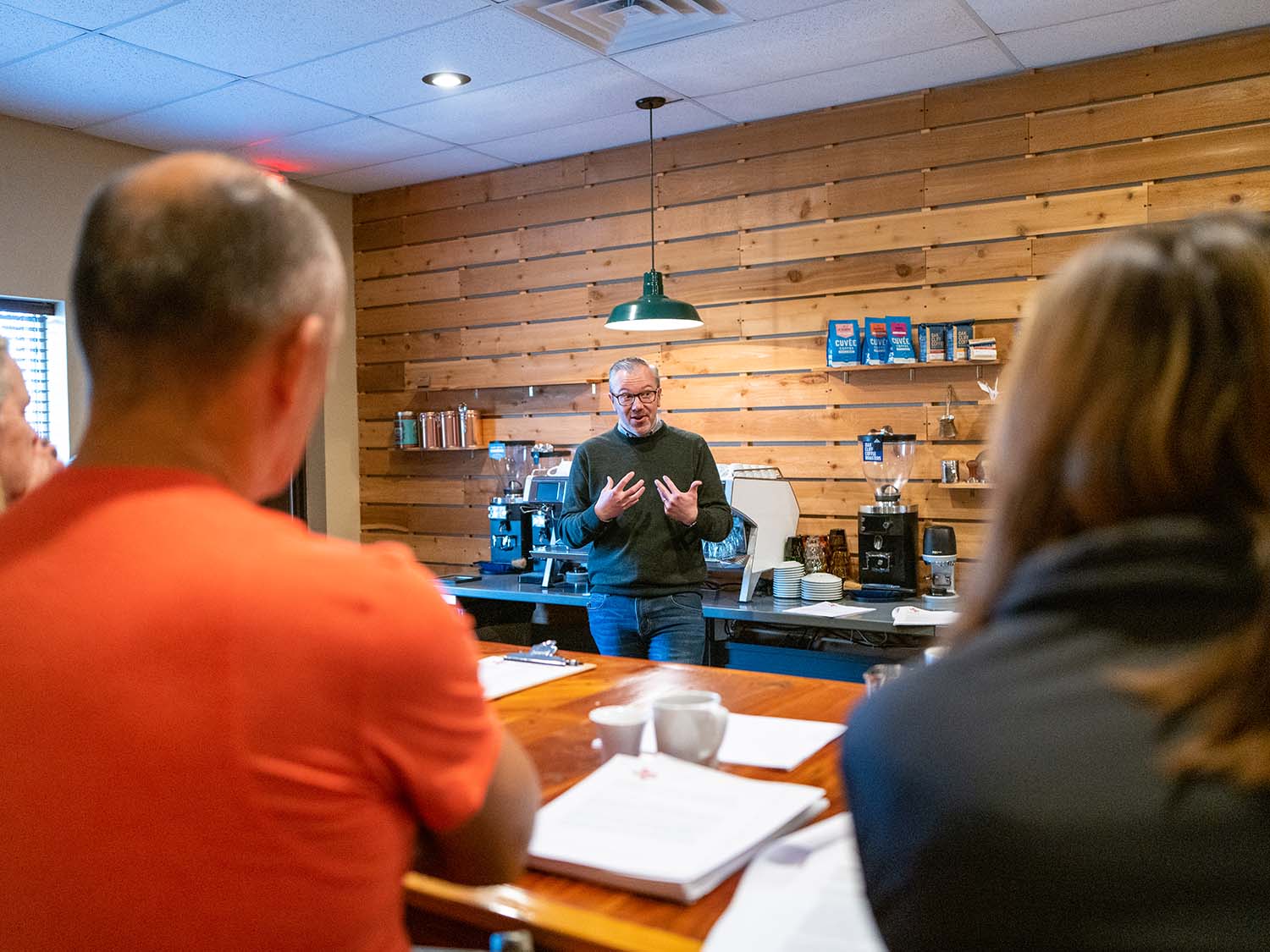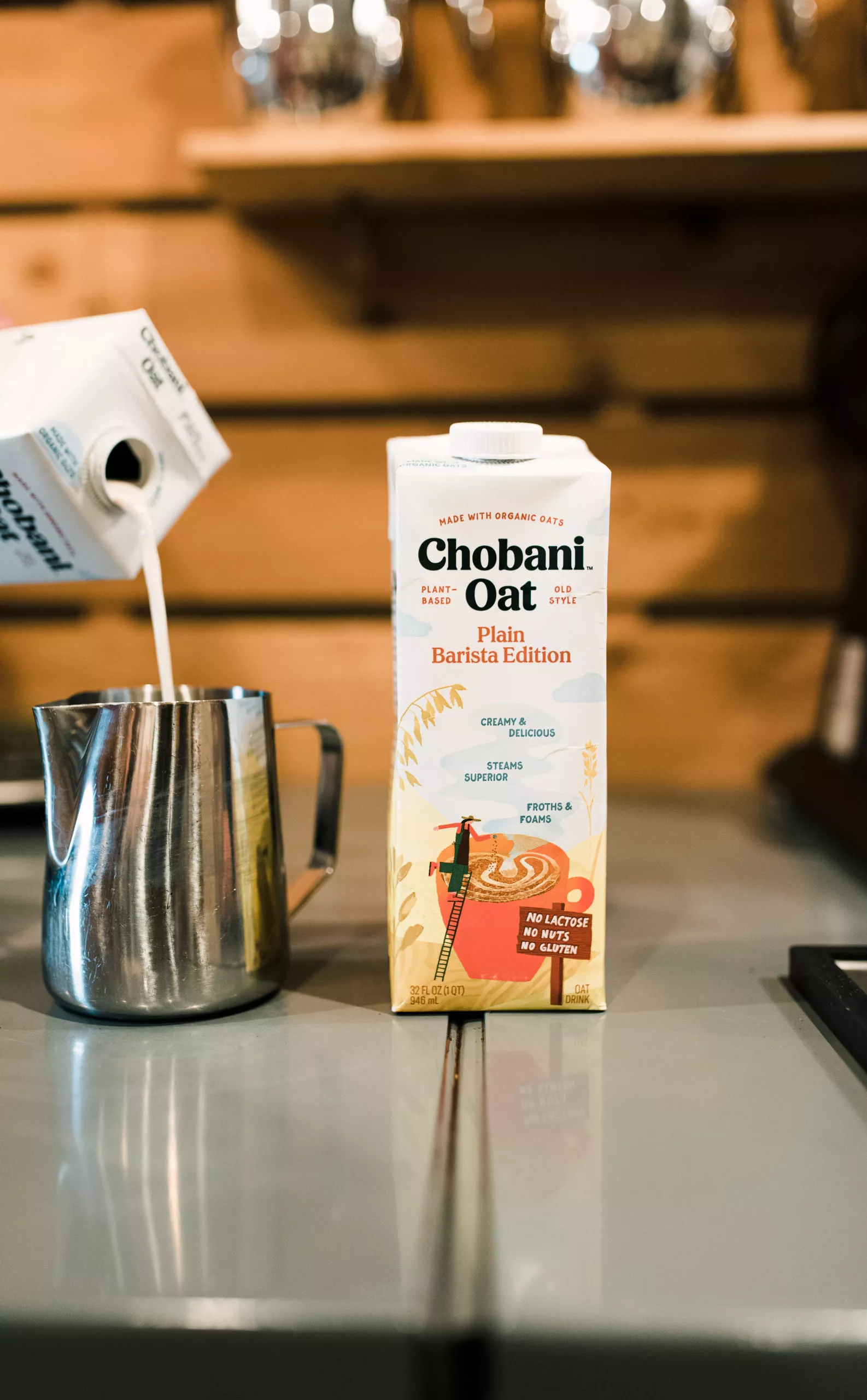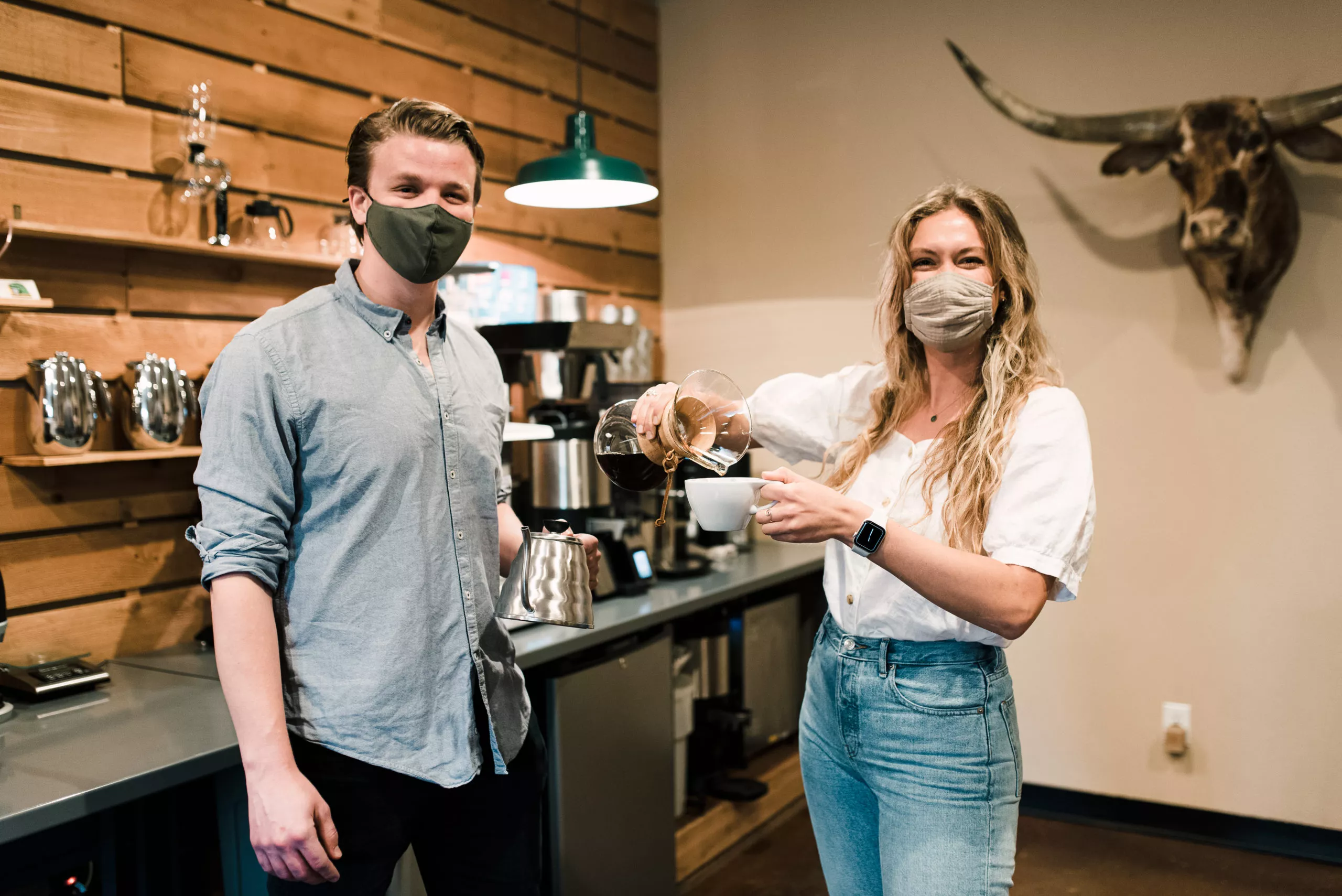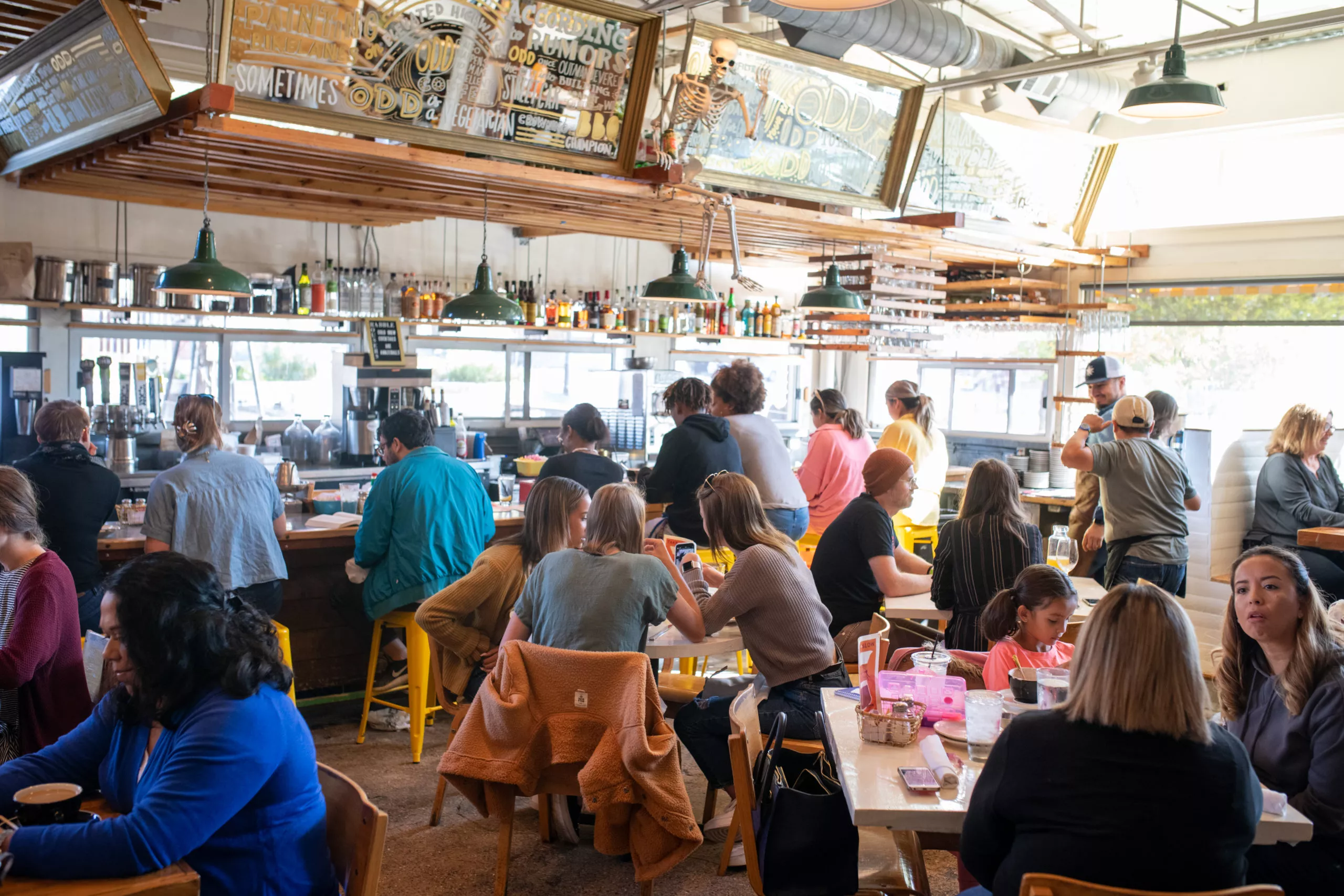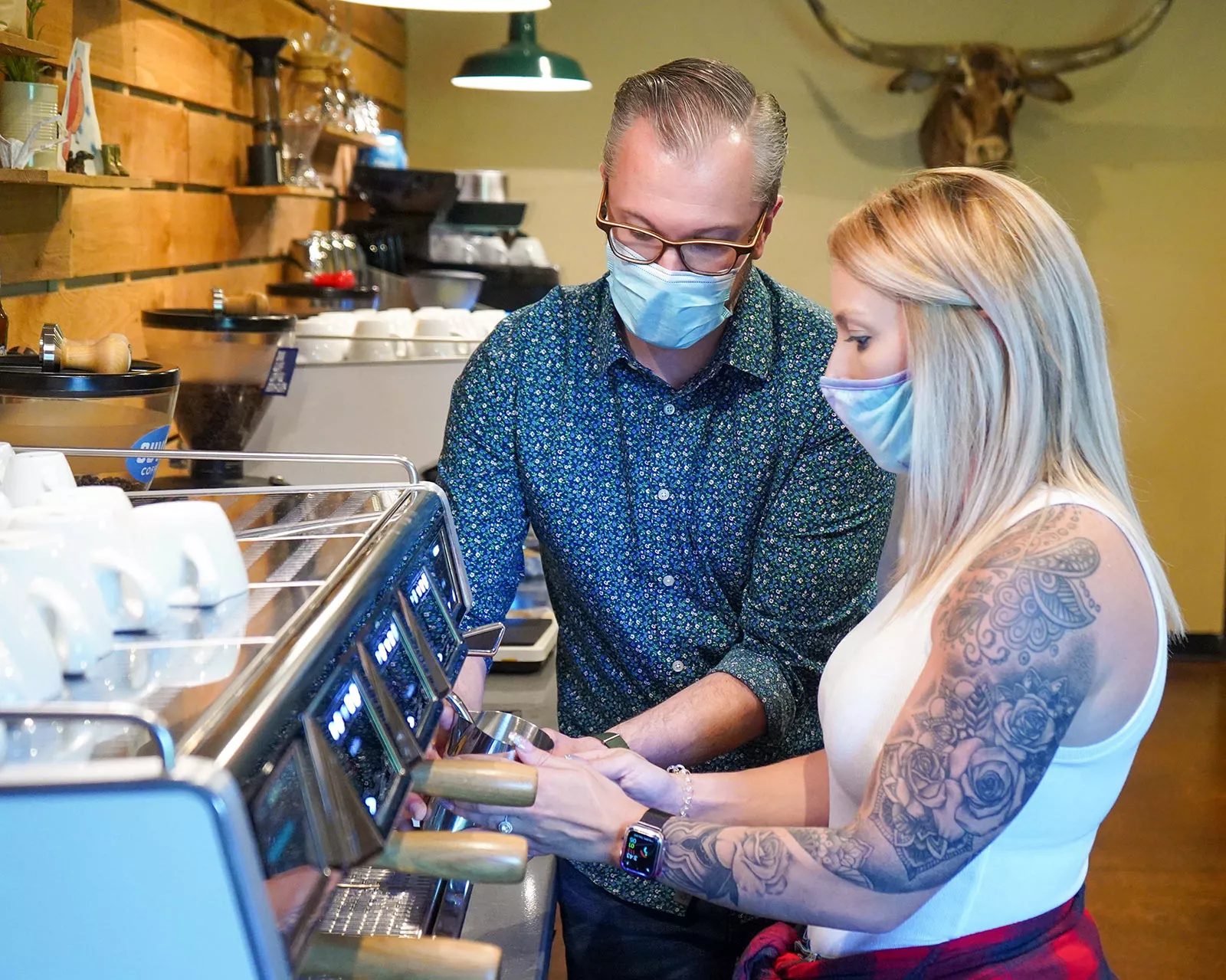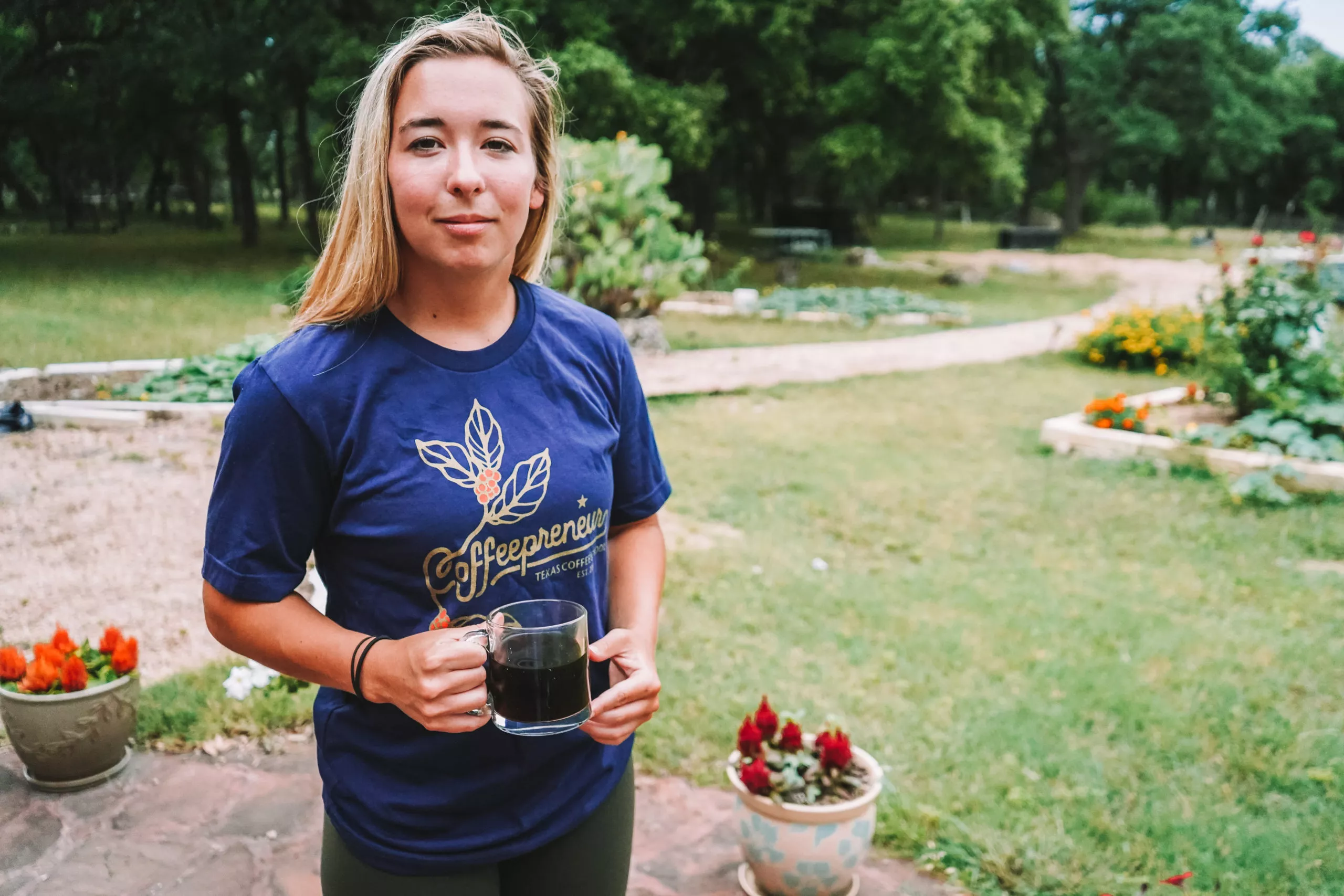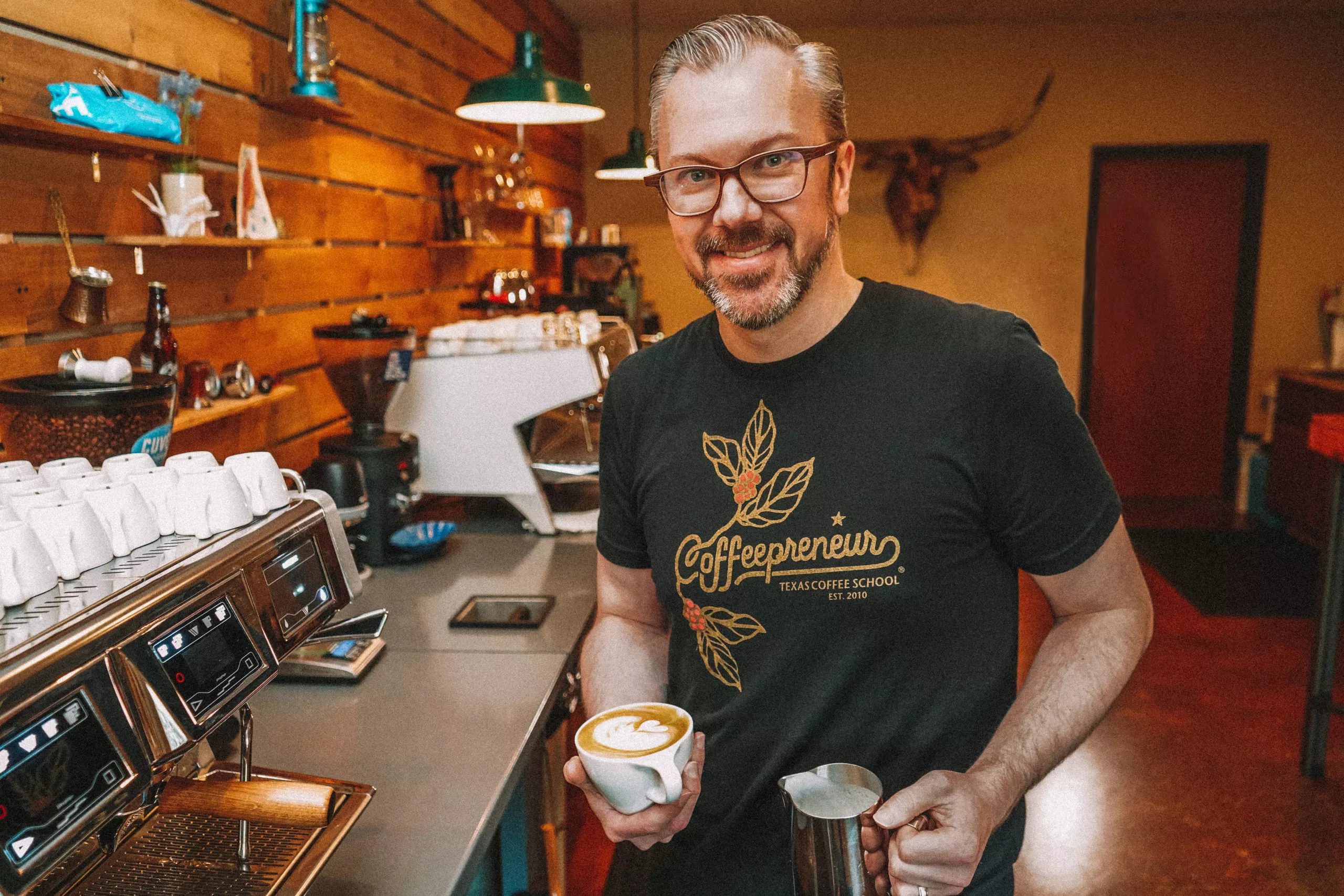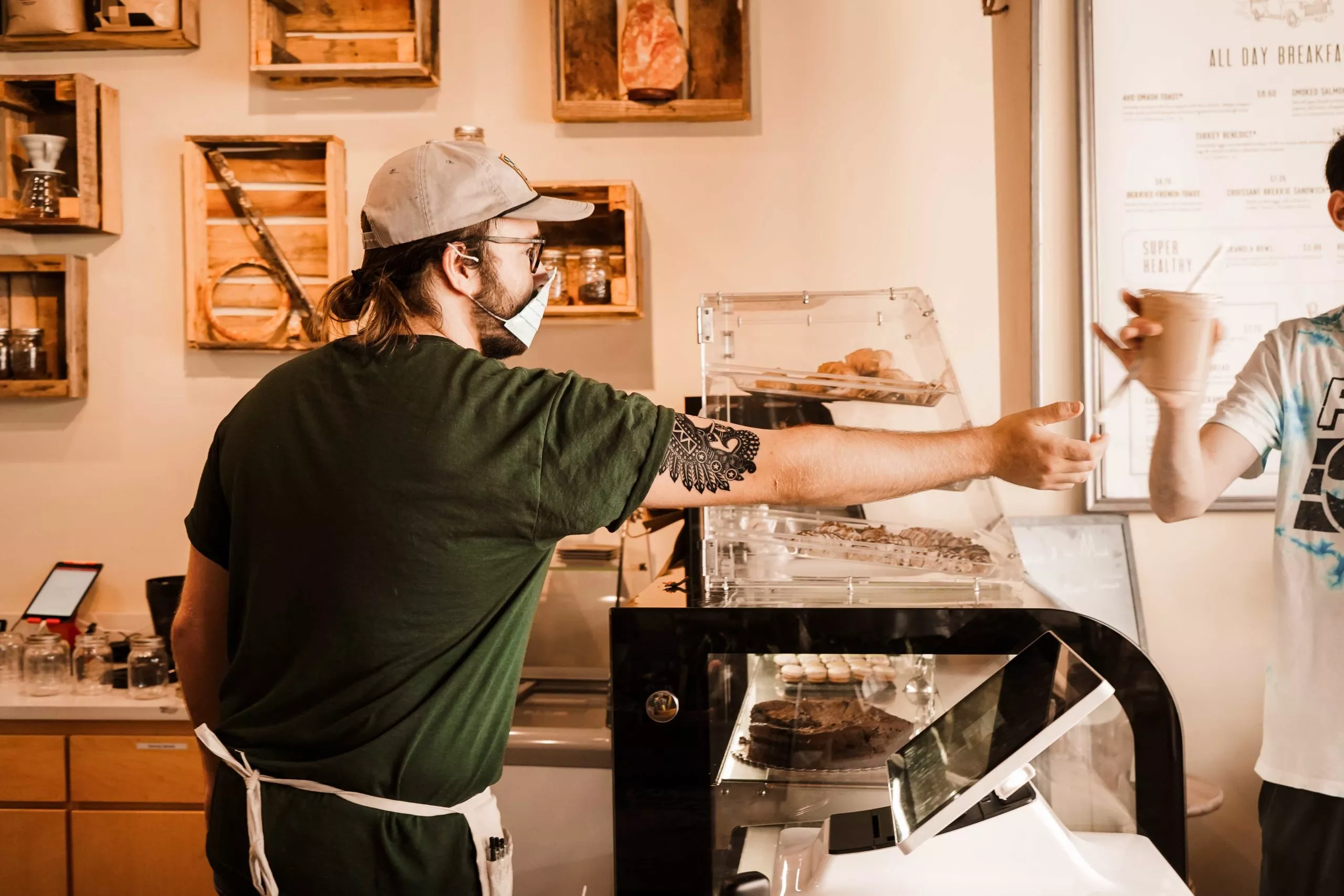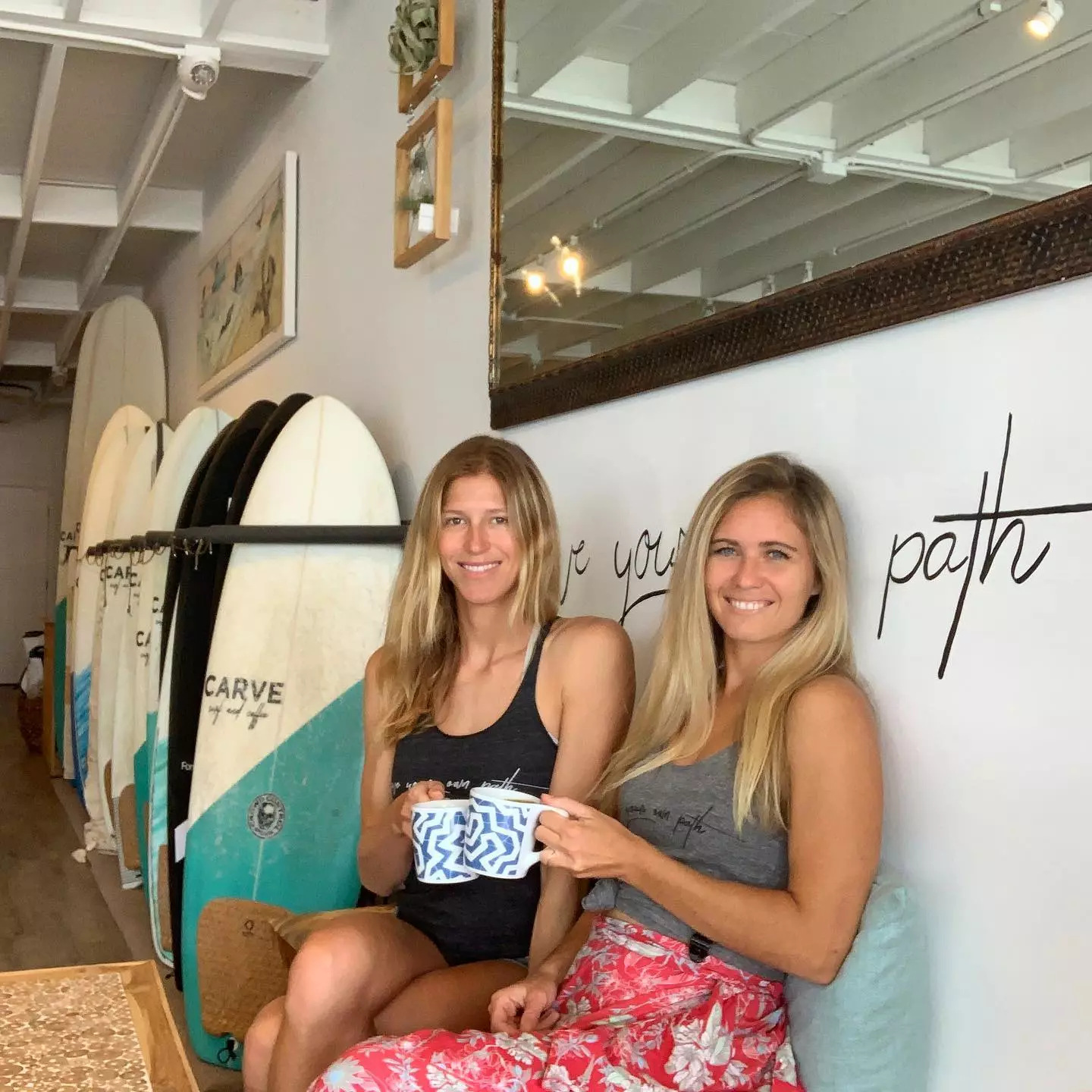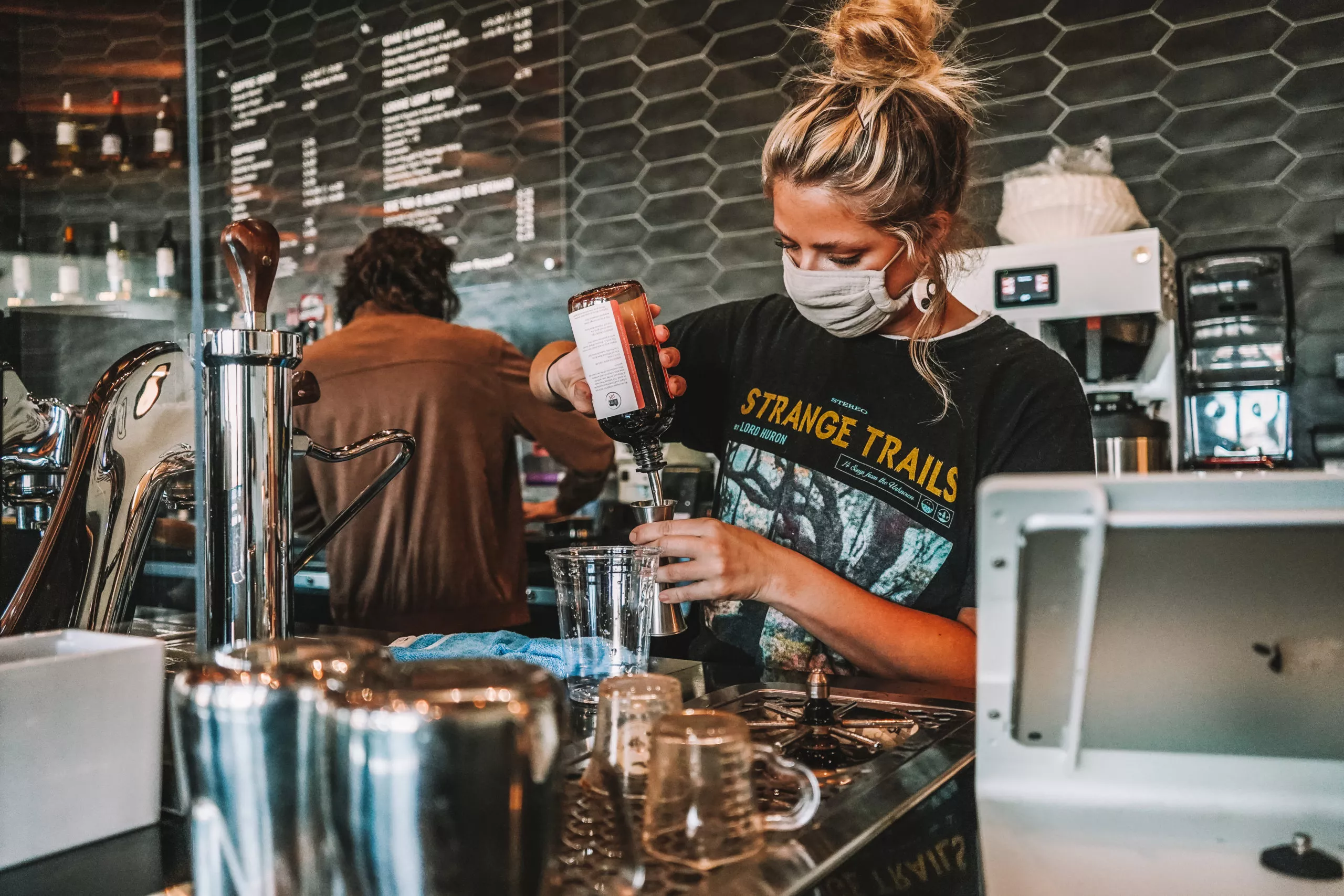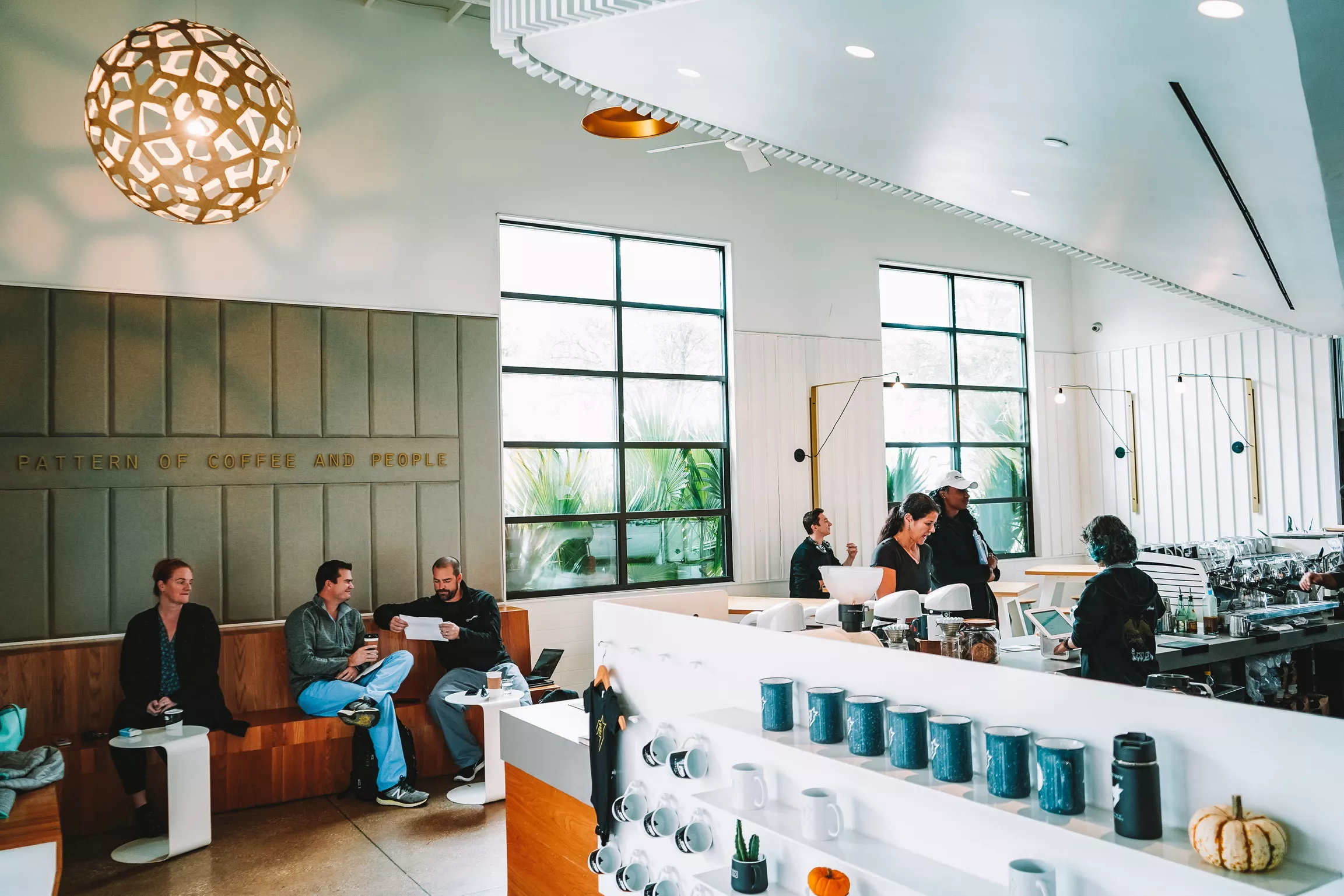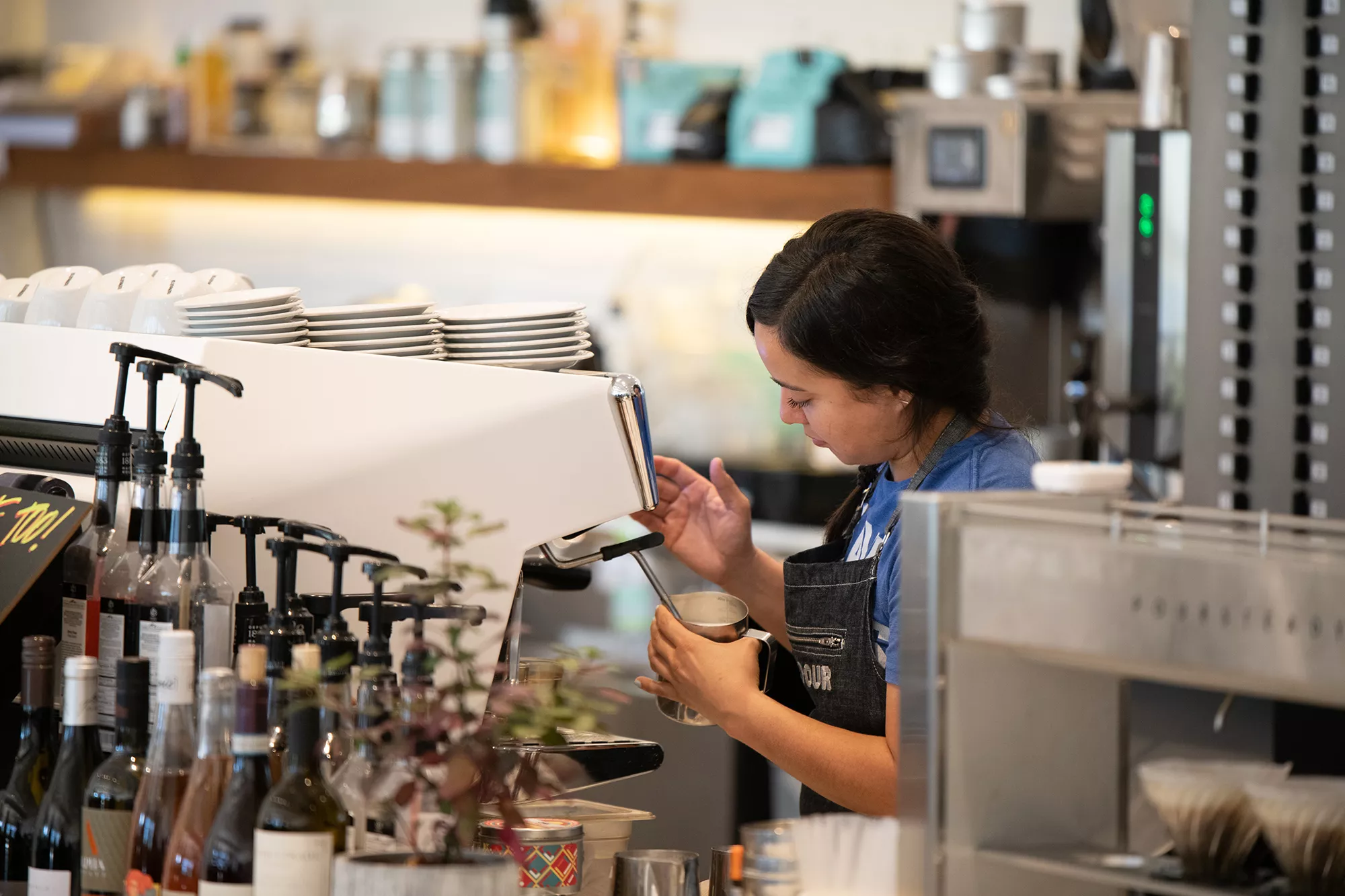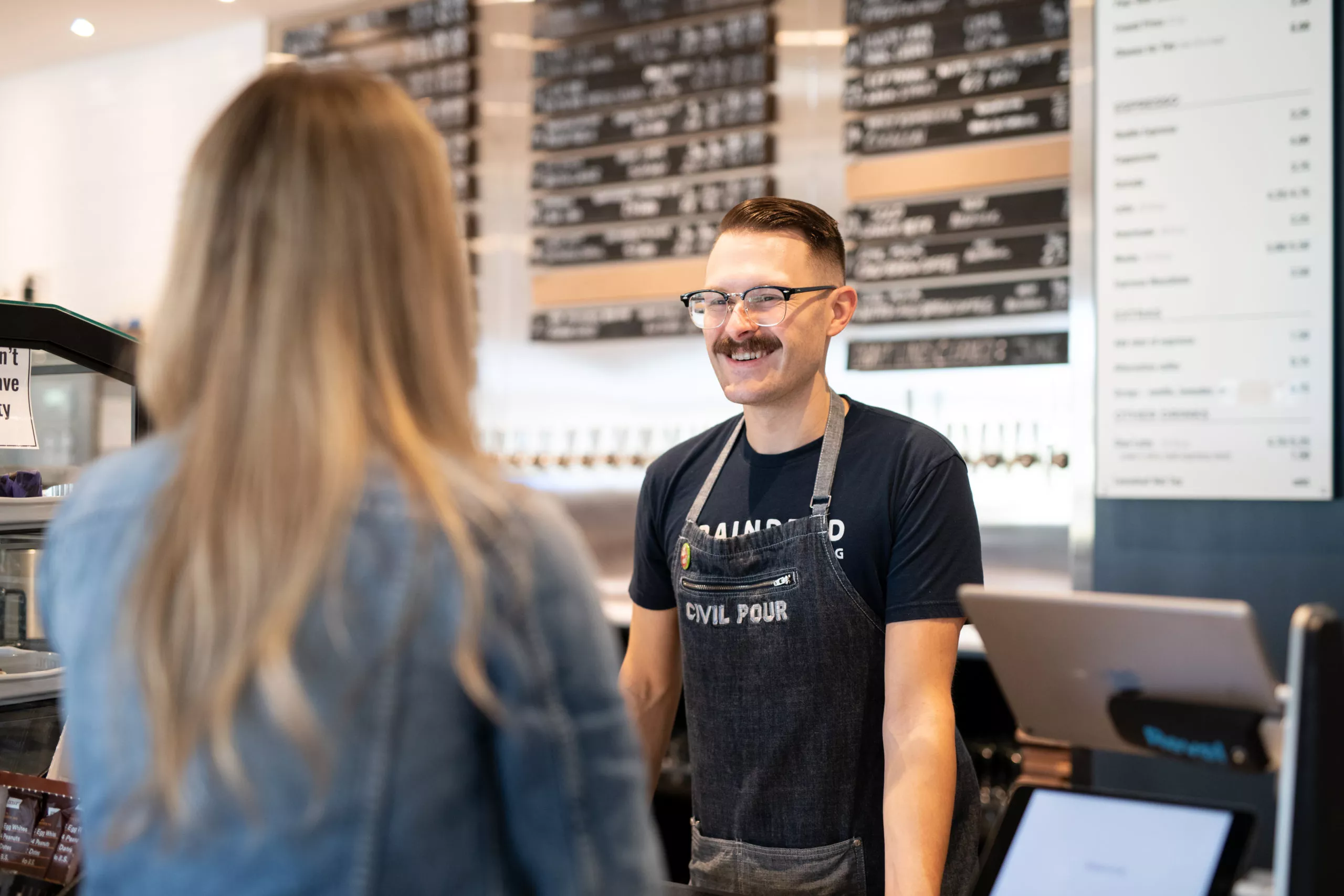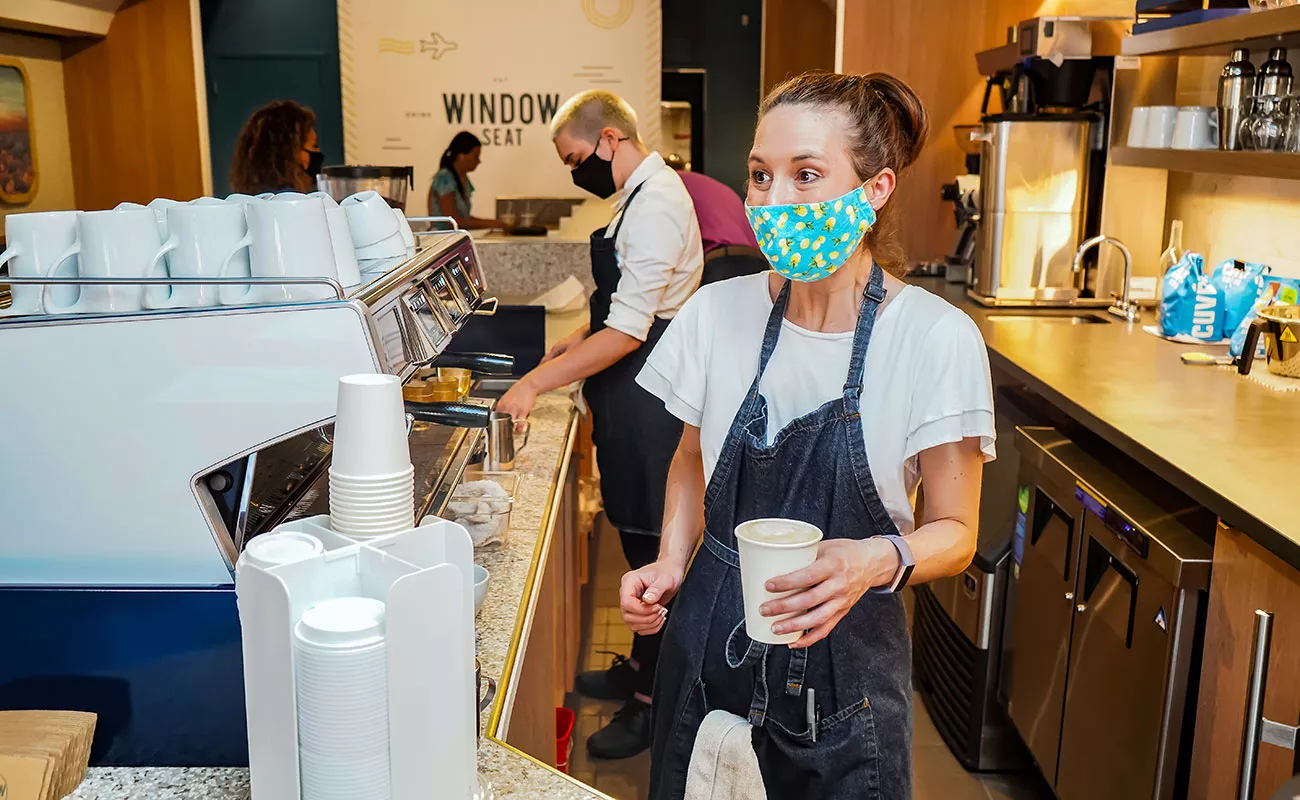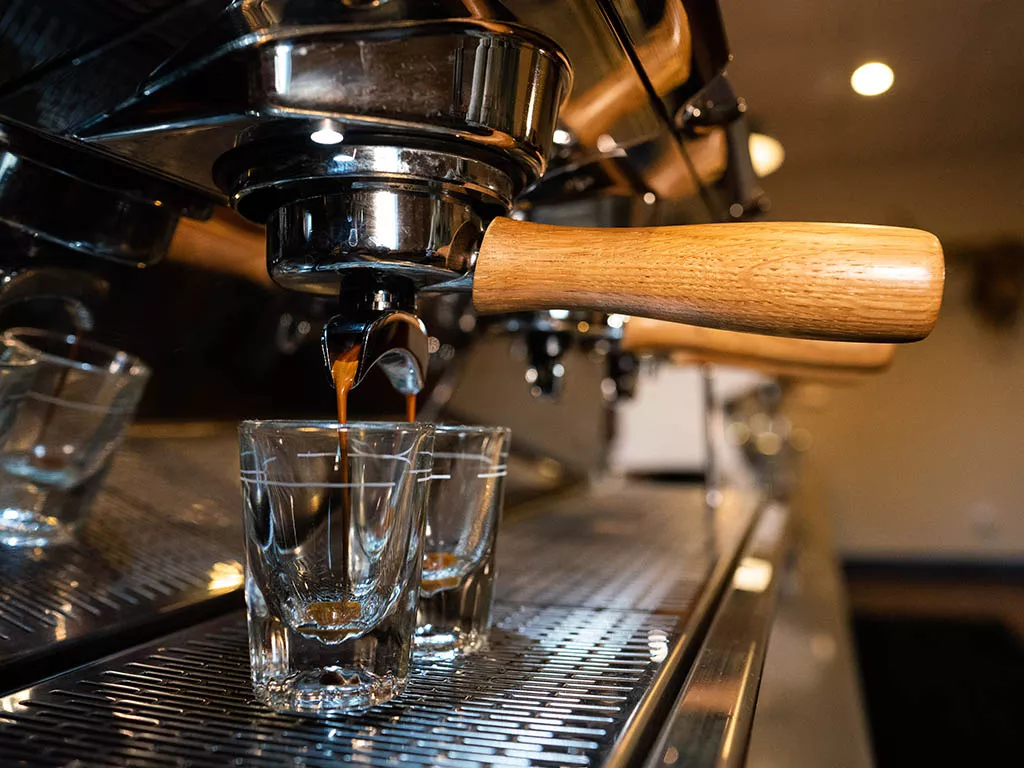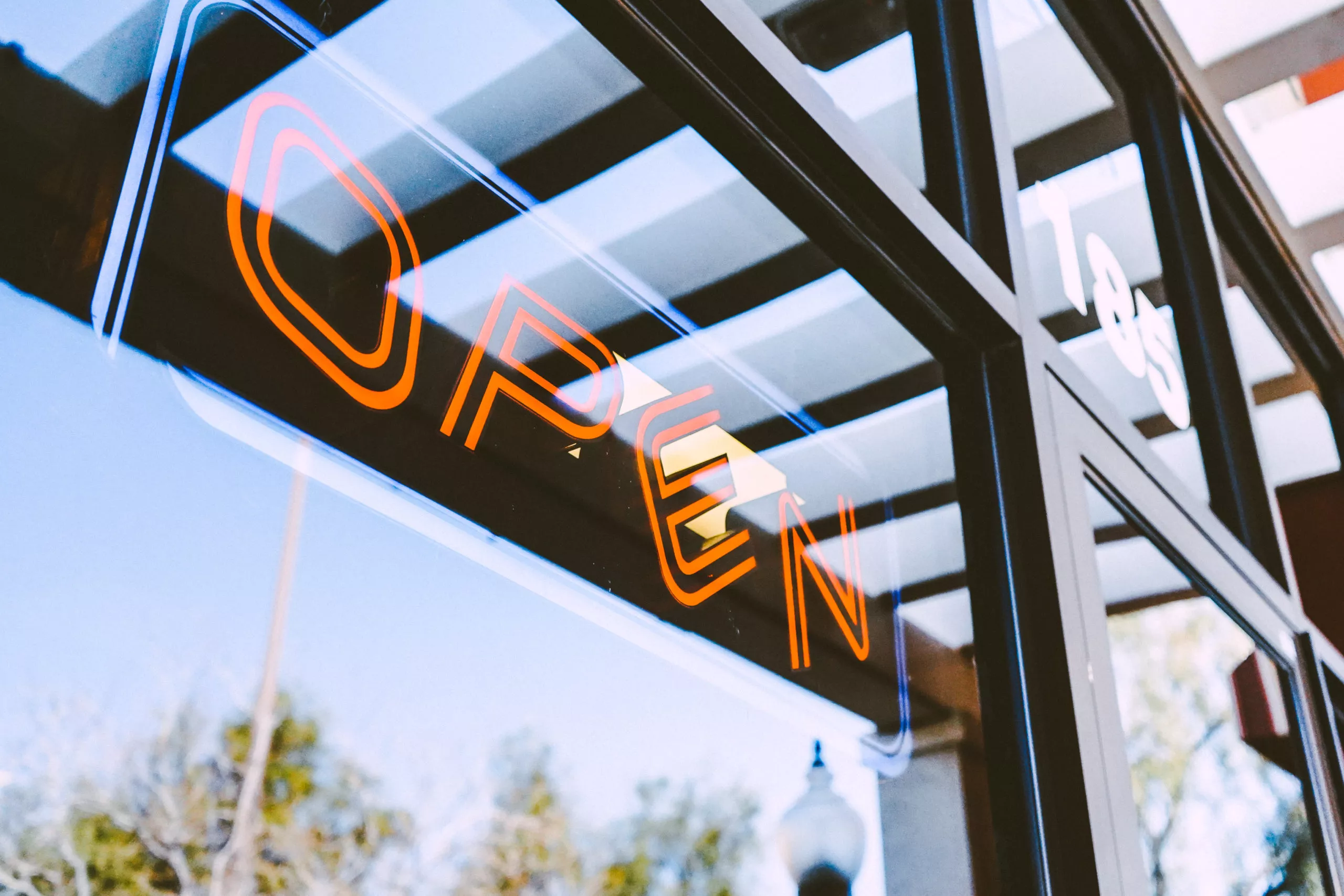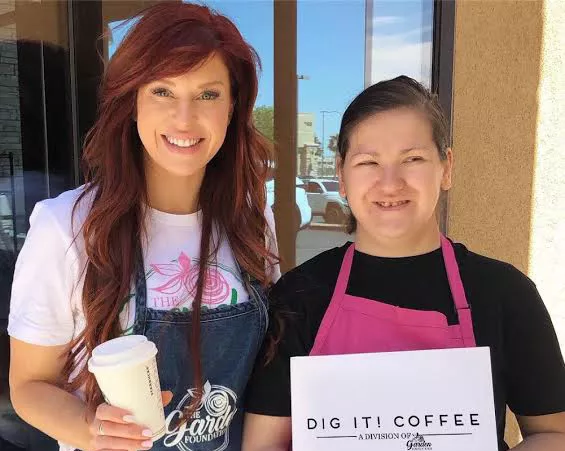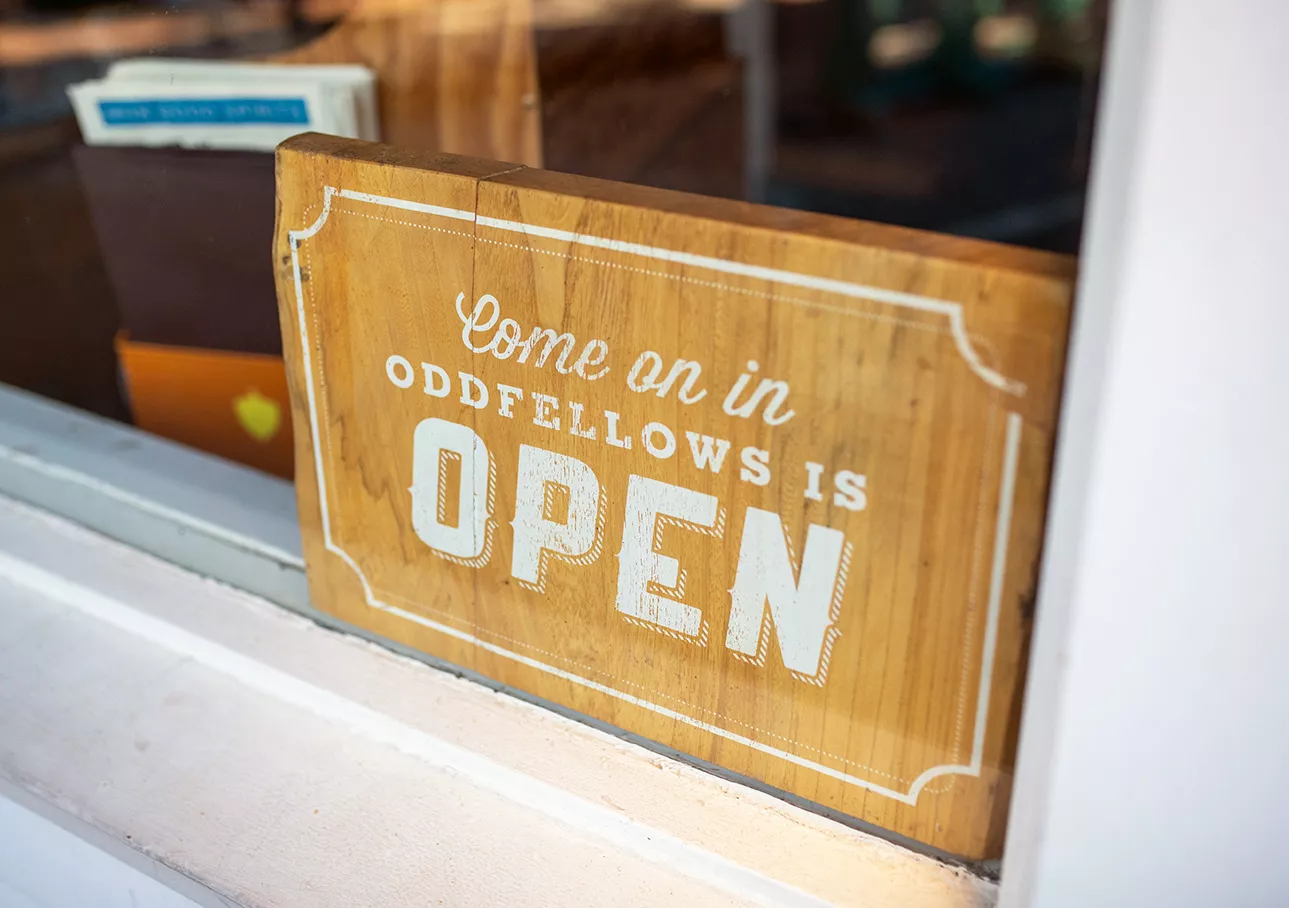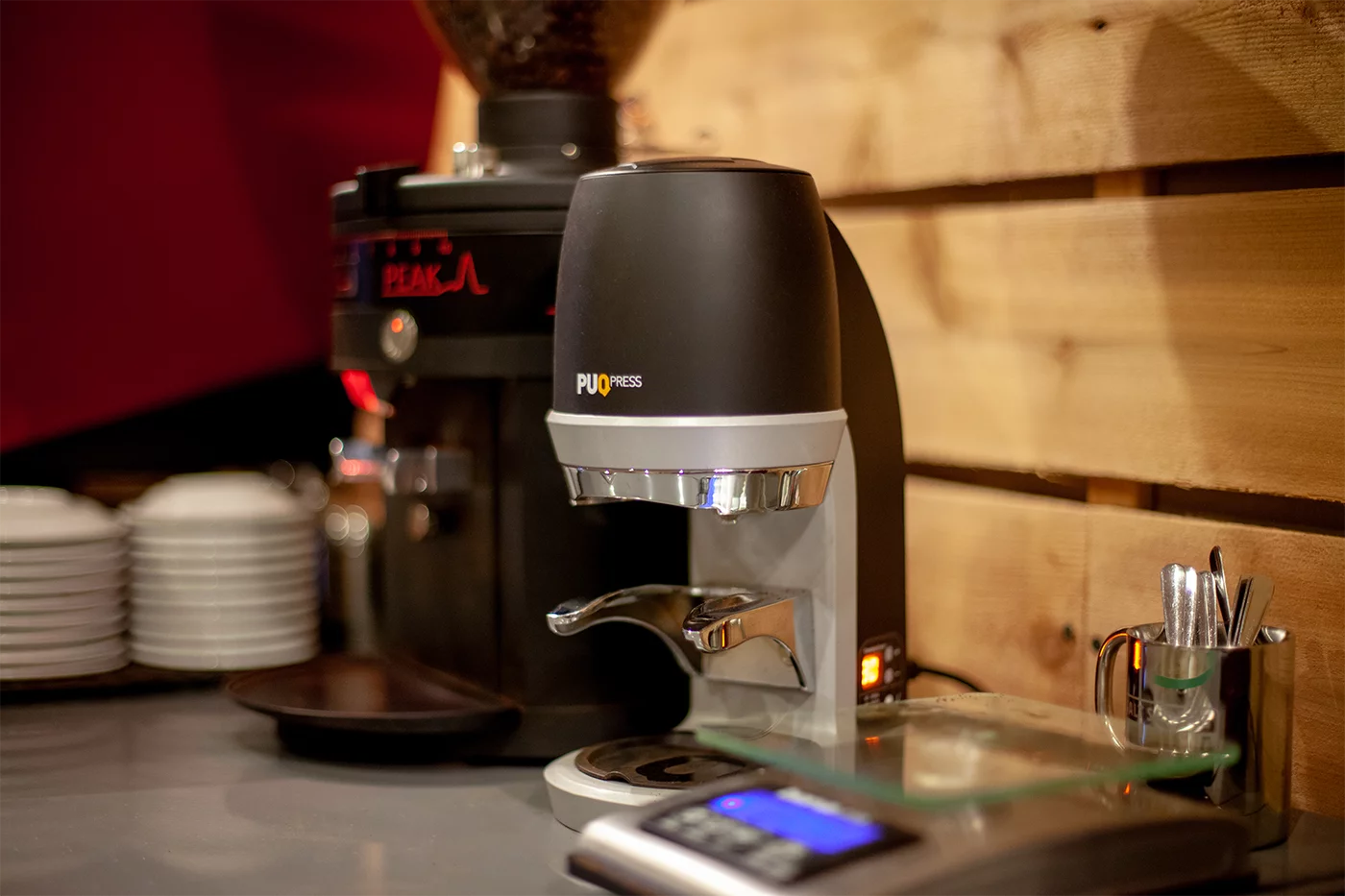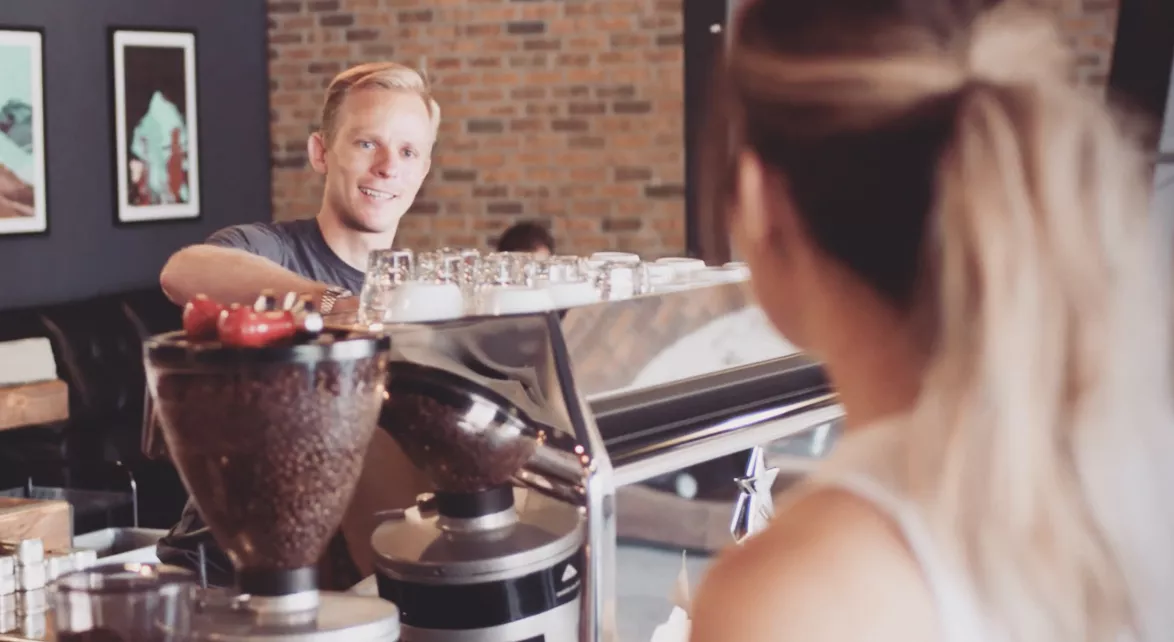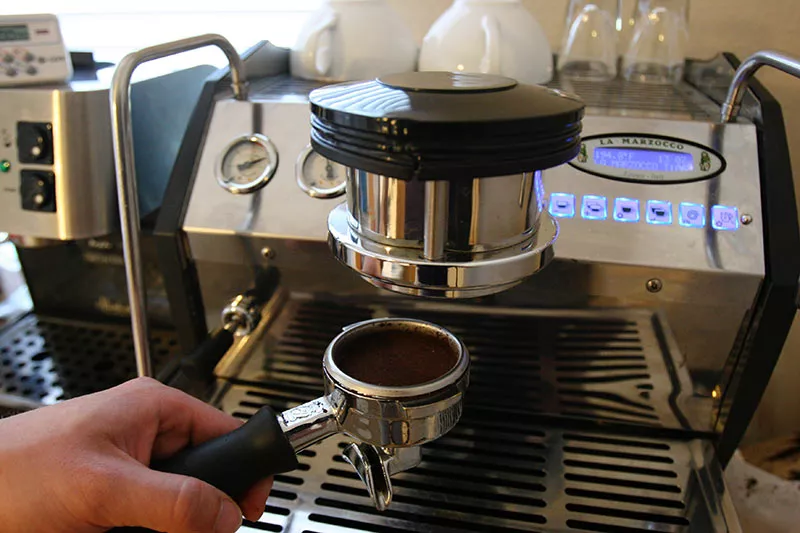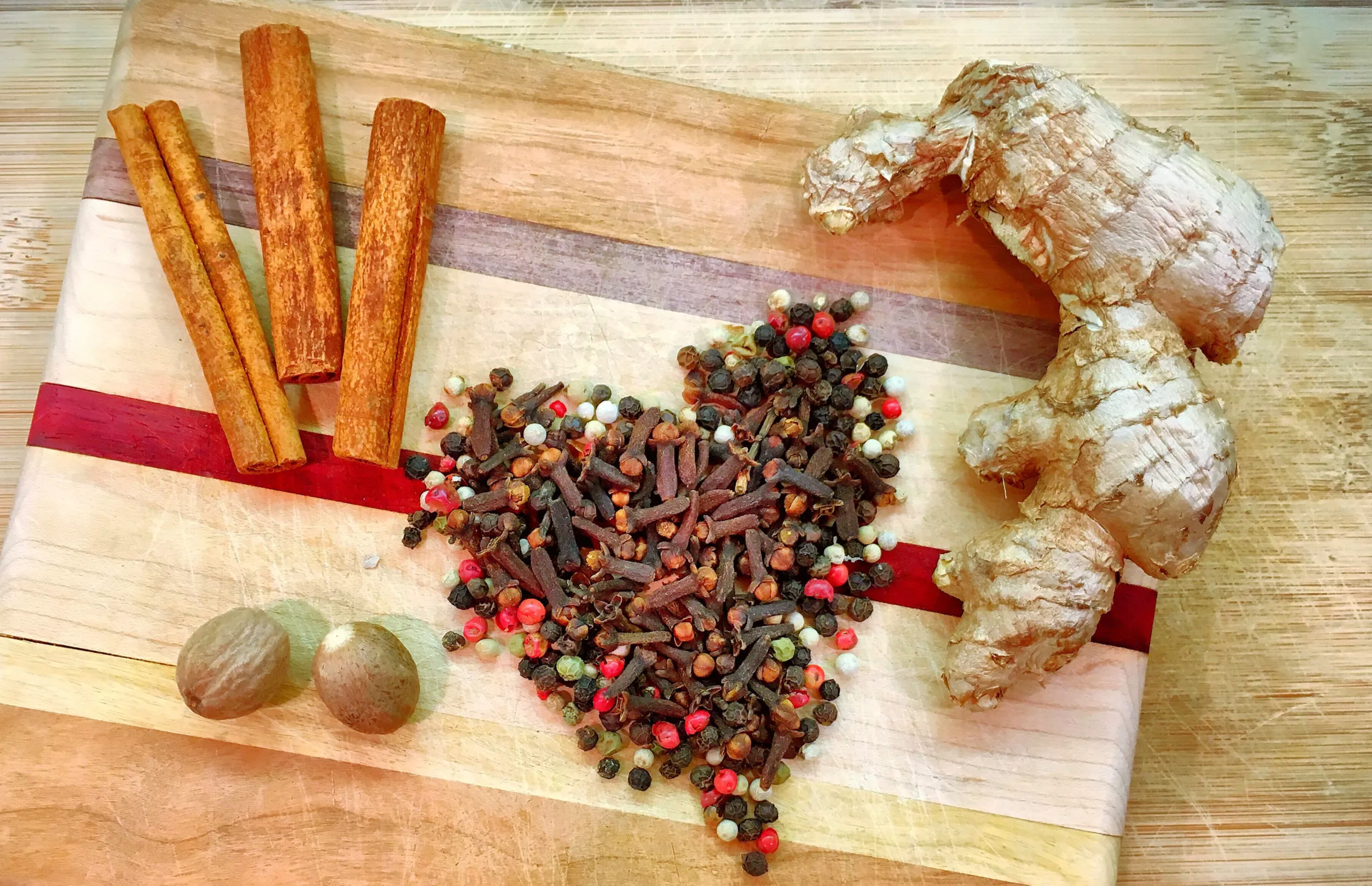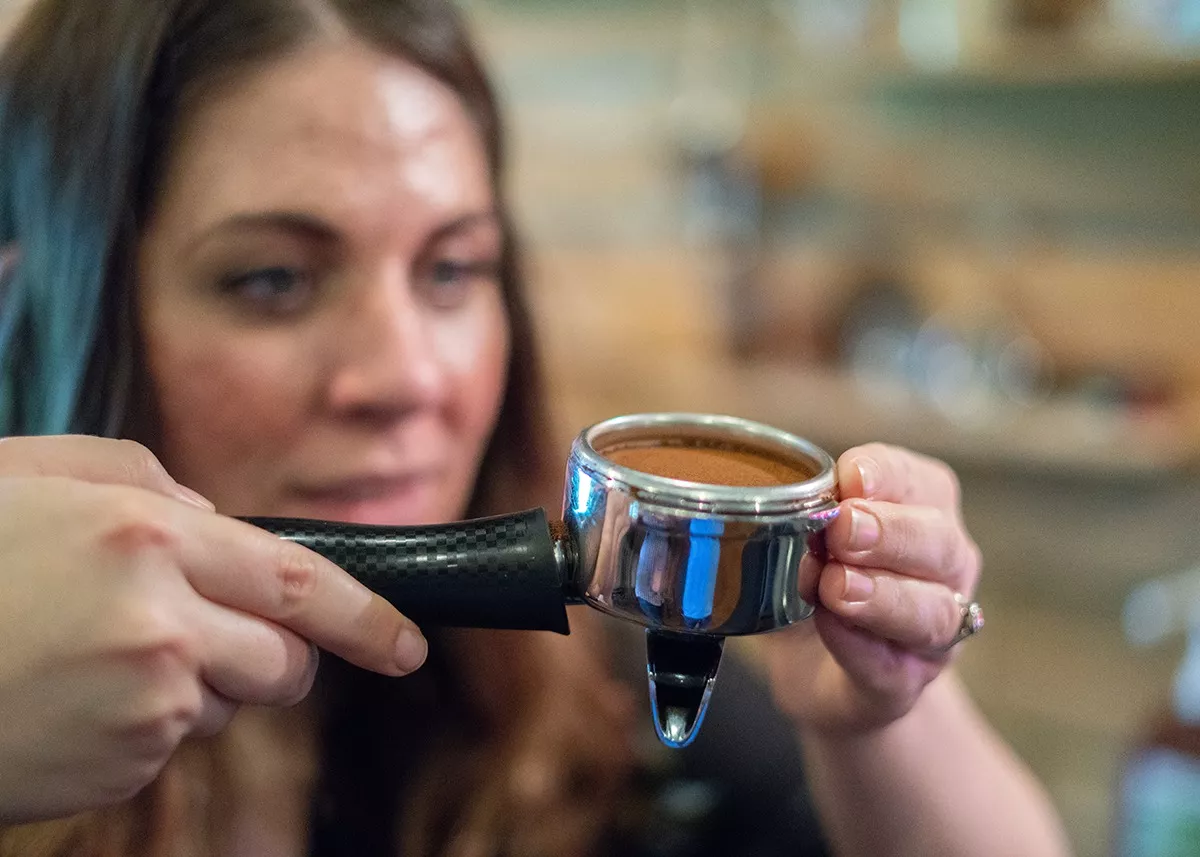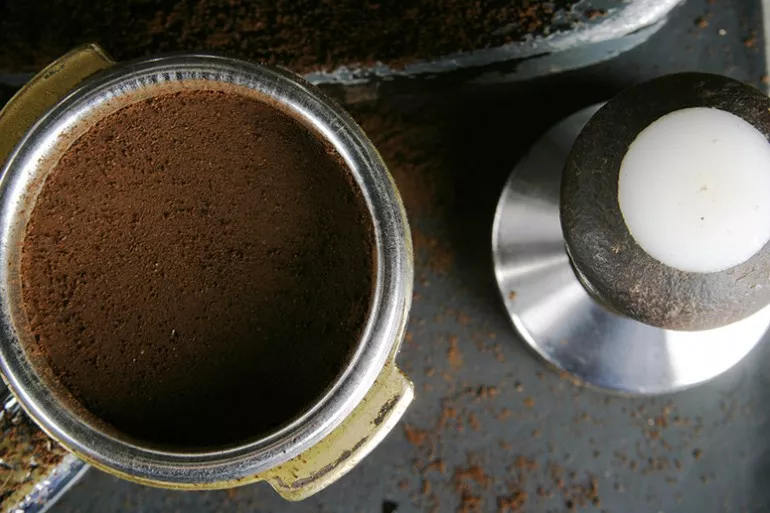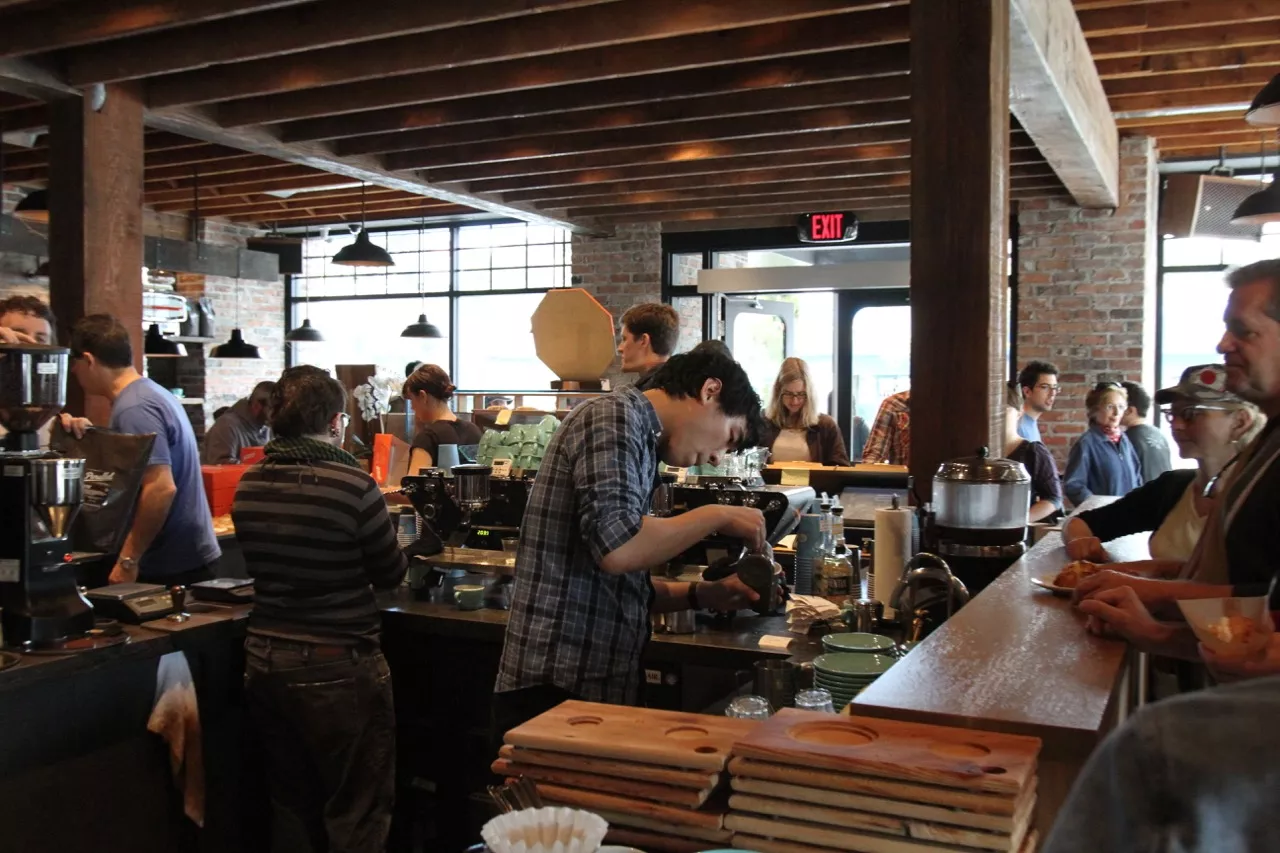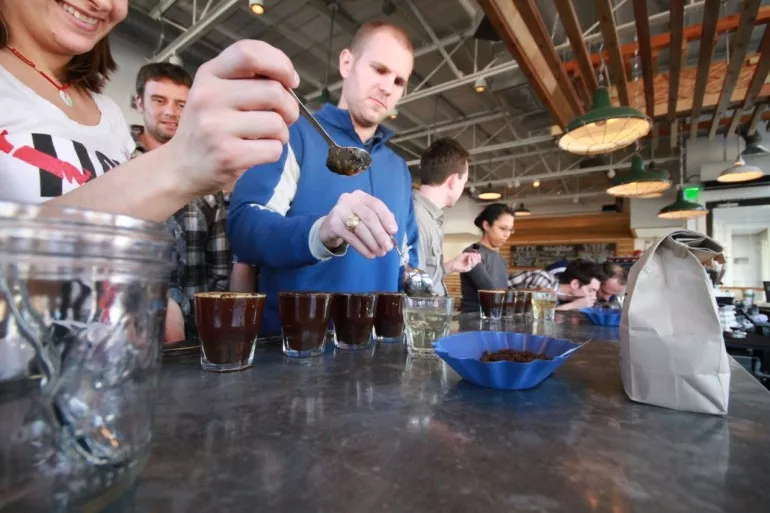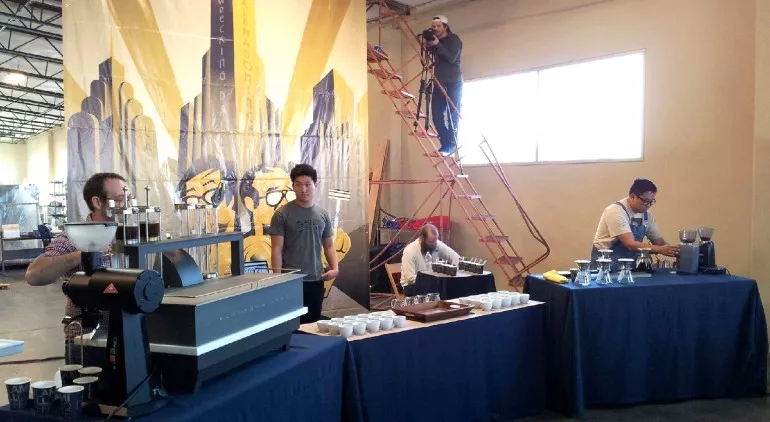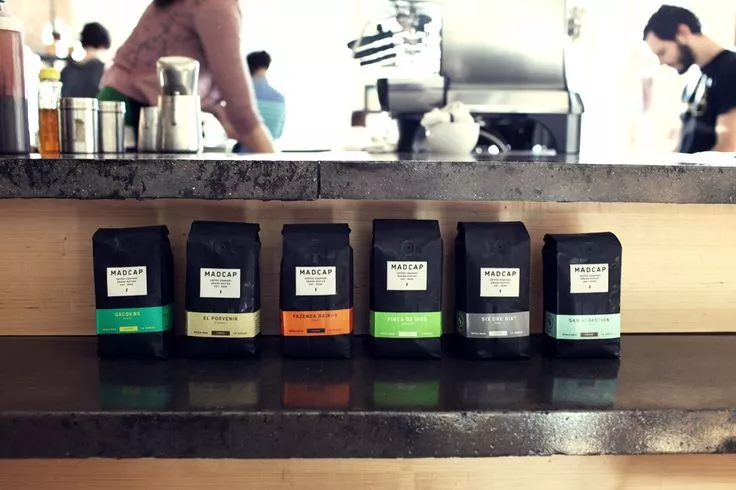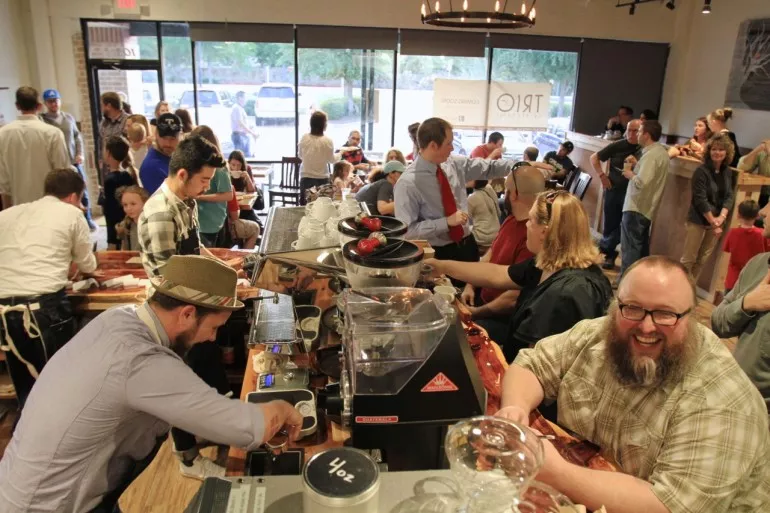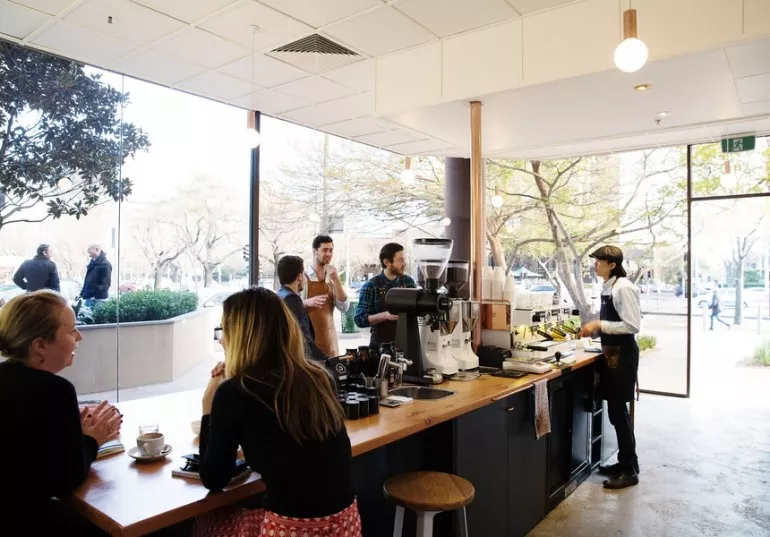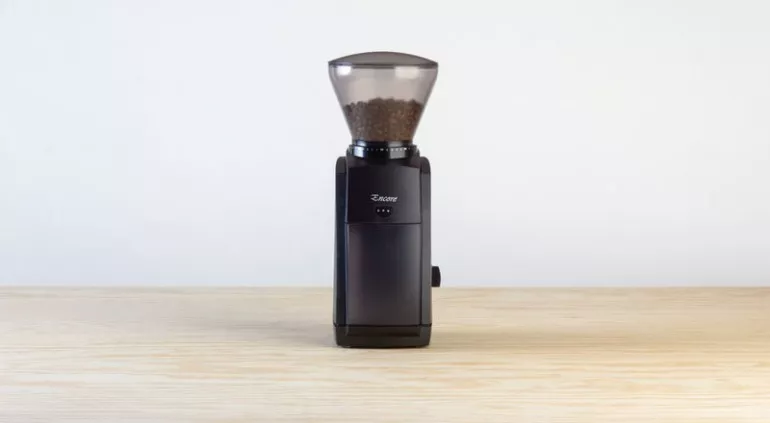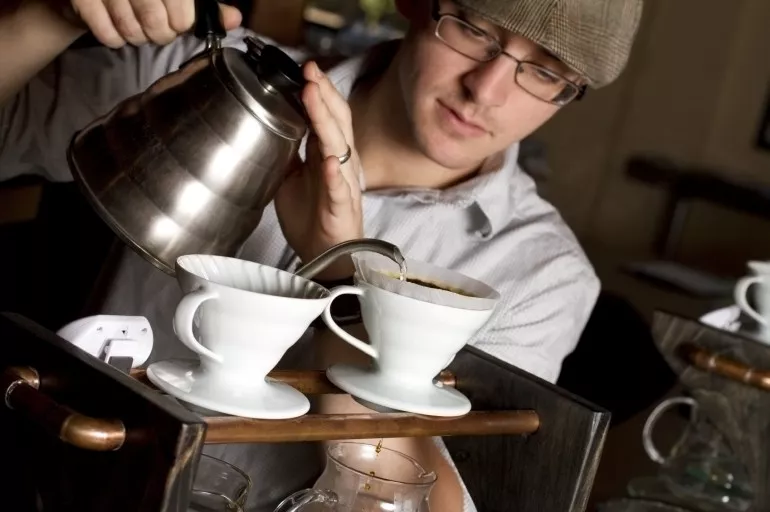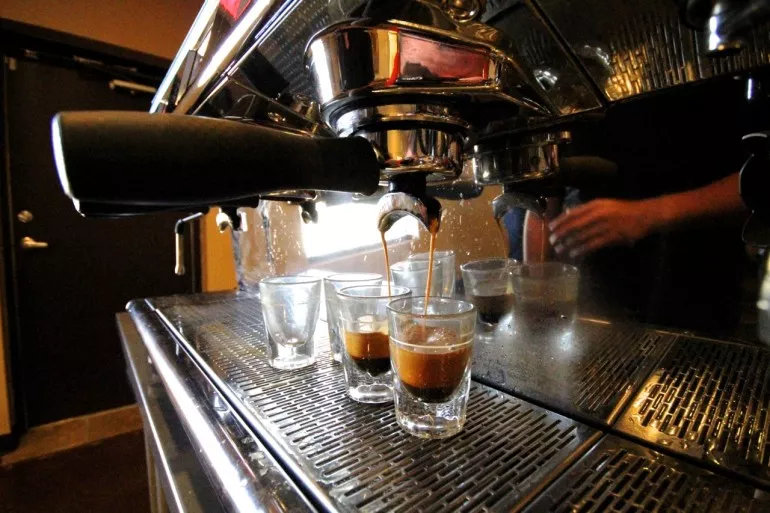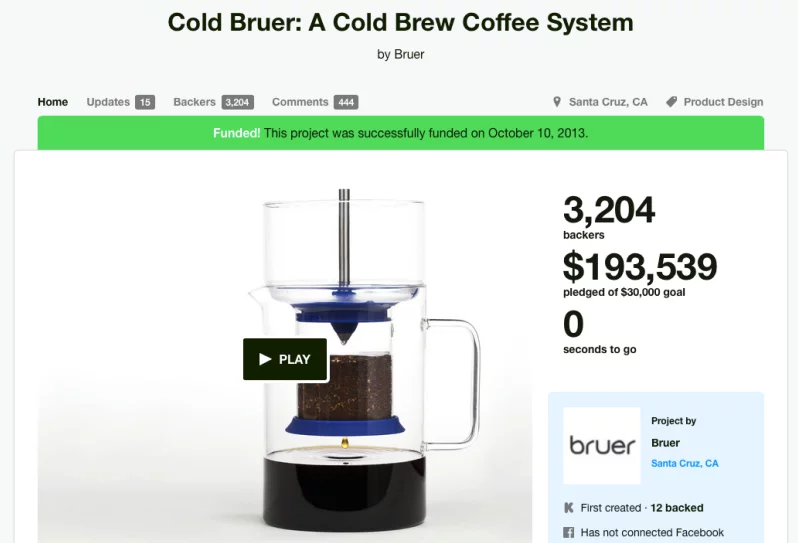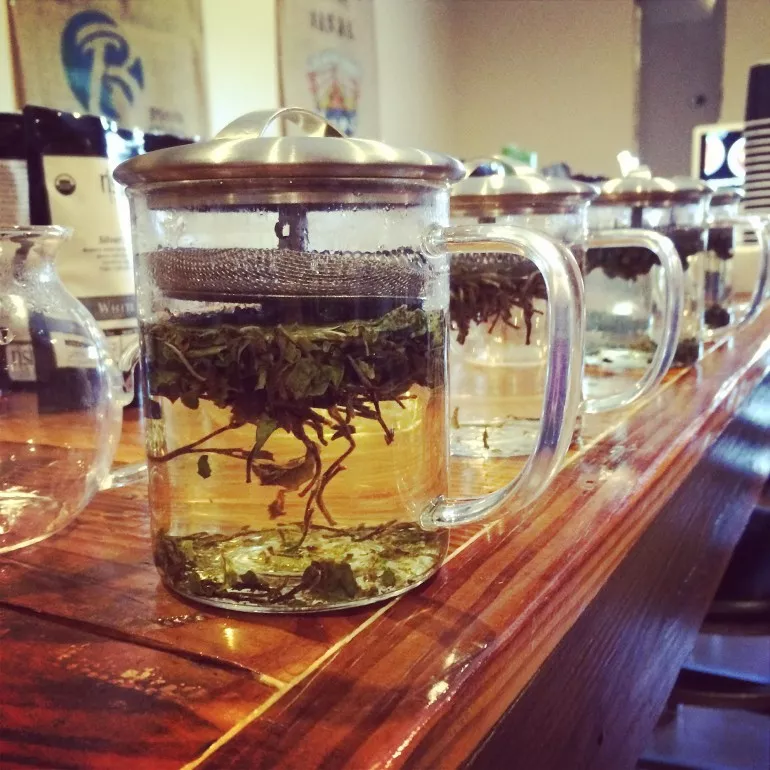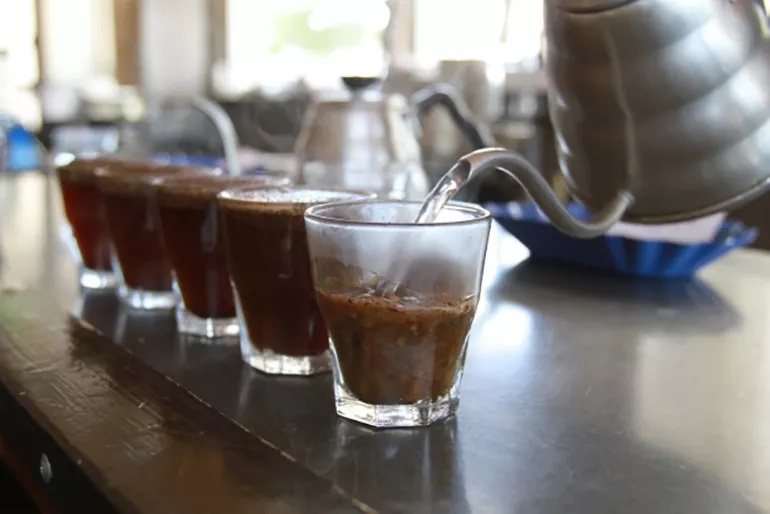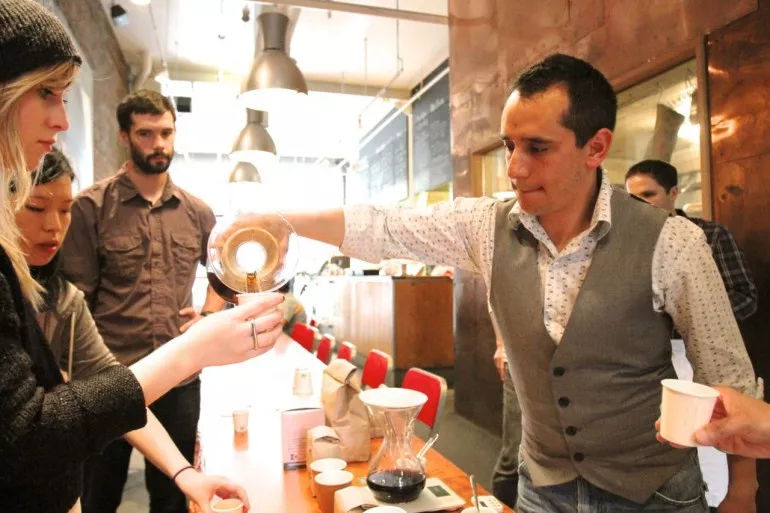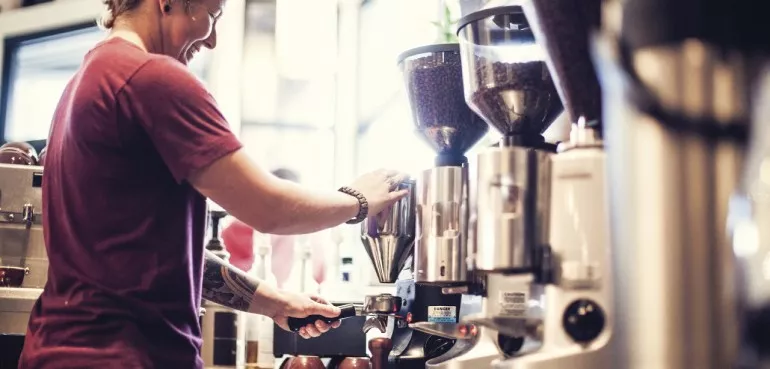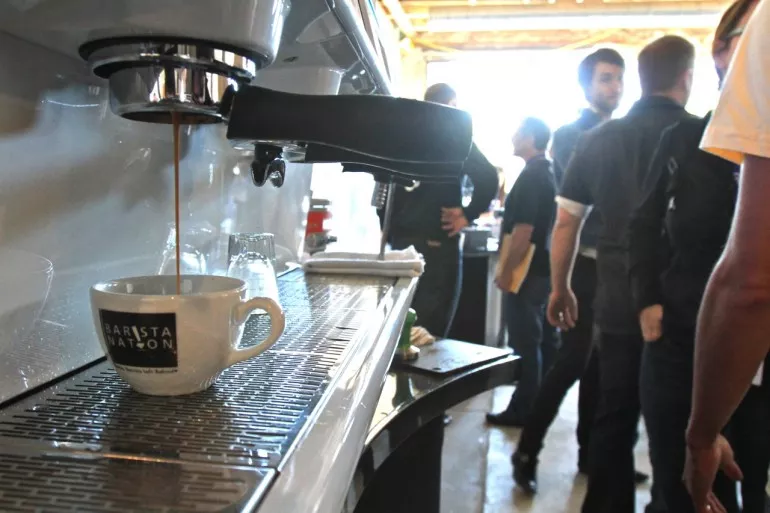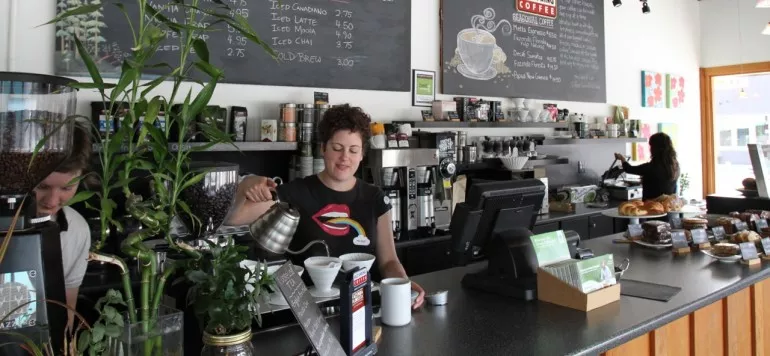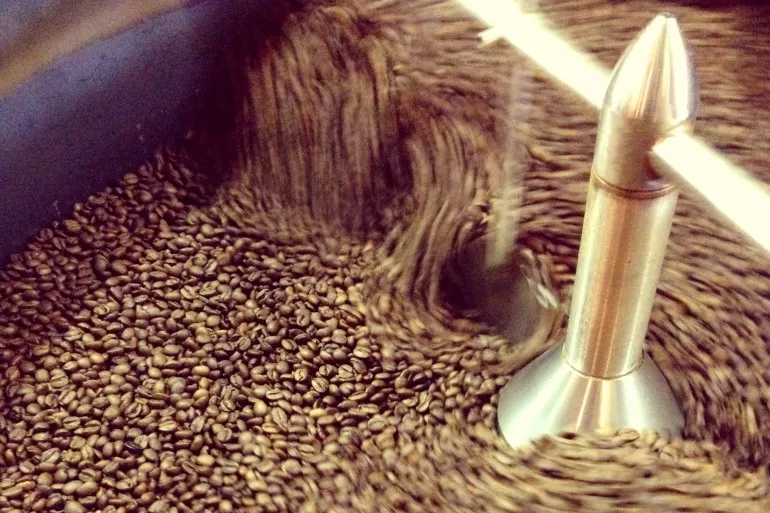
Should you serve house blend or single origin coffee in your coffee shop?
House blend or single origin coffee?
Which of these is better for the greater good of specialty coffee shops: house blend or single origin coffee? We’ll look at both in this article. We define them, identify pros and cons, and dig into which is better for specialty coffee shop owners and customers.
Coffee Blends
What are coffee blends?
When it comes to coffee terminology, few words are as synonymous with the hot beverage as the word “blend.” If you work in a specialty coffee shop, you may hear customers ask questions such as:
“What blends are you serving today?”
Words like “single-origin” and “micro-lot” are not in the typical vocabulary of the everyday coffee consumer. At the same time, more and more specialty coffee shops are serving single-origin coffees all the time. Introducing customers to new concepts can be exciting and rewarding. However, it can also be difficult.
So what about the customers? Do they love the often extensive menus offered by many specialty coffee shops or are they confused? Is it right for your coffee business? Let’s dig a little deeper.
Where do coffee blends come from?
Let’s start by thinking about why blends are created in the first place. One main reason is to create a signature flavor profile that can become synonymous with a brand. Nearly ever coffee roaster in today’s marketplace has a “house blend” available for both filter (drip) coffee, and espresso. Some coffee roasters even brand specific blends for specific coffee house clients as an added benefit of working together.
For a coffee shop business owner, this can be a great way to create a sense of identity with your customers and to provide a specific experience that can’t be found elsewhere. It is also beneficial for roasters because they can switch out coffees within the blend throughout the year based on seasonality while maintaining a pretty consistent flavor profile.
The problem with blends:
The problem is that some coffee roasters will source lower quality (thus, cheaper) coffees to comprise the ingredients of their blends in hopes to create a final product that is more cost effective. Since the coffees are blended, the high points and low points of the taste profile can become more subdued. Many believe that because this happens they can “get away” with using more inferior coffees that might be one-dimensional, or un-remarkable on their own, but perhaps blended together the end product will be more balanced.
It’s true that coffees that are great in different ways can lend their characteristics to a blend to create a harmonious flavor profile. However, it is not true that bad coffees will be made better by blending them with other bad coffees.
Here’s the bottom line:
- If done properly, a blend can be balanced and delicious and will incorporate the flavors of the individual coffees to achieve profiles that couldn’t be found in single-origin coffees.
- If done poorly, it will taste like what it is: bad coffee.
Single Origin Coffee:
What is single-origin coffee?
What single-origin coffees can offer that blends cannot is a snapshot of a particular coffee, from one specific place, at one particular time. These coffees are created from beans that were all grown together at the same place.
Some roasters also offer “micro-lots” which are coffees that all came from a specific lot (or place) on a farm that may have special characteristics (i.e. sunlight, soil chemistry, precipitation, altitude, etc.) unique from other areas of the same farm.
Pros and Cons of Single-Origin Coffees
Brewing single-origin coffees highlights the unique characteristics of specific varietals, farms, soils, climates, etc. Single-origin coffees can be amazing but they can also lack the approachability that blends tend to offer. For example, washed Kenyan coffees tend to be very high in acidity and can exhibit bright notes of grapefruit and currant and savory tomato.
These coffees are industry favorites. We know them as some of the finest coffees available. However, to a consumer that has never tasted a coffee like this before, it can be shocking, confusing, and even off-putting.
Working with single-origin coffees can also be more demanding on the barista staff of a coffee shop. Many times different coffees need to be brewed in slightly different ways to achieve the best results. This means we need to develop different brewing recipes. A staff must stay on top of different coffee doses, grind settings, etc. between coffees. Also, while many blends are available year round from coffee roasters, single-origin coffees are often only available seasonally and micro-lots may only be available for short periods of time (down to only a few weeks). This means more inventory to manage and scheduling required to switch coffees out.
What coffee should you serve in your coffee shop?
Use a combination of house blend and single-origin coffee on your menu.
House Blend: The approach that many successful coffee shops use is to start with a “house blend.” It’s essentially a straight-forward “all day drinker” that is good on it’s own and pairs well with the milk and sugar many customers will inevitably add. (This is especially true with espresso, as many single-origin coffees do not favor as well with milk due to the level of brightness or fruity characteristics).
Single-Origin: In addition, successful coffee shops will also offer a seasonal single-origin coffee or single-origin espresso for more adventurous guests. This allows the coffee shop to please the everyman customer with a high-quality, approachable experience that will exceed their expectations and also provide opportunities to offer new experiences to their guests and expand knowledge and awareness of specialty coffee and what a coffee experience can be.
Coffee Industry and Consumer Trends:
Look for approachable coffees:
It’s interesting. Every time we host a coffee cupping class with the general public here at Texas Coffee School, which is often, people tend to almost always gravitate toward the most approachable coffees on the table, the blend, not the “wild man” natural process (fruity/complex tasting) coffees that coffee professionals (including us) tend to gush over.
In essence, we find the general coffee consumers are almost always in majority looking for a better representation of a flavor profile they are already familiar with. They want something approachable and consistent. Many are completely content with having this approachable coffee experience all the time. And that’s great! A fresh roasted and ground specialty coffee blend surely tops the stuff found on the shelves of grocery stores.
Help your customers expand their coffee experience (at their own pace):
We see students returning to our coffee cupping classes we host throughout the year. And, we notice many slowly begin to gravitate toward the less “conservative tasting” coffees. However, it takes time. If we force these over-the top-tasting coffees on people by only offering them in our classes or cafés, we alienate customers. Not all consumers are in that place on their journey into specialty coffee. We must allow them to move at their own pace.
Regardless of the coffee being served, it is important for coffee professionals to remember that we need to make what we are doing approachable to coffee consumers. Most guests in your coffee shop are not baristas or coffee aficionados. Many of them will have tastes and preferences that differ from our own. It is unfair of us to expect them to like only what we like, or to make them feel inferior. Some customers in your café may not be ready for that fruit-bomb, naturally processed Ethiopian… And that’s fine. Serve them a cup of the house blend and a smile. They are drinking specialty coffee.
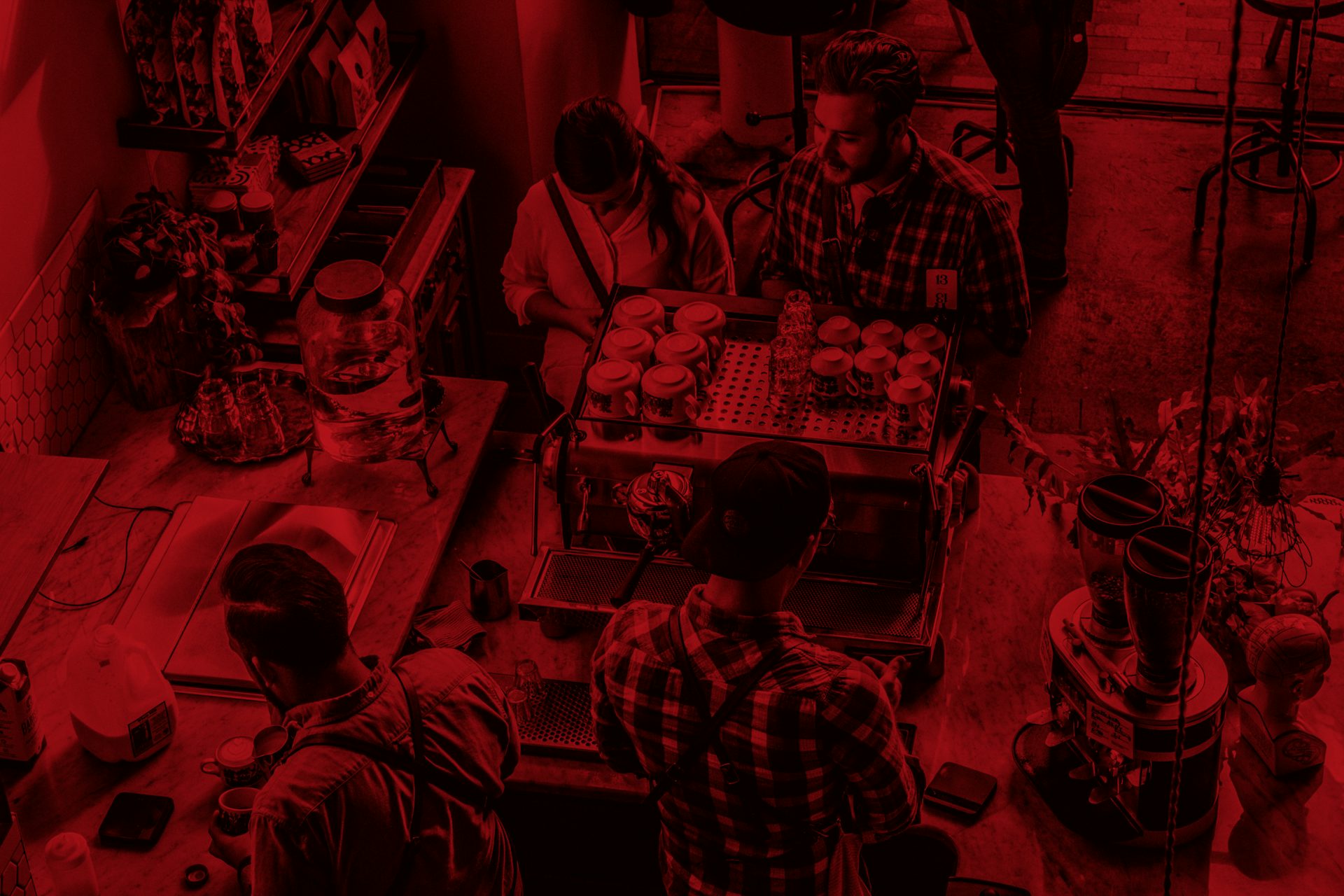
Register for a Coffee Class
The Best Coffee Training Available
We’ve helped hundreds of students successfully launch their own coffee shop businesses. Join us in our 5-Star Rated Coffee Classes, whether you’re an aspiring entrepreneur looking to open a coffee shop, a manager, a barista or home enthusiast looking to sharpen your skills.


